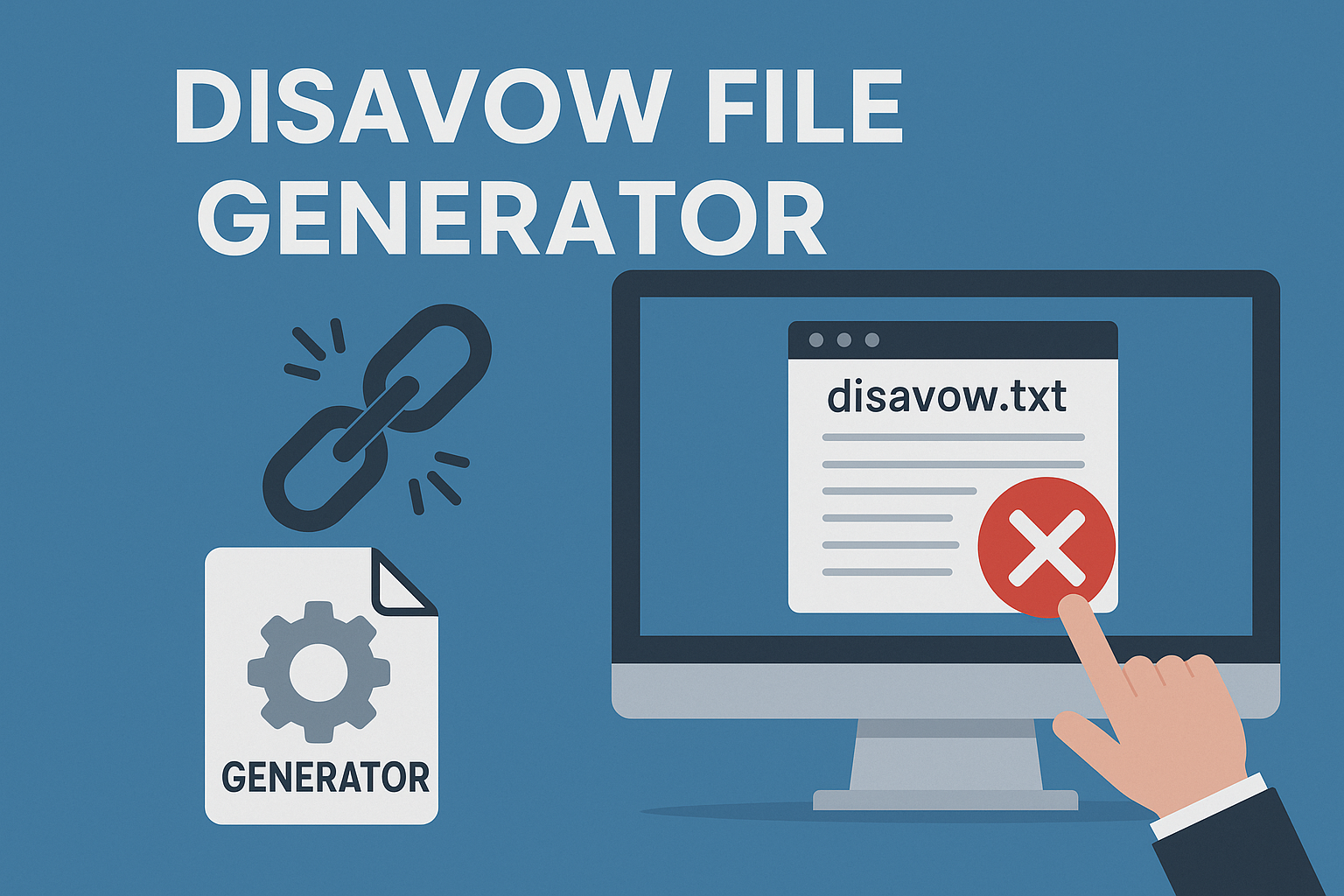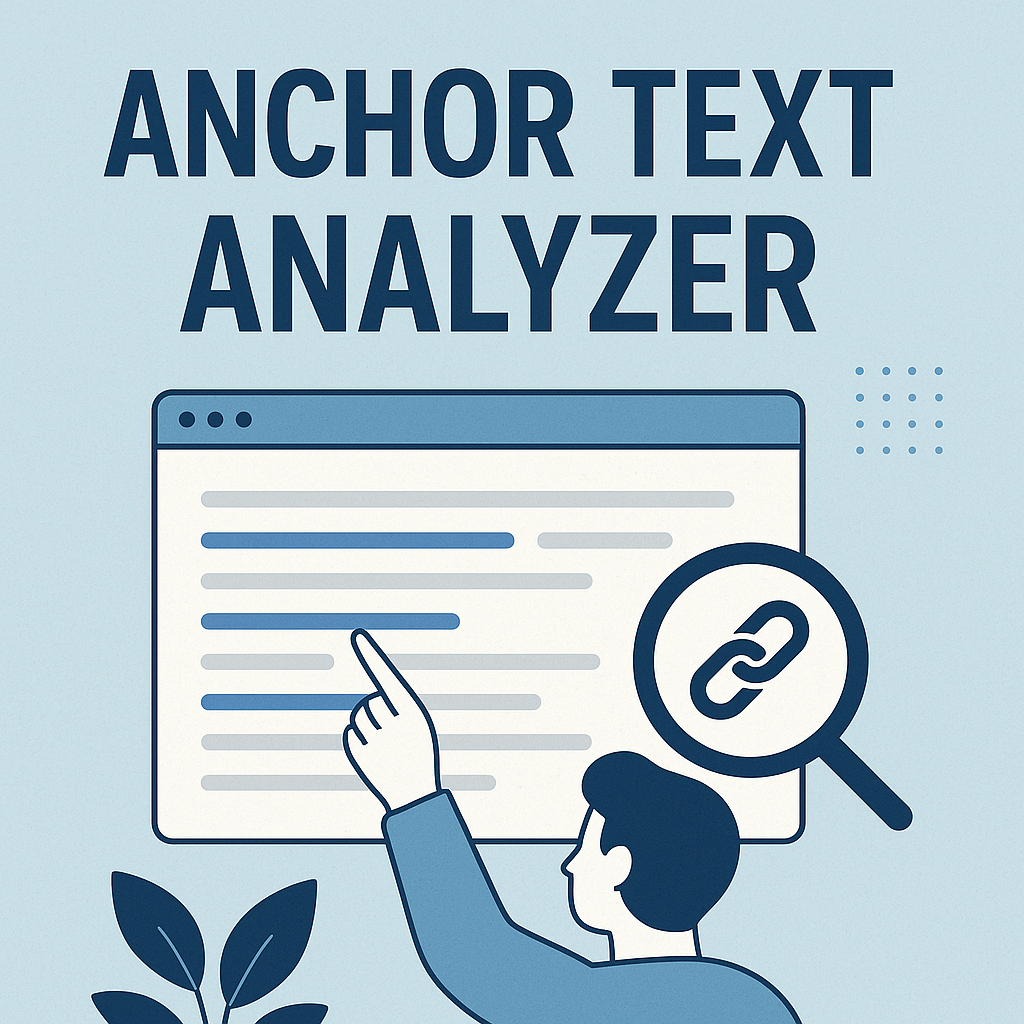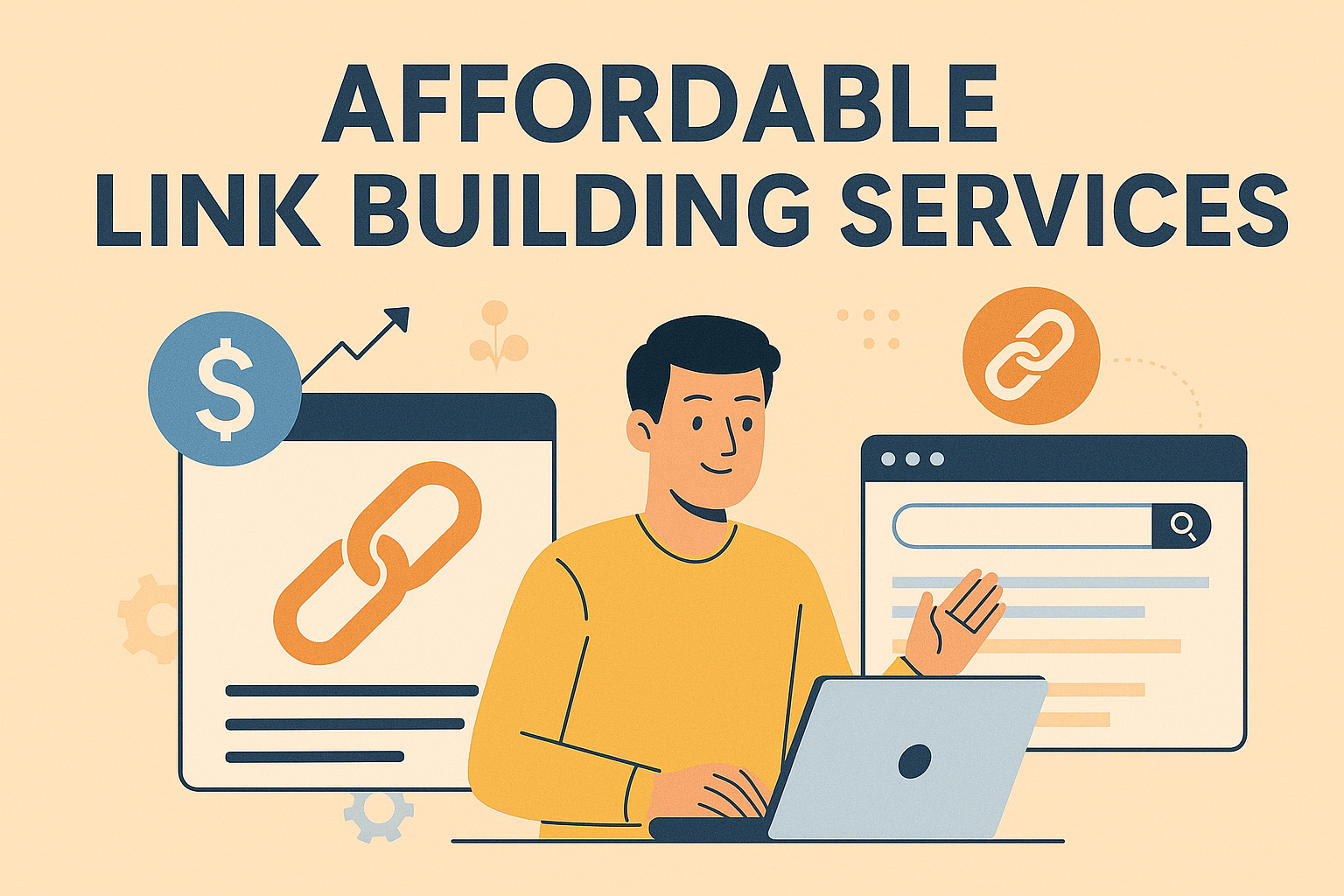Every business needs strong online visibility, but choosing how to achieve it often feels overwhelming. Organic optimization builds lasting authority through content quality and technical improvements. Paid advertising delivers instant placement through targeted bids. The right approach depends on your goals, budget, and patience.
Data reveals paid campaigns generate $2 for every $1 spent on average, making them ideal for short-term wins. Meanwhile, organic efforts typically convert visitors 85% more effectively over time. These metrics highlight why many teams combine both methods strategically.
Your decision hinges on three factors: how quickly you need results, what resources you can allocate, and who you’re trying to reach. Startups testing markets might prioritize speed, while established brands often focus on sustainable growth. Audience behavior matters too—some demographics respond better to ads, others trust natural rankings.
This guide breaks down real performance data, compares investment requirements, and provides frameworks to match strategies with objectives. You’ll learn how top performers blend immediate and long-term tactics without overspending.
Key Takeaways
- Paid ads return $2 for every $1 spent on average
- Organic search converts visitors 85% more effectively long-term
- 73% of top performers use combined search strategies
- Timing and budget determine ideal channel balance
- Audience research prevents wasted ad spend
Introduction to Digital Marketing Channels
Modern businesses thrive by mastering multiple online strategies. The digital landscape offers dozens of tools, but search engine marketing dominates customer acquisition. Two powerhouse methods lead this space: organic optimization and paid campaigns. Understanding their distinct roles helps brands craft balanced, effective plans.
Setting the Stage for Organic and Paid Search
Organic efforts build credibility through content relevance and technical precision. Paid ads deliver instant visibility for competitive keywords. Consider these trends:
- 64% of marketers actively invest in organic search improvements
- Small companies allocate 7x more budget to paid campaigns than optimization
This imbalance reveals a common challenge. Many teams prioritize quick wins over lasting growth. Yet blended approaches often yield the strongest results. One channel fuels immediate traffic while the other strengthens domain authority.
“55% of marketing leaders call organic search vital to their strategy”
The Importance of Informed Choices
Data trumps guesswork in channel selection. Analyze your audience’s search habits first. Younger demographics might click ads more readily, while professionals often trust organic listings. Resources also matter—paid campaigns demand consistent funding, whereas organic work compounds value over years.
Key questions to ask:
- What’s your timeline for results?
- Can you sustain ongoing ad spend?
- Does your audience research support this approach?
Matching tactics to these answers prevents wasted effort. It also creates campaigns that adapt as markets shift.
Understanding the Fundamentals of SEO
Organic growth in search rankings hinges on three critical pillars. These include content relevance, technical precision, and local alignment. Together, they form a roadmap for sustainable visibility without paid promotions.
Keyword Research and Content Optimization
Discovering what people search for shapes effective content. Tools like Google Keyword Planner reveal phrases like “best running shoes” or “emergency plumber near me.” This data helps create articles, product descriptions, and guides that answer real questions. This breakdown of industries that benefit most from SEO services can help you pinpoint where to focus your optimization efforts.
Matching content to search intent boosts engagement. For example, informational queries need detailed guides, while commercial searches require product comparisons. Over half of marketers now optimize for featured snippets—concise answers that dominate page-one results.
When evaluating seo vs ppc which channel will work better for you and seo vs ppc which channel will work better for you?, the answer depends on your timeline, budget, and business goals, while tools like traffic generator clickseo can help analyze both channels to determine whether long-term organic growth through SEO or immediate paid traffic via PPC aligns best with your marketing objectives and resources.
Technical SEO and Local Strategies
Website speed and mobile compatibility impact rankings. A one-second delay can cut conversions by 7%. Structured data markup also helps search engines understand page context, improving how listings appear.
Local businesses benefit from optimized Google Business Profiles and review management. Consistent name/address details across directories build trust. Nearly 80% of local searches lead to store visits within 24 hours. For online retailers aiming to balance visibility and budget, understanding how SEO and PPC complement each other for ecommerce sites is essential.
| Metric | SMB Average | Industry Benchmark |
|---|---|---|
| Domain Authority | 19 | 30+ (Competitive) |
| Average Search Position | 35.1 | Top 10 |
| Technical SEO Investment | 52% | 68% (Top Performers) |
“Low Domain Authority doesn’t mean failure—it highlights opportunities for strategic link-building and content upgrades.”
Balancing these elements requires patience. Most websites need 4-12 months to see organic traction. But the payoff? Traffic that grows steadily without ongoing ad spend.
-
If your PPC campaigns aren’t delivering expected results, it might be time to leverage SEM audit services to pinpoint exactly where optimizations are needed.
Understanding seo vs ppc which channel will work better for you depends on budget, timeline, and business goals for sustainable growth. The question seo vs ppc which channel will work better for you? requires analyzing immediate needs versus long-term investment strategies. Comparing seo vs channel marketing reveals how organic search fits within broader promotional strategies. Using a traffic generator clickseo tool can supplement organic efforts while building natural search presence.
Exploring the Essentials of PPC Advertising
Paid search campaigns act as turbocharged engines for digital visibility. Businesses bid on specific keywords to display ads above organic results, paying only when users click. This model delivers instant traffic—ideal for product launches or seasonal promotions.
Our article on ideal business verticals for SEO outreach can help streamline your prospecting process.
Ad Creation and Bid Management
Effective campaigns start with laser-focused keyword research. Tools like Google Ads identify high-intent phrases like “buy hiking boots” or “emergency HVAC service.” Match these to concise ad copy that highlights unique selling points.
Bid strategies balance cost and visibility. Automated bidding adjusts offers based on conversion likelihood, while manual bids provide tighter control. Pair these with mobile-optimized landing pages to boost click-to-purchase rates.
Targeting, Budgeting, and PPC Performance Metrics
Advanced targeting filters reach users by location, device, or browsing history. Daily budget caps prevent overspending, and performance dashboards track key metrics:
- Agency-managed campaigns achieve 5% click-through rates vs. 2% for self-run efforts
- Geo-targeted ads reduce wasted spend by 37%
“Properly optimized accounts see $2 earned per $1 spent—making paid search a profit multiplier.”
Real-time adjustments keep campaigns agile. Test different ad extensions like call buttons or product highlights to improve engagement without increasing per click costs.
Key Differences Between SEO and PPC
Digital strategies often present a choice between patience and urgency. Organic methods cultivate lasting visibility, while paid campaigns prioritize rapid exposure. Let’s explore how timing, costs, and audience trust shape these approaches.
Speed and Longevity: Immediate vs. Long-Term Results
Paid ads deliver instant visibility but vanish once budgets run dry. You’ll see clicks within hours—perfect for flash sales or new product launches. However, traffic stops the moment spending pauses.
Organic search strategies typically need 3-6 months to gain momentum. The wait pays off: high-ranking pages keep attracting visitors for years. One study found 60% of top-performing articles still drive traffic two years after publication.
Cost Structures and Budget Implications
Paid campaigns work like a faucet—turn it on, and traffic flows. Turn it off, and results disappear. Monthly budgets often range from $1,000 to $10,000 for competitive industries.
Organic efforts require upfront investments in content and technical improvements. While costs average $2,500-$7,500 monthly initially, they generate free traffic long after implementation. Over three years, organic traffic costs 87% less per visitor than paid options.
“94% of users scroll past ads, trusting organic listings 3x more for unbiased information.”
Scalability also differs. Authority-building strategies compound returns as websites gain trust with search engines. Paid campaigns need budget hikes to expand reach—a linear relationship between spending and results.
Analyzing Conversion Rates and Click-Through Impact
Numbers tell powerful stories in digital marketing. Organic strategies convert visitors 85% more effectively than paid ads long-term. Let’s break down why this happens—and how to leverage both approaches.
| Industry | Organic Conversion Rate | Paid Conversion Rate |
|---|---|---|
| Legal Services | 7.5% | 2.2% |
| E-Commerce | 1.5% | 1.3% |
| Finance | 3.1% | 1.6% |
Legal firms see triple the results with organic efforts. Why? Users trust earned rankings more than sponsored listings. The #1 organic spot grabs 31.7% of clicks—10x more than position 10.
Paid ads work best for impulse buys. E-commerce brands use them for flash sales. But even here, optimized product pages boost both paid and organic performance.
“First-page organic listings receive 92% of all search traffic—making ranking optimization non-negotiable.”
Three optimization tips:
- Match landing pages to search intent
- Use schema markup to enhance listings
- Test mobile-first designs
Higher click-through rates compound over time. Pages that rank well keep attracting qualified visitors. This creates sustainable growth without constant budget increases.
ROI: Long-Term Compounding versus Immediate Gains
Balancing immediate needs with future growth defines smart marketing investments. While some tactics deliver quick wins, others build lasting value. Understanding these financial rhythms helps businesses allocate resources effectively.
-
For marketers seeking to scale their client base, consider this list of top-performing niches to target for SEO growth.
Comparative ROI Analysis Between Organic and Paid Efforts
Paid campaigns offer predictable returns—$2 earned per $1 spent on average. This makes them ideal for product launches or holiday sales. But traffic stops when budgets do.
Organic strategies work differently. A $5,000 content investment might generate 200 monthly visitors initially. After 18 months, that same work could drive 2,000 visitors monthly. This snowball effect explains why 62% of marketers prioritize organic growth for sustained returns.
| Timeframe | Paid Ads ROI | Organic ROI |
|---|---|---|
| 6 Months | 200% | 50% |
| 12 Months | 180% | 120% |
| 24 Months | 160% | 300% |
“Early optimization work continues generating traffic years later, while ad benefits disappear overnight.”
Budgeting for Today’s Wins and Tomorrow’s Growth
Paid efforts demand ongoing funding—pause spending, and visibility vanishes. Organic work requires upfront costs but minimal upkeep. A local bakery might spend $1,500/month on ads for instant orders while gradually building recipe blog traffic.
Consider these scenarios:
- Startups use paid ads to validate markets quickly
- Established brands invest in evergreen content libraries
- Seasonal businesses blend both methods strategically
Risk management matters. Algorithm changes can impact organic traffic, while bidding wars inflate ad costs. Diversification protects against these shifts.
Building Trust and Credibility in Search Marketing
Trust shapes every click in search marketing. Users instinctively scroll past paid listings 94% of the time, favoring organic results they perceive as unbiased. This behavior creates a hidden advantage for businesses prioritizing natural visibility over quick promotions.
Why Authenticity Wins Clicks
Top search positions signal authority. Over 60% of users associate first-page rankings with established brand credibility. Unlike ads, these placements aren’t bought—they’re earned through relevance and technical excellence.
Consider how audiences react:
- Educational content ranks higher in trust surveys than sponsored posts
- 72% of shoppers research products using non-branded search terms first
Paid campaigns serve specific purposes—like promoting limited-time offers. But sustained trust comes from solving problems through helpful content. Users remember brands that answer questions without pushing sales.
Balance matters. Combining paid tactics with organic search strategies builds immediate visibility while nurturing long-term relationships. This dual approach meets users at every stage of their journey—from discovery to decision.

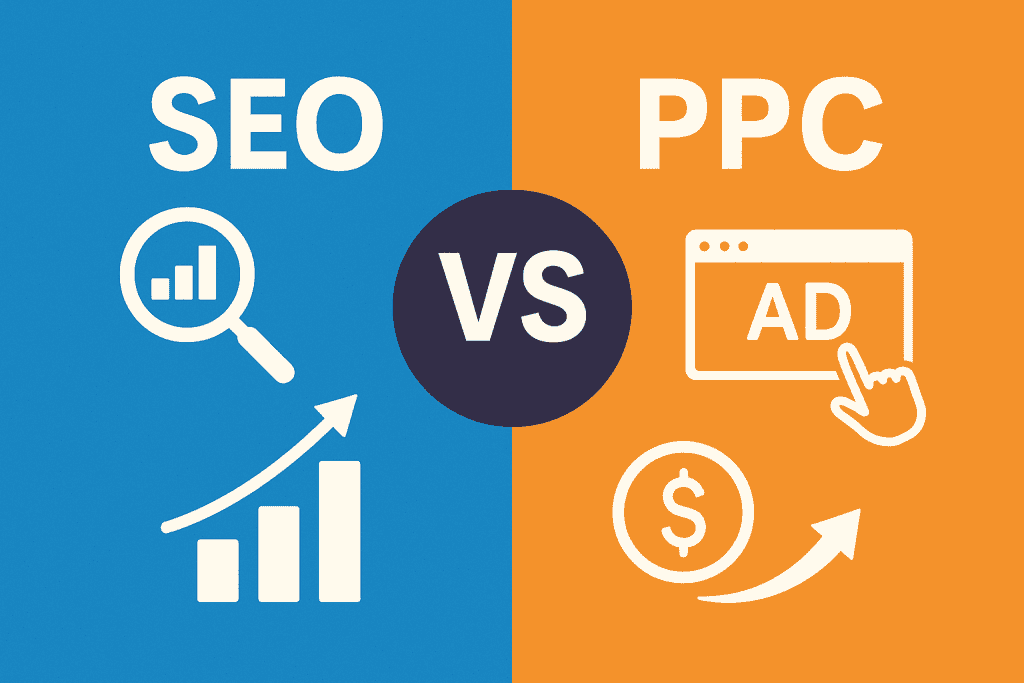
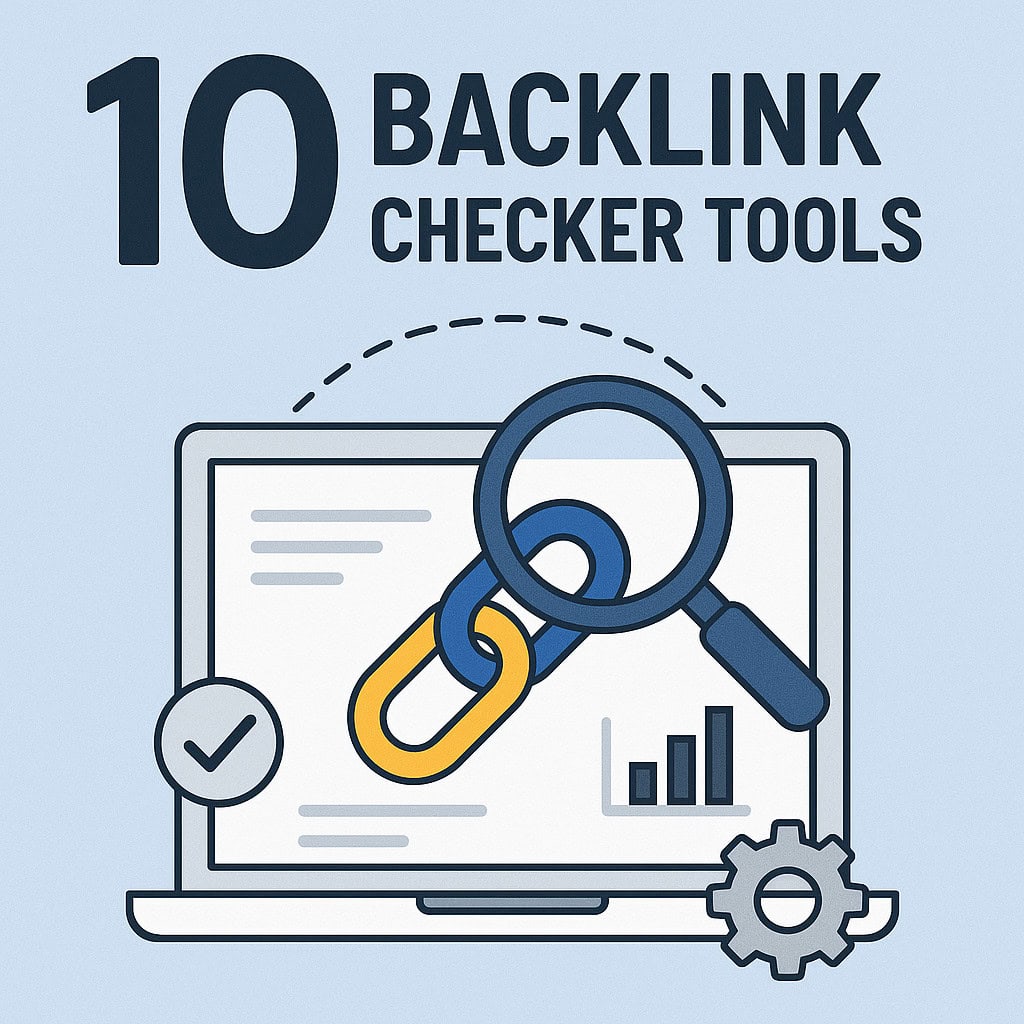
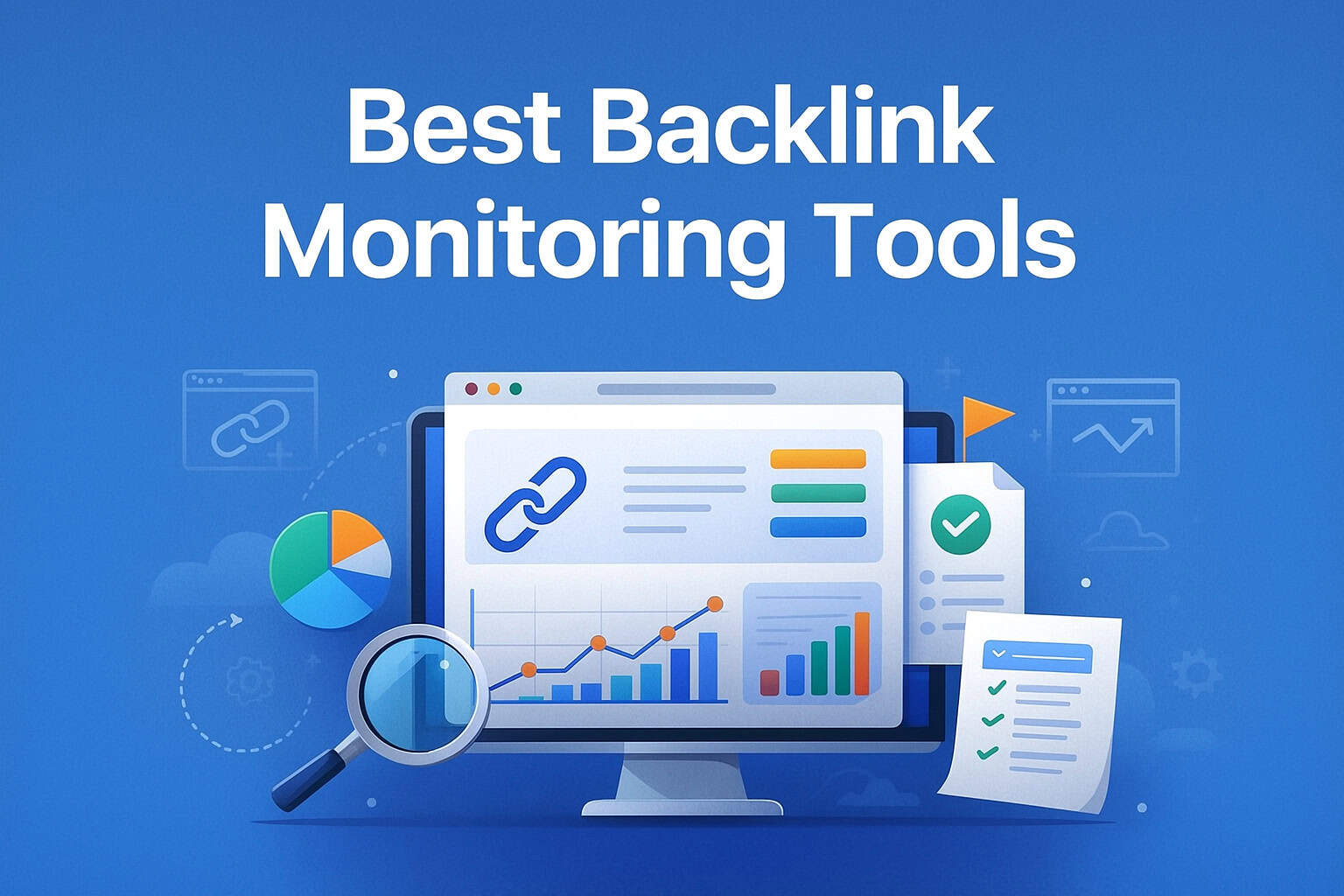
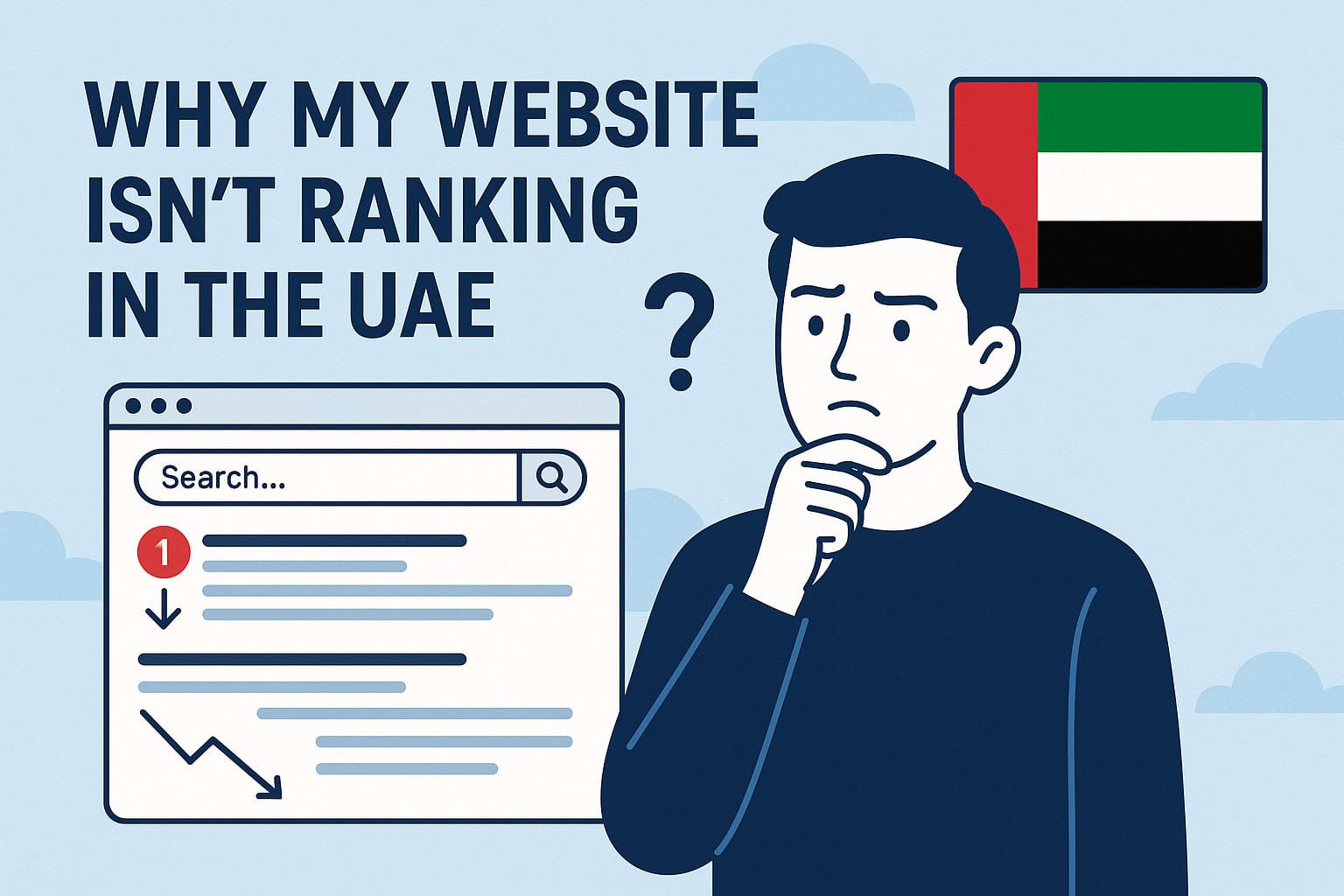
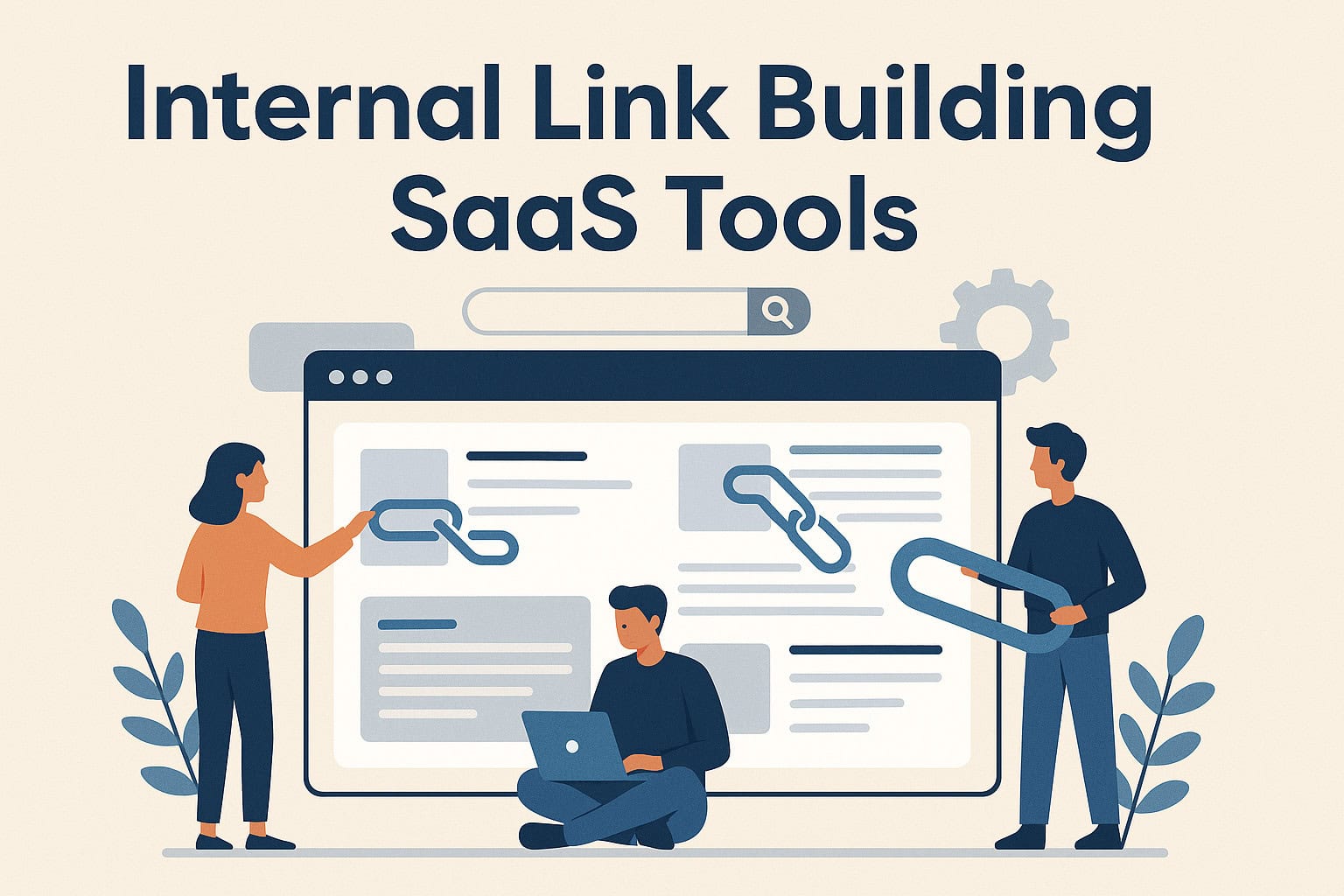
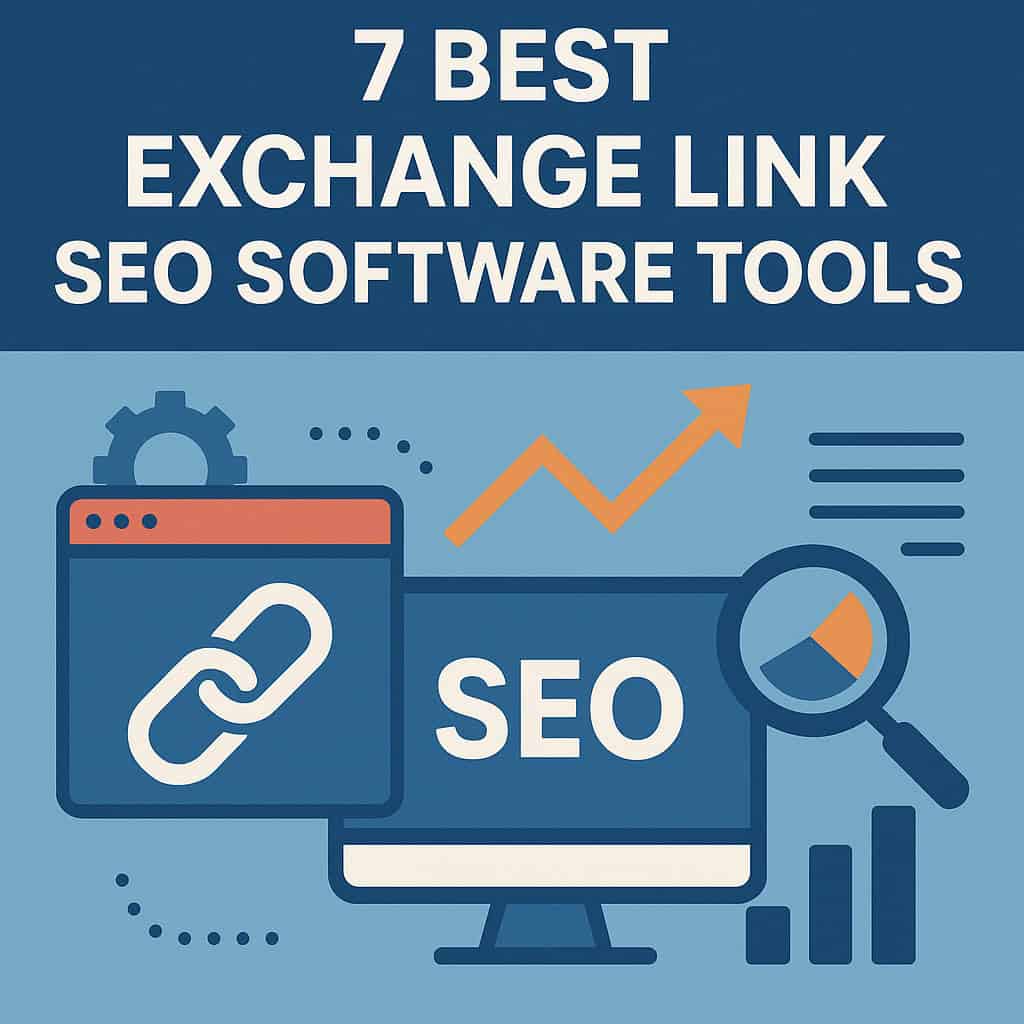
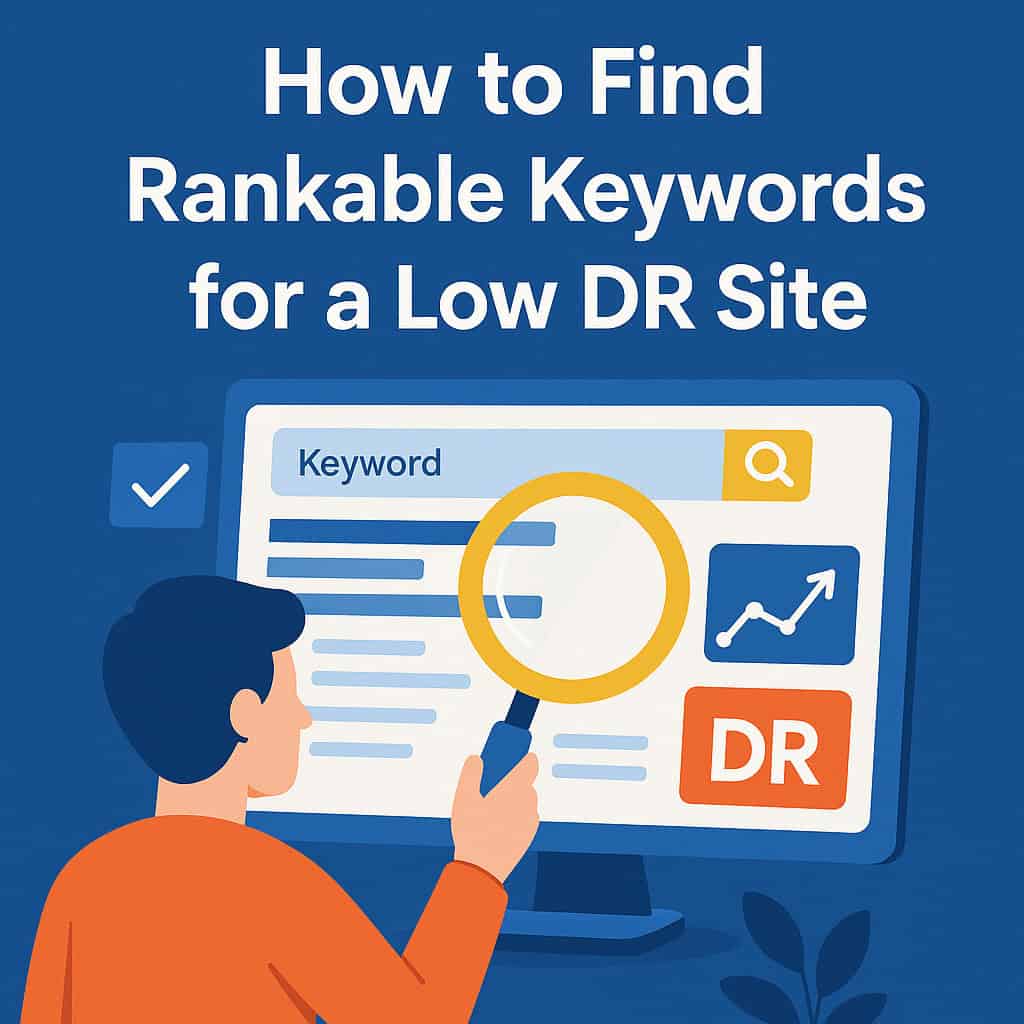
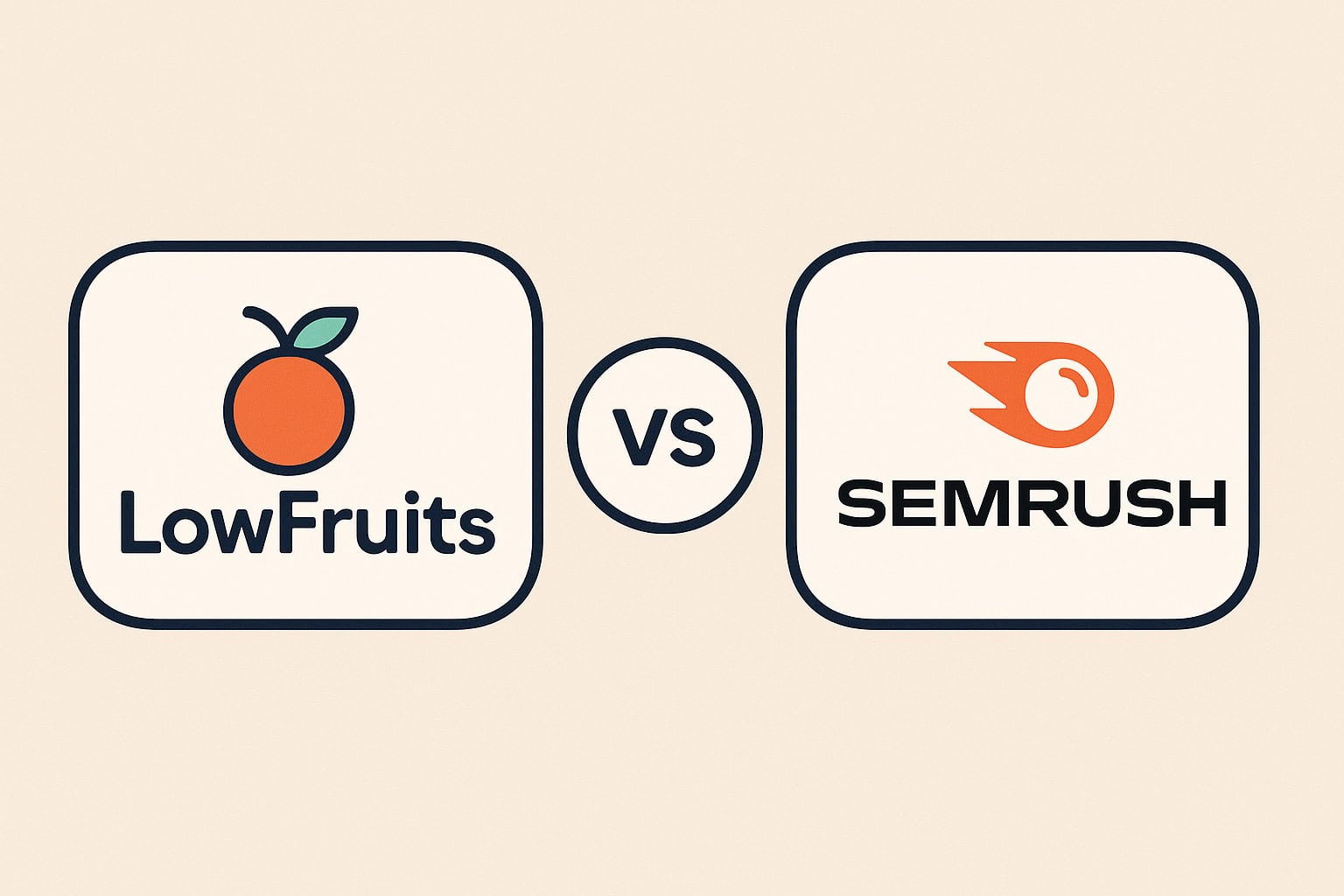
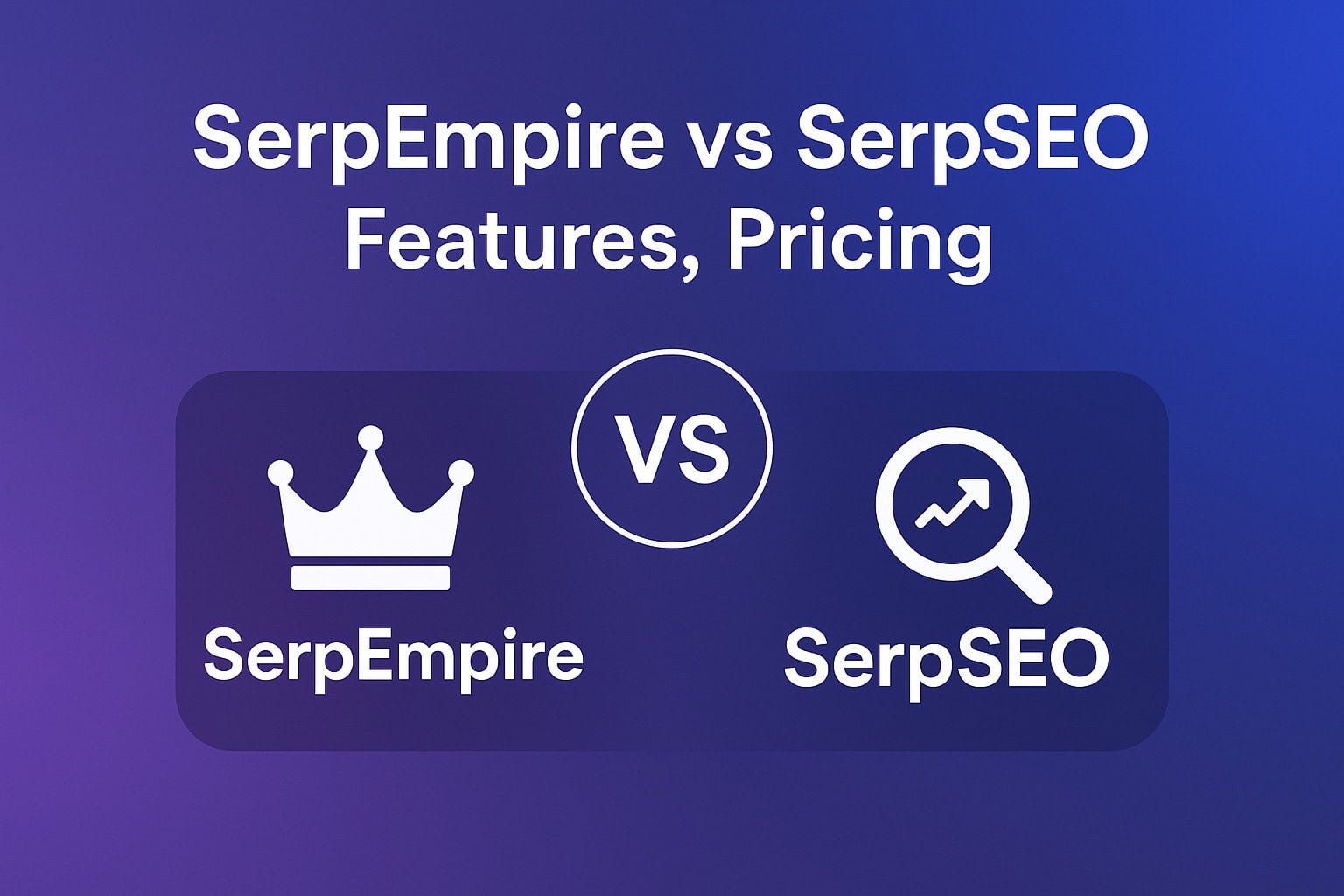
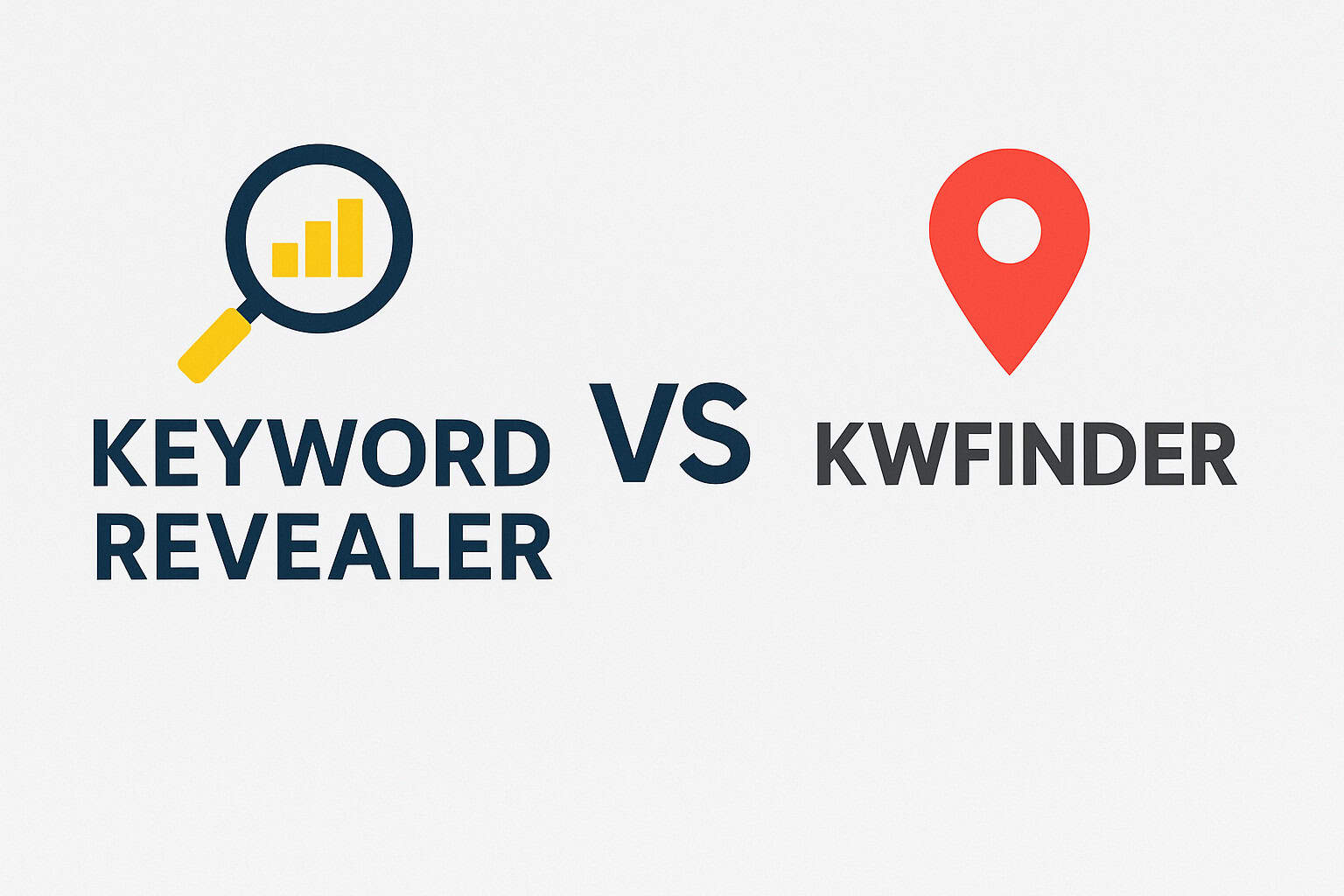
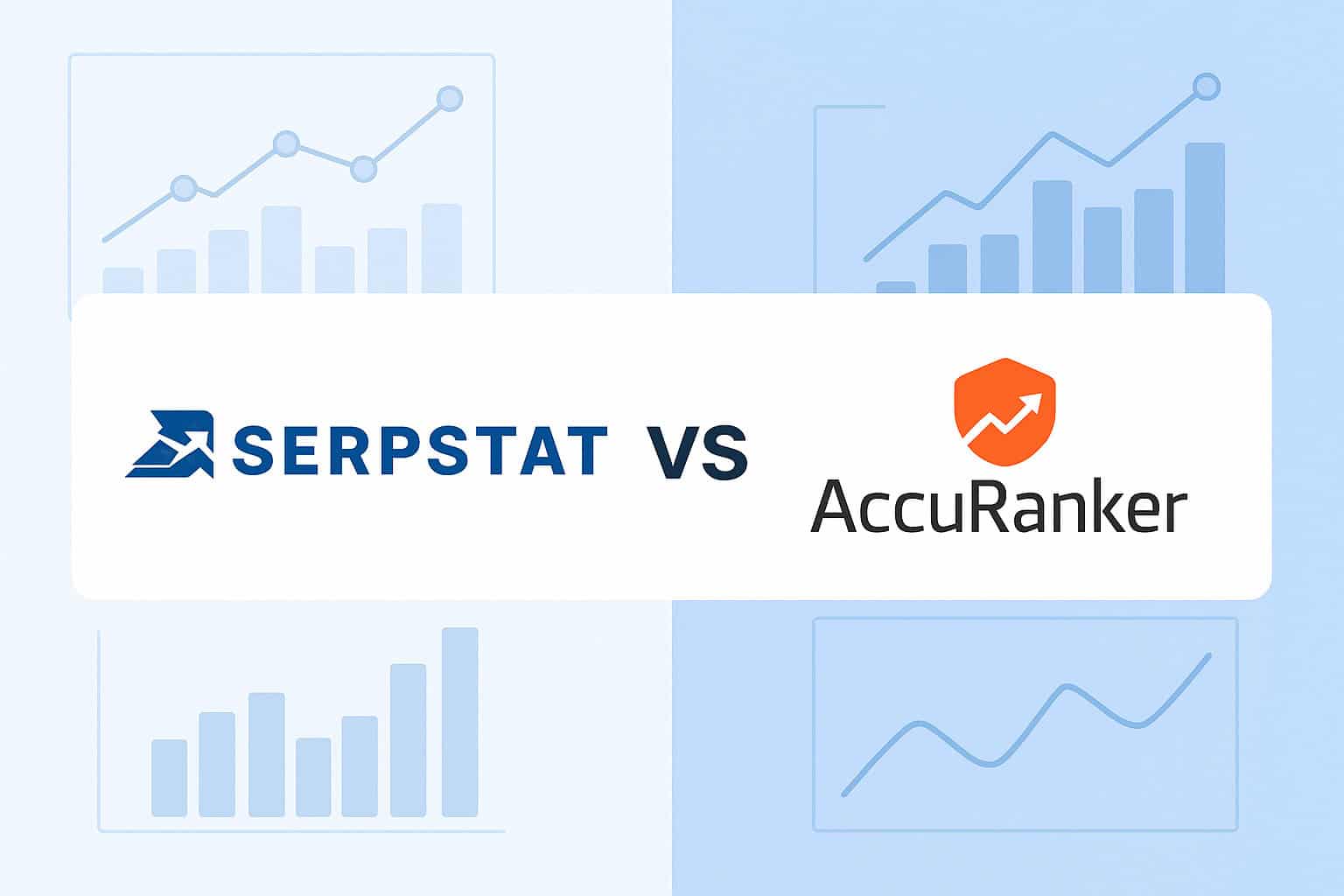

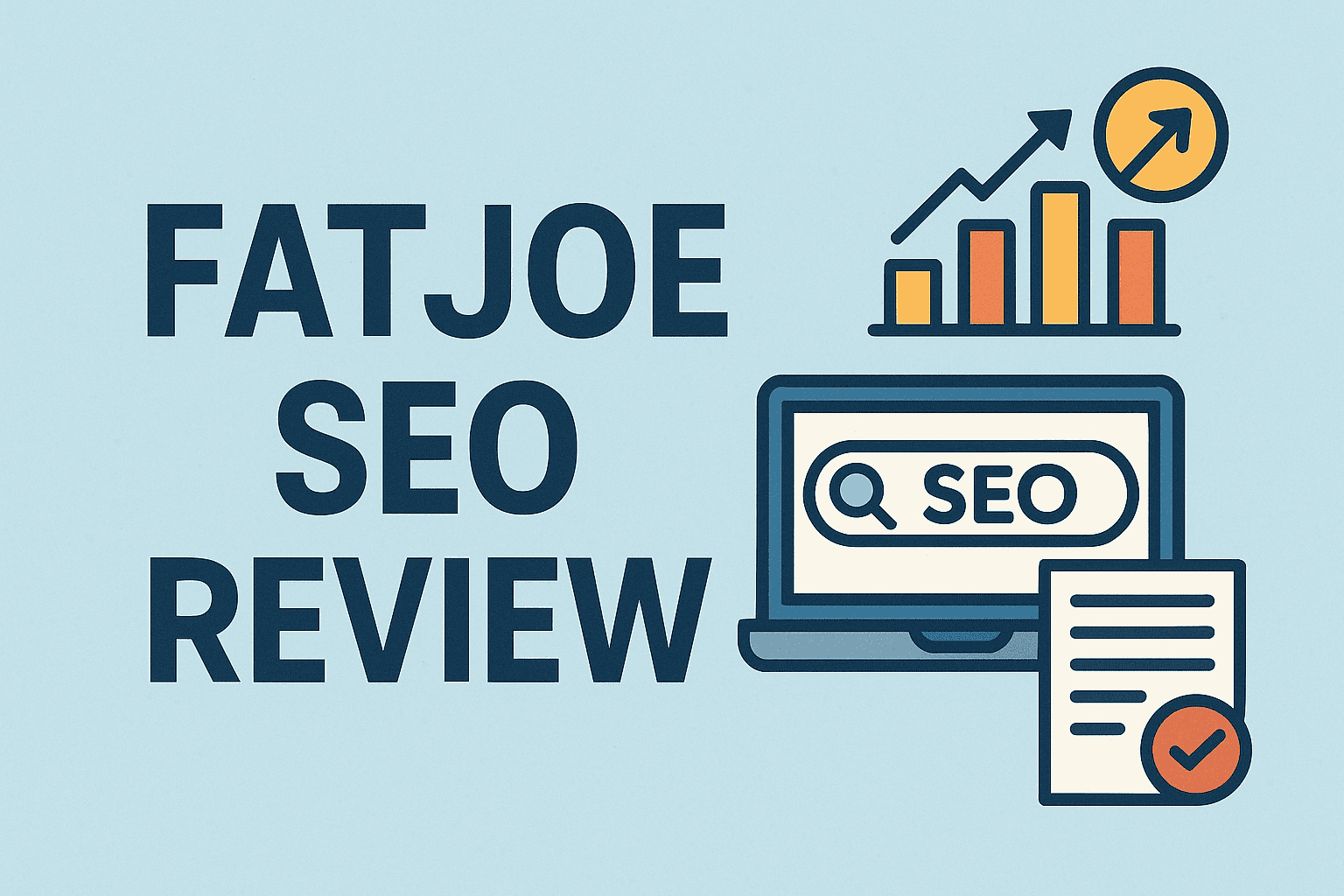
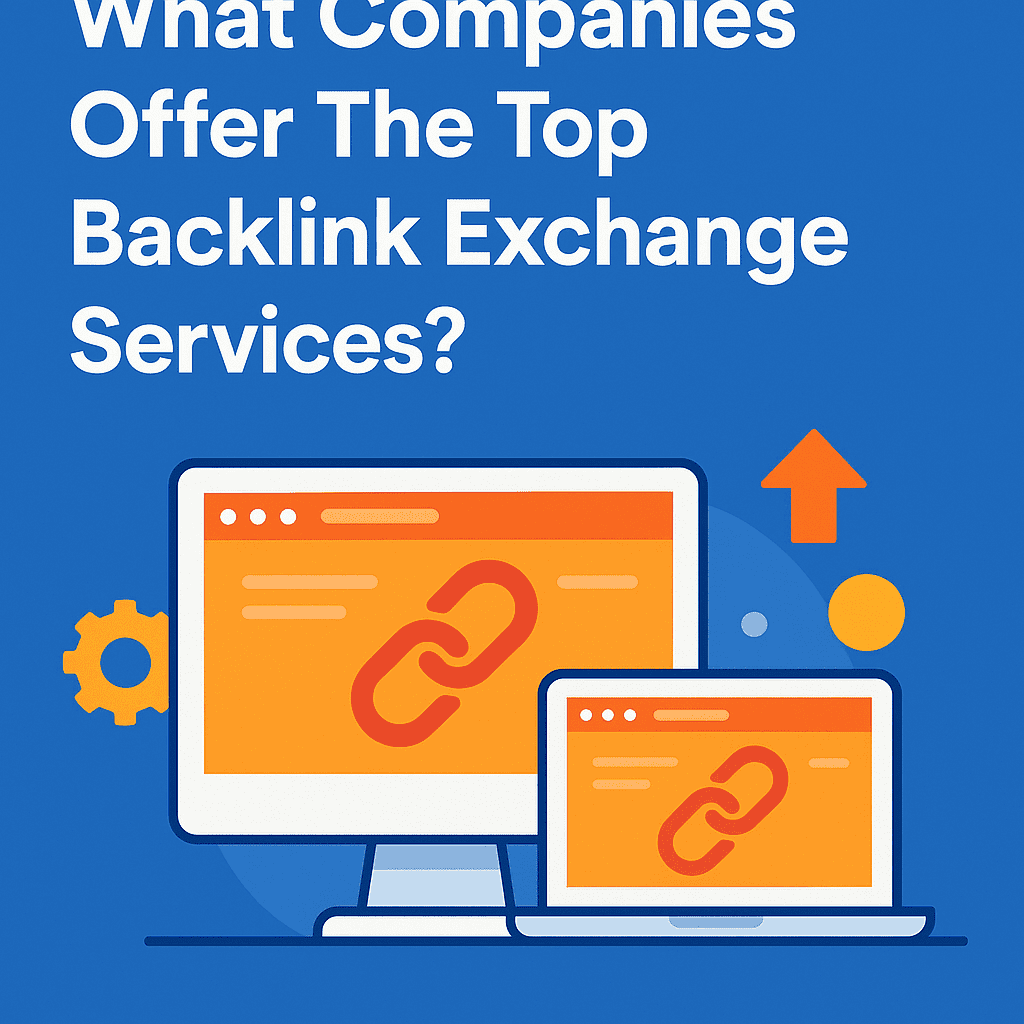
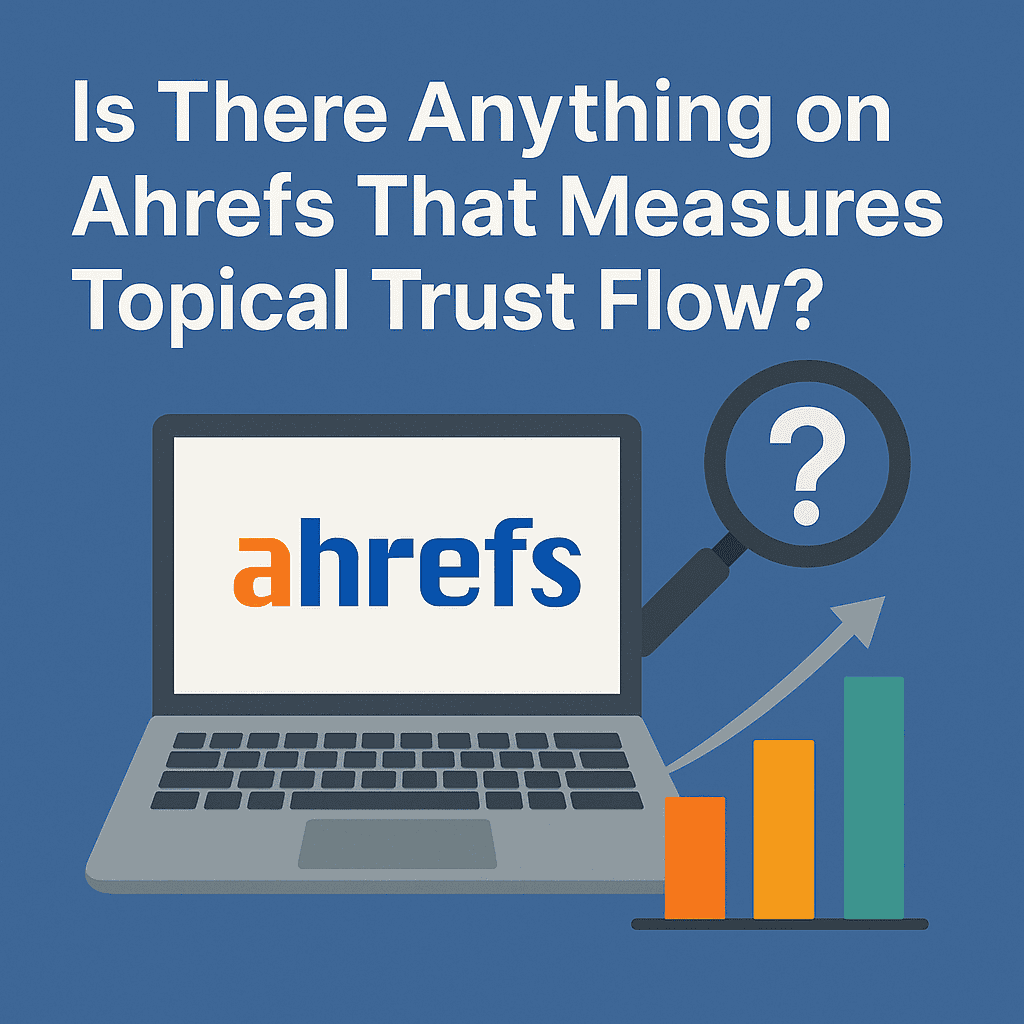
![Longtail Pro Moz or Majestic [Full Breakdown]](https://backlinkmanagement.io/wp-content/uploads/2025/11/ChatGPT-Image-Nov-14-2025-08_30_38-AM.png)
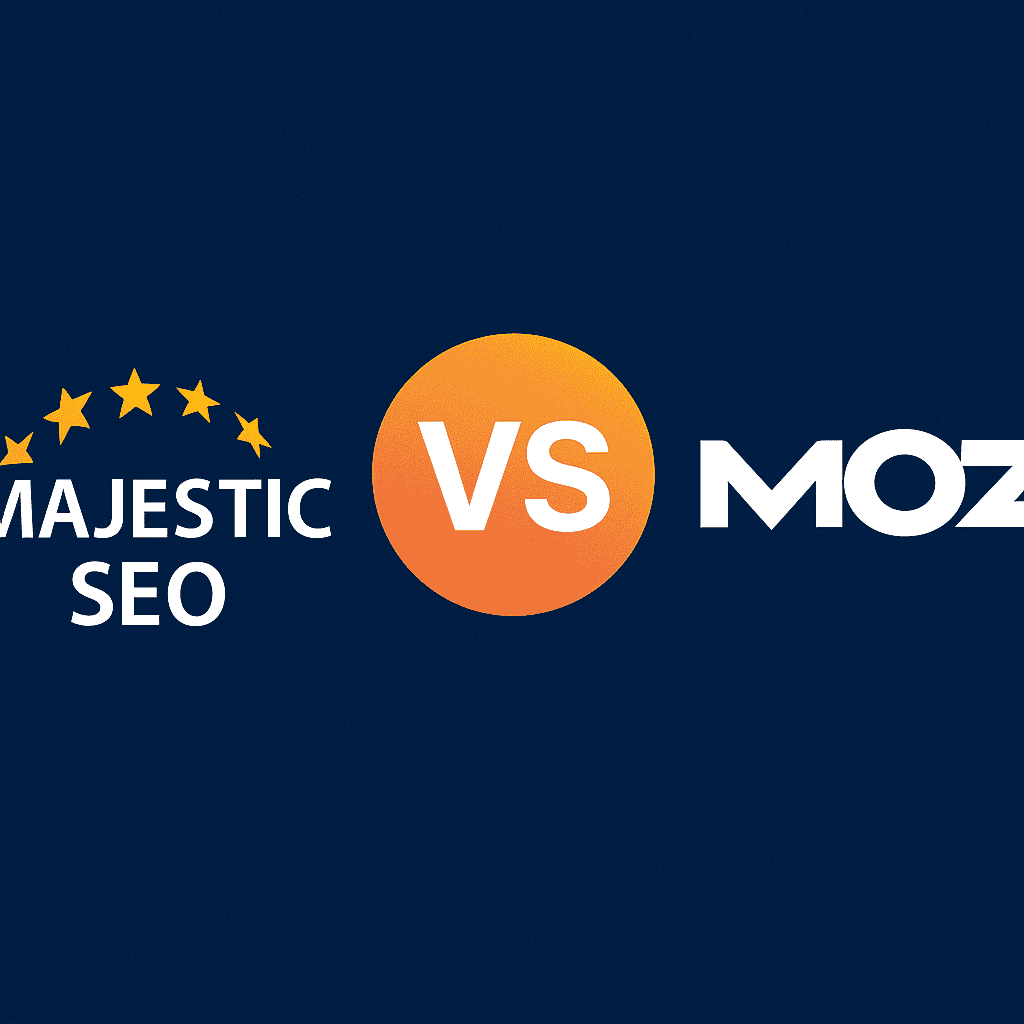
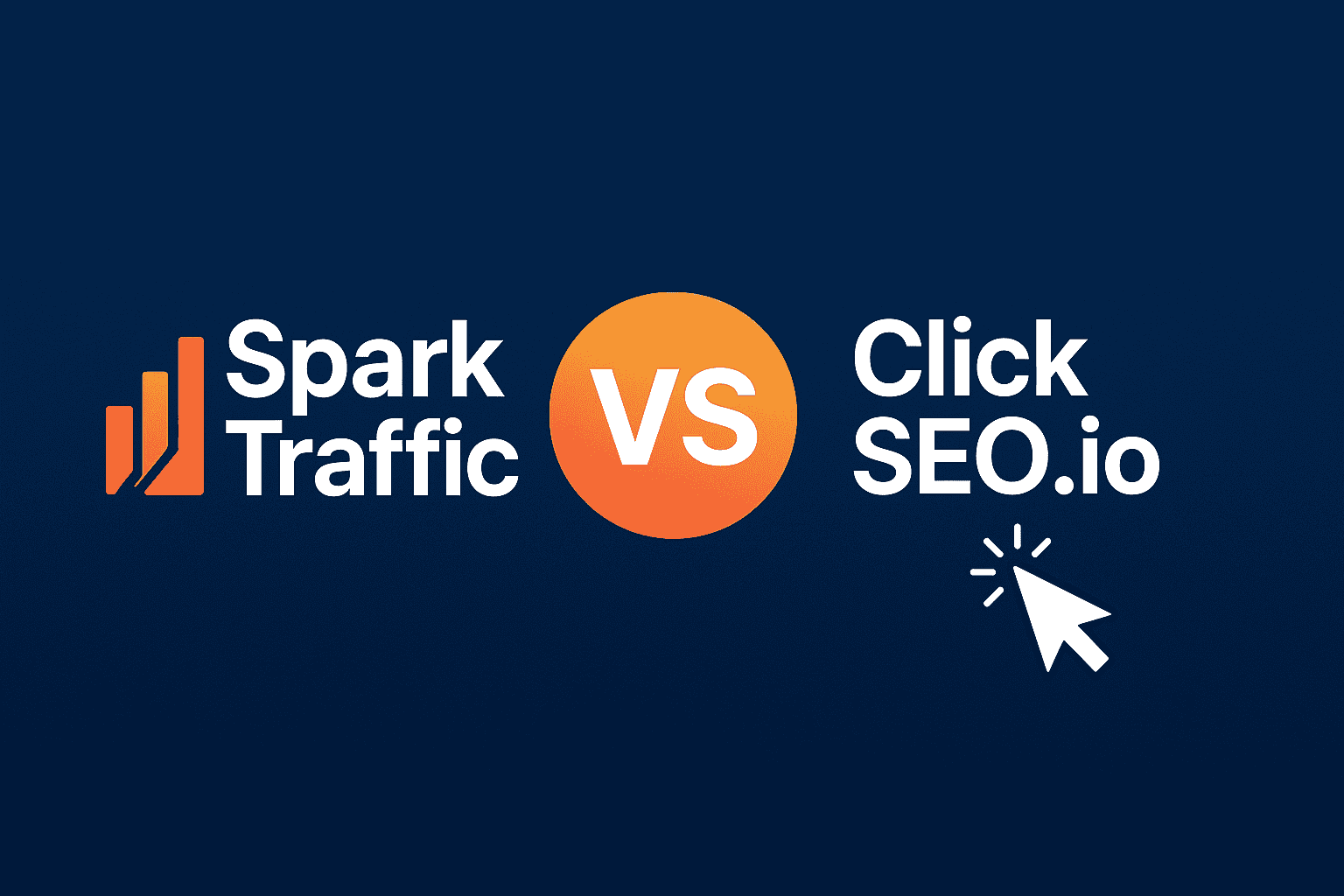
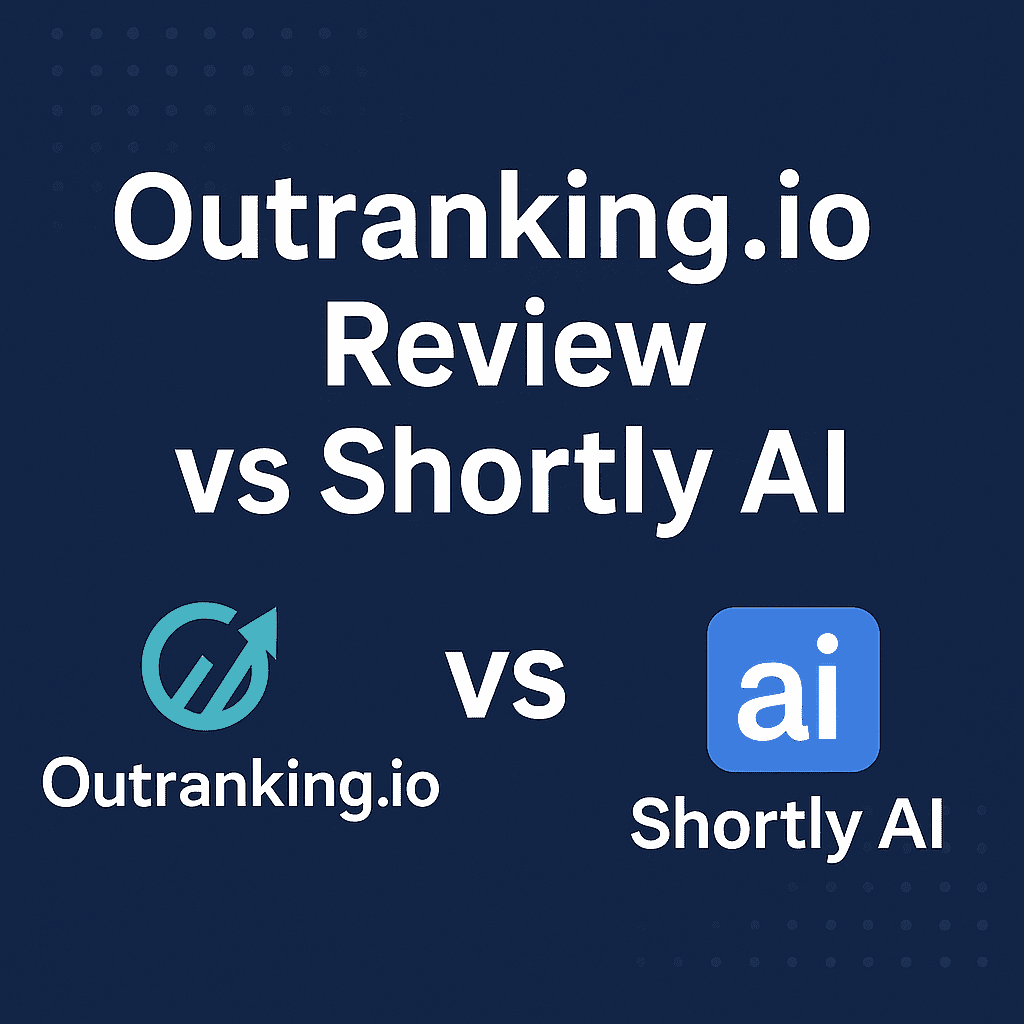
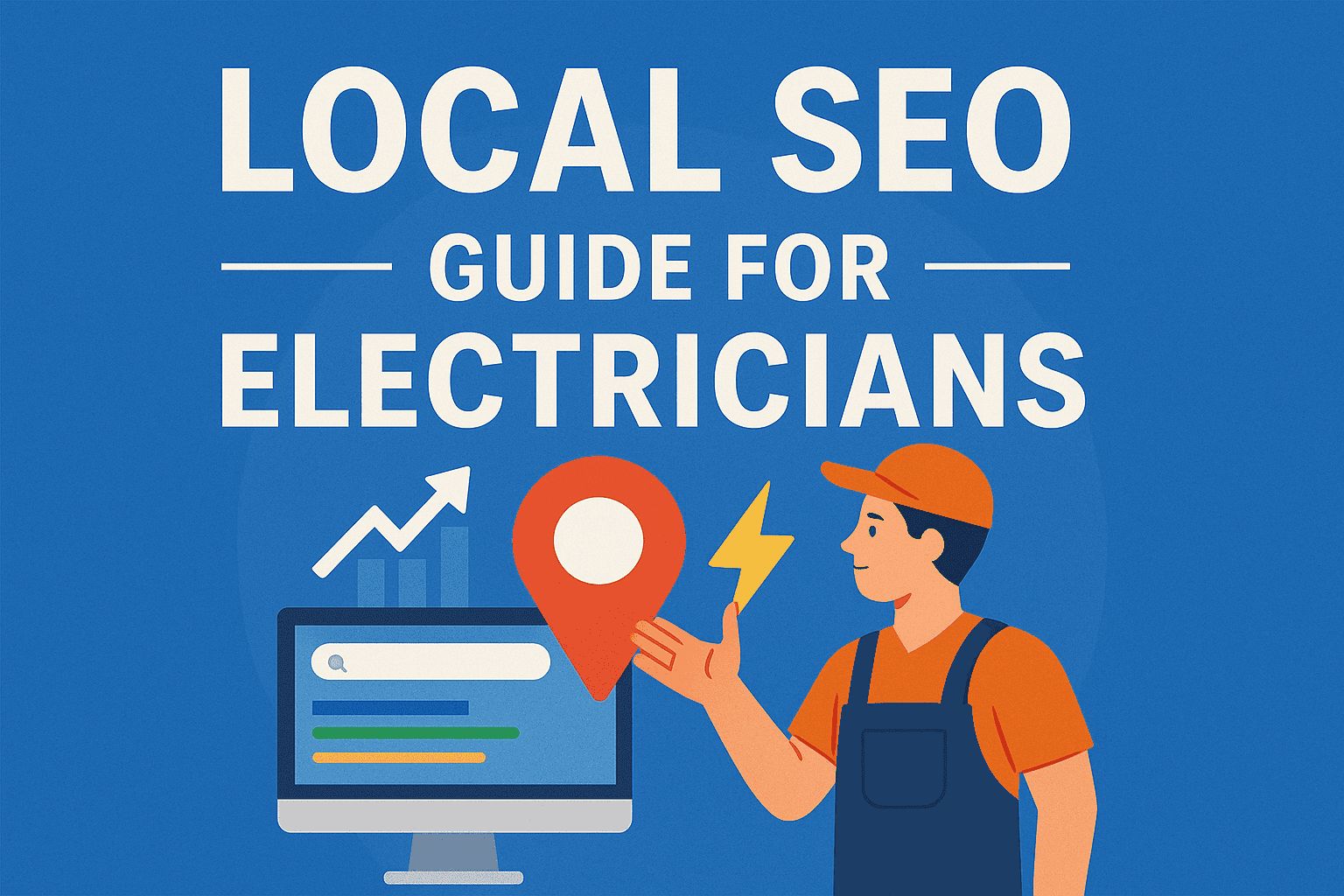
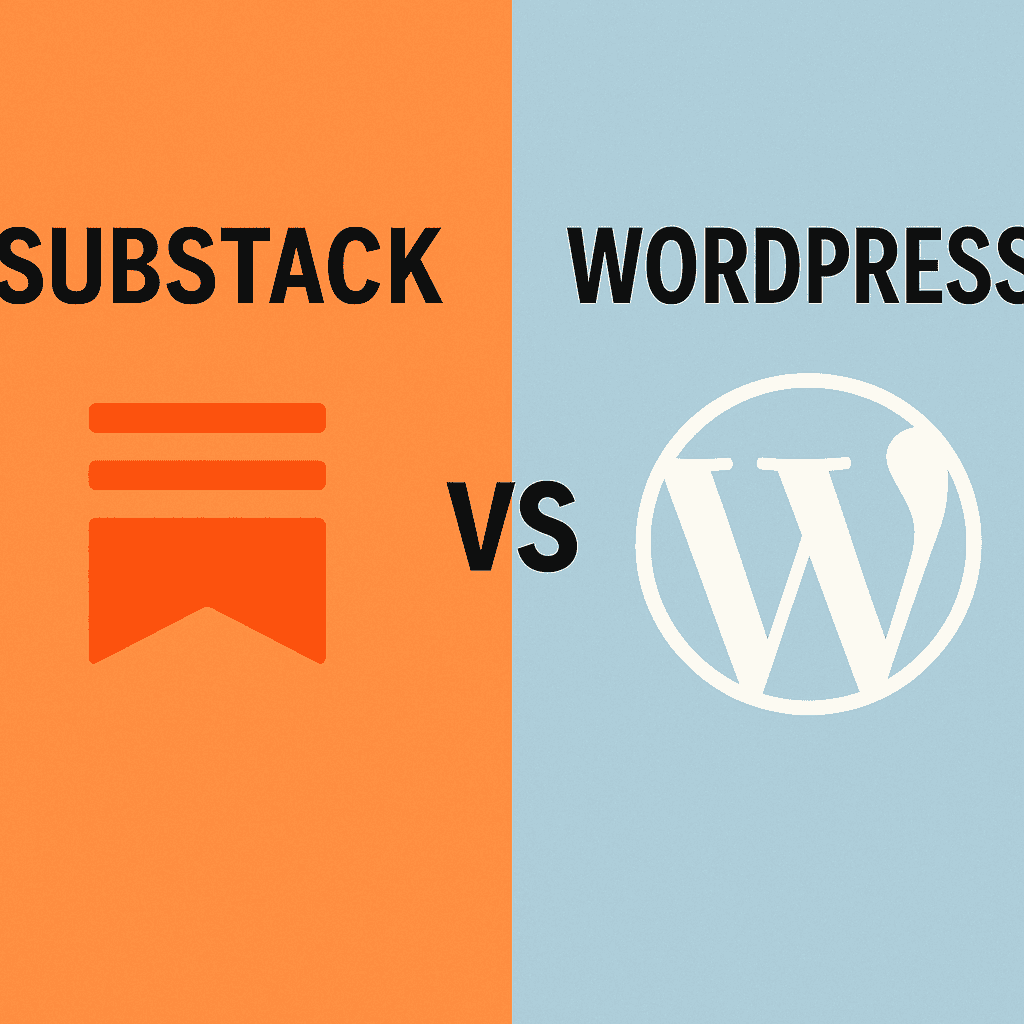
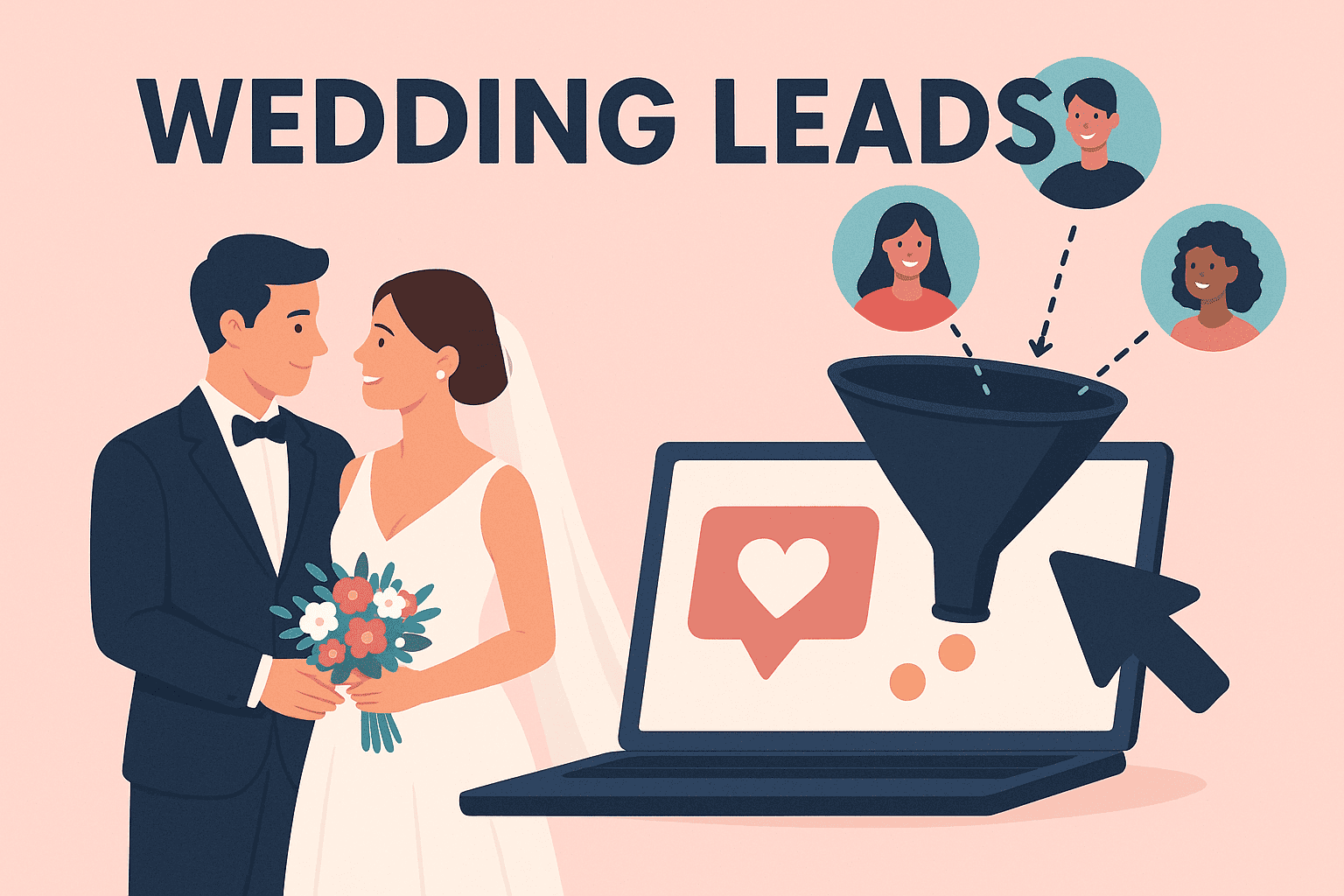
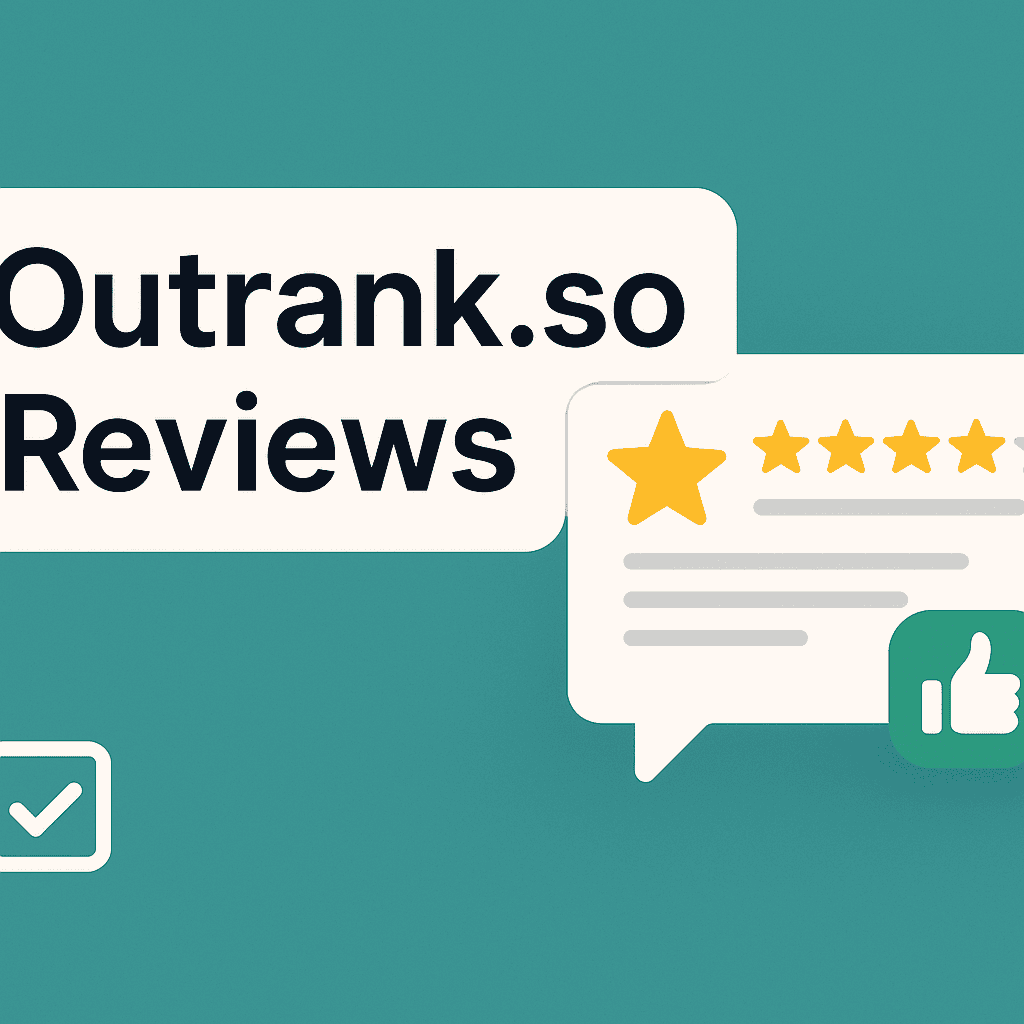
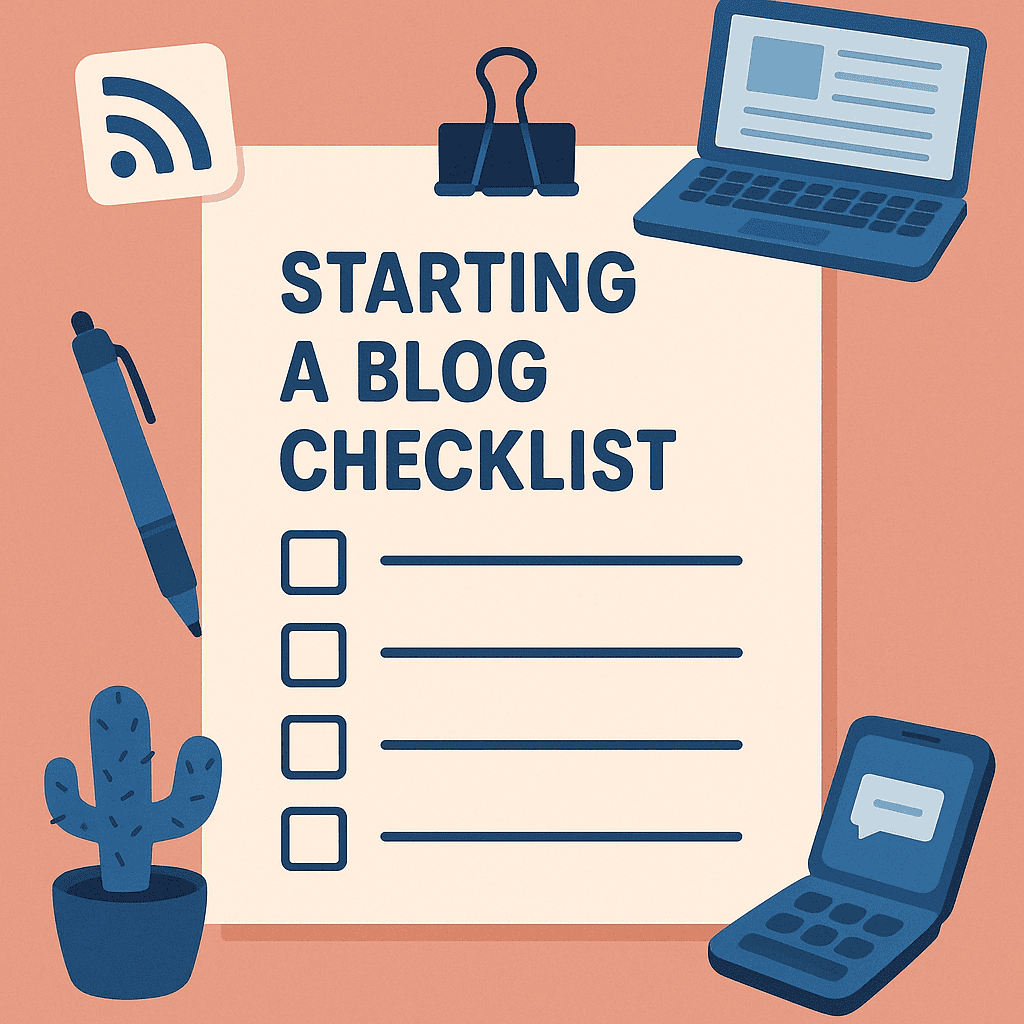
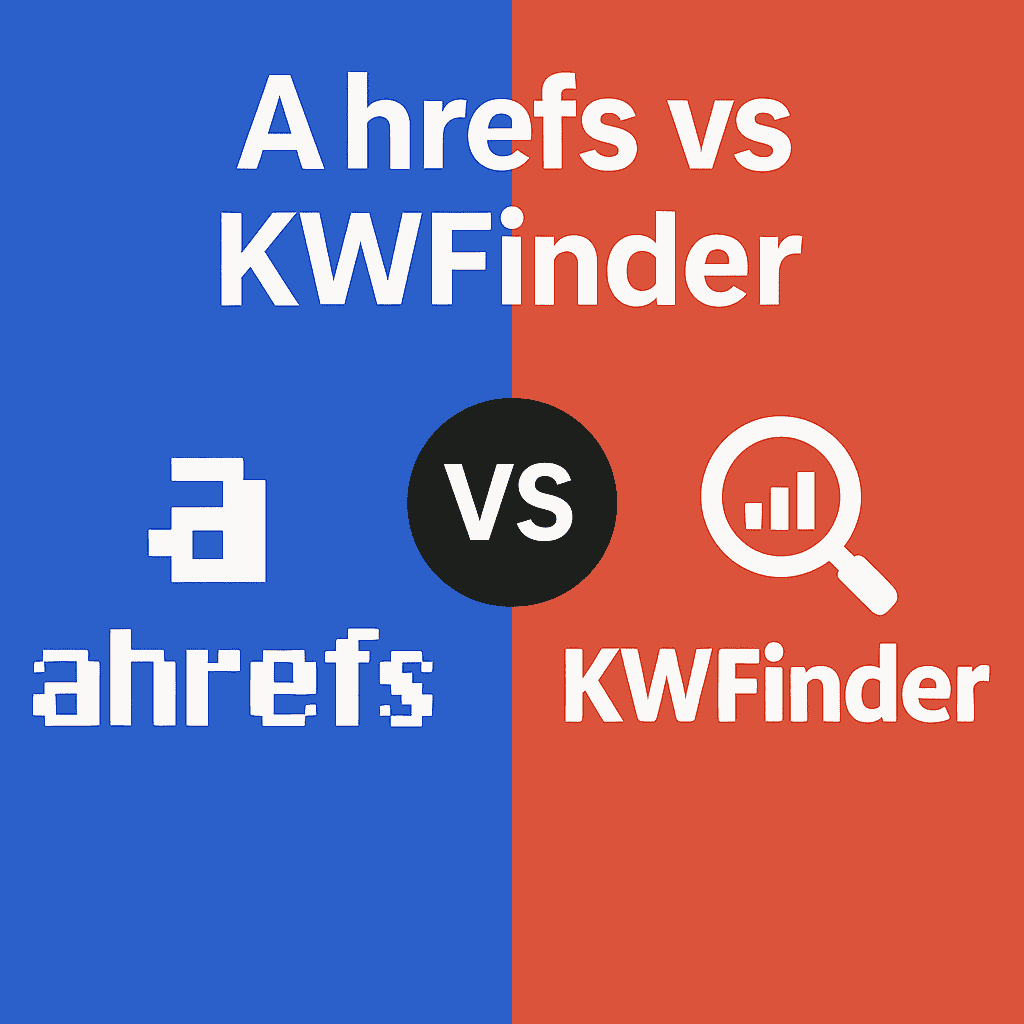
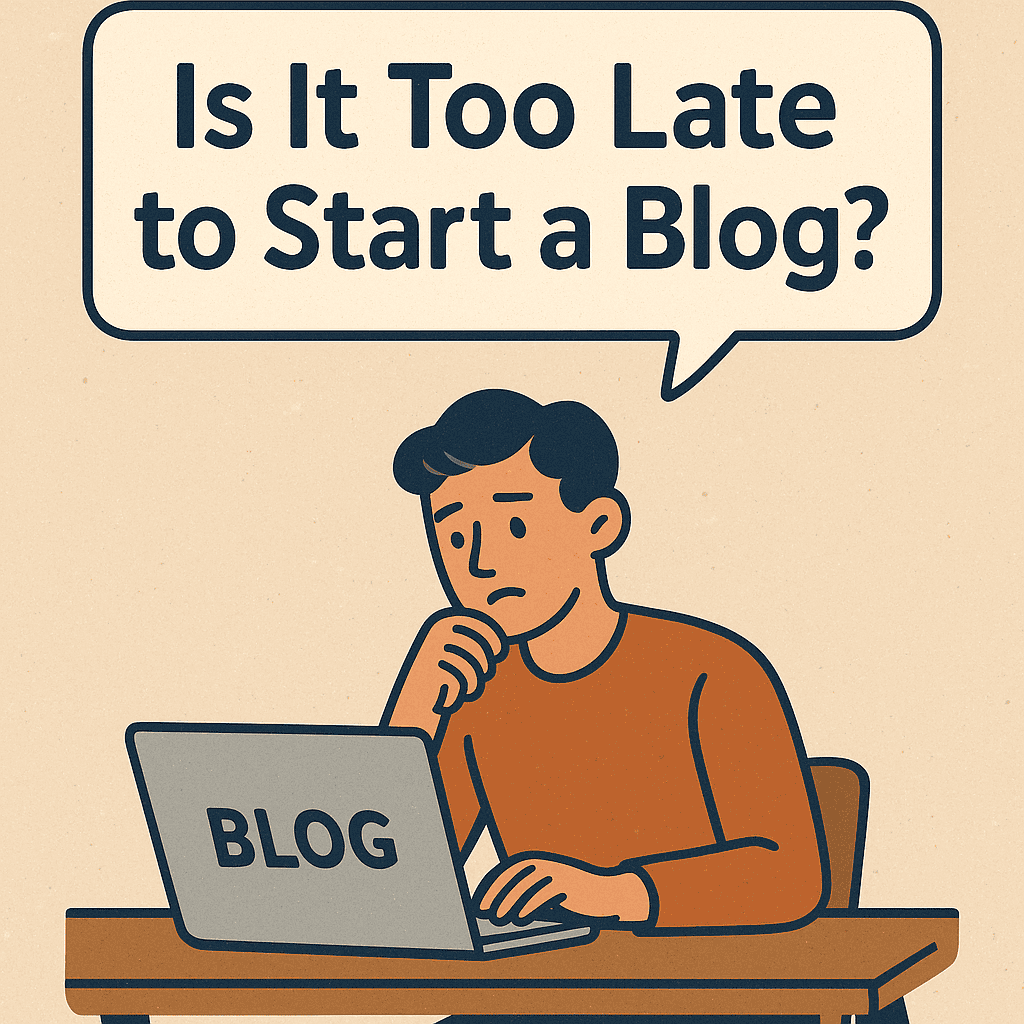
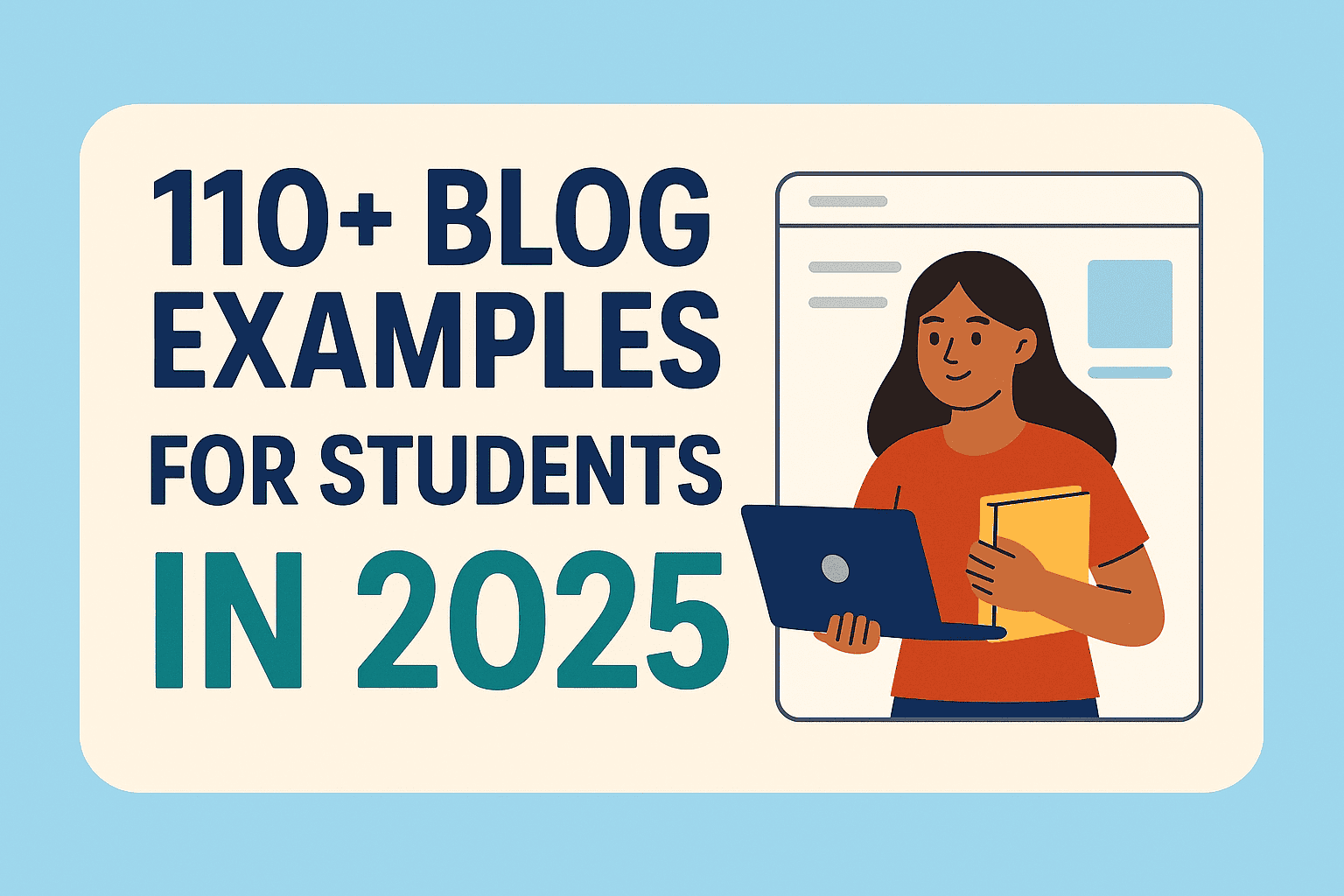
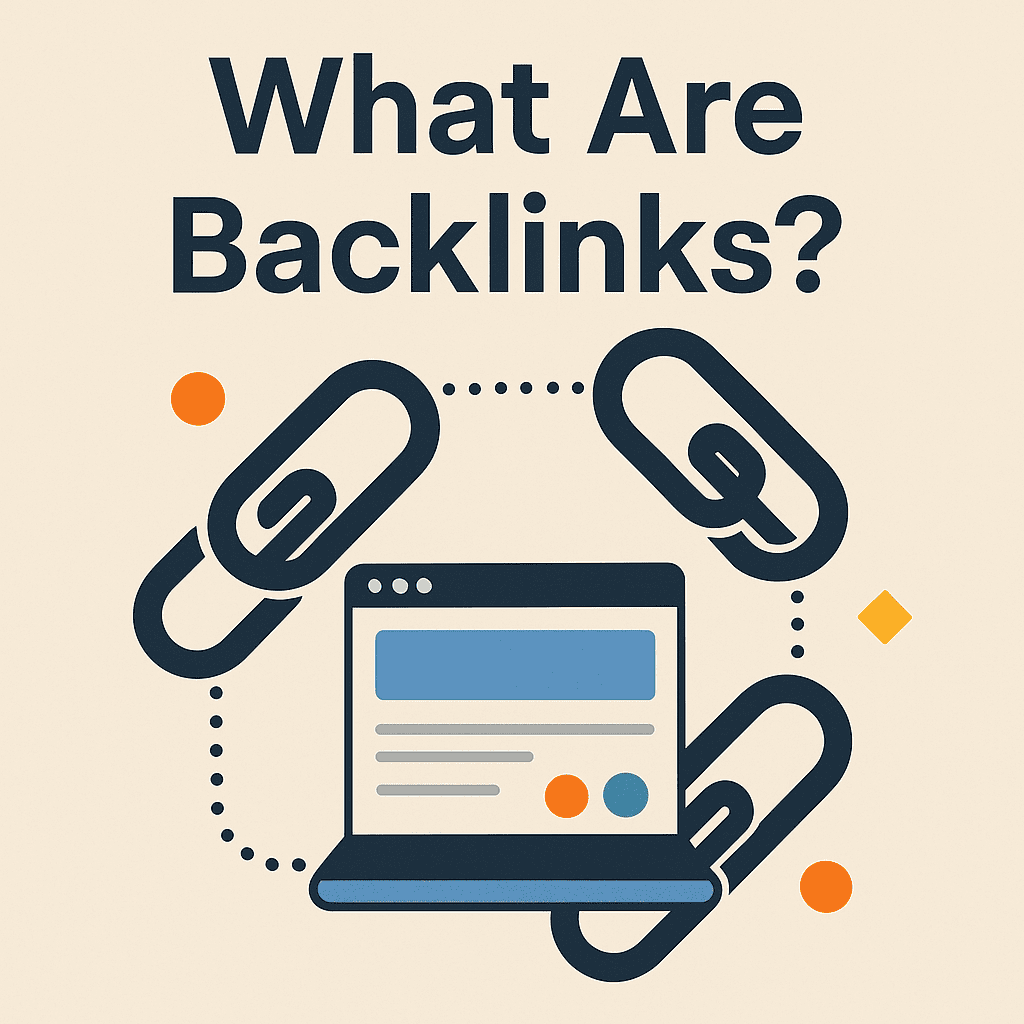
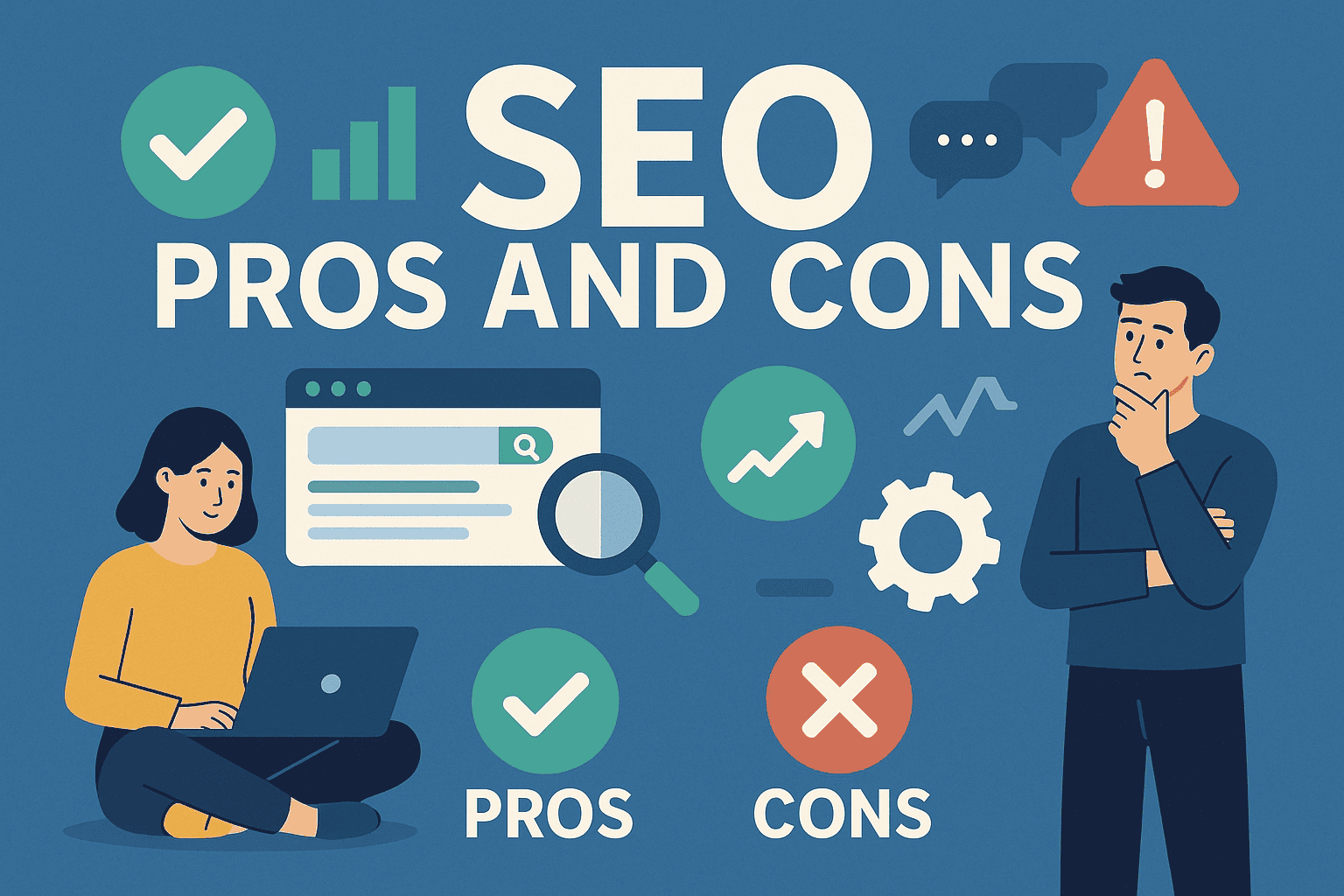
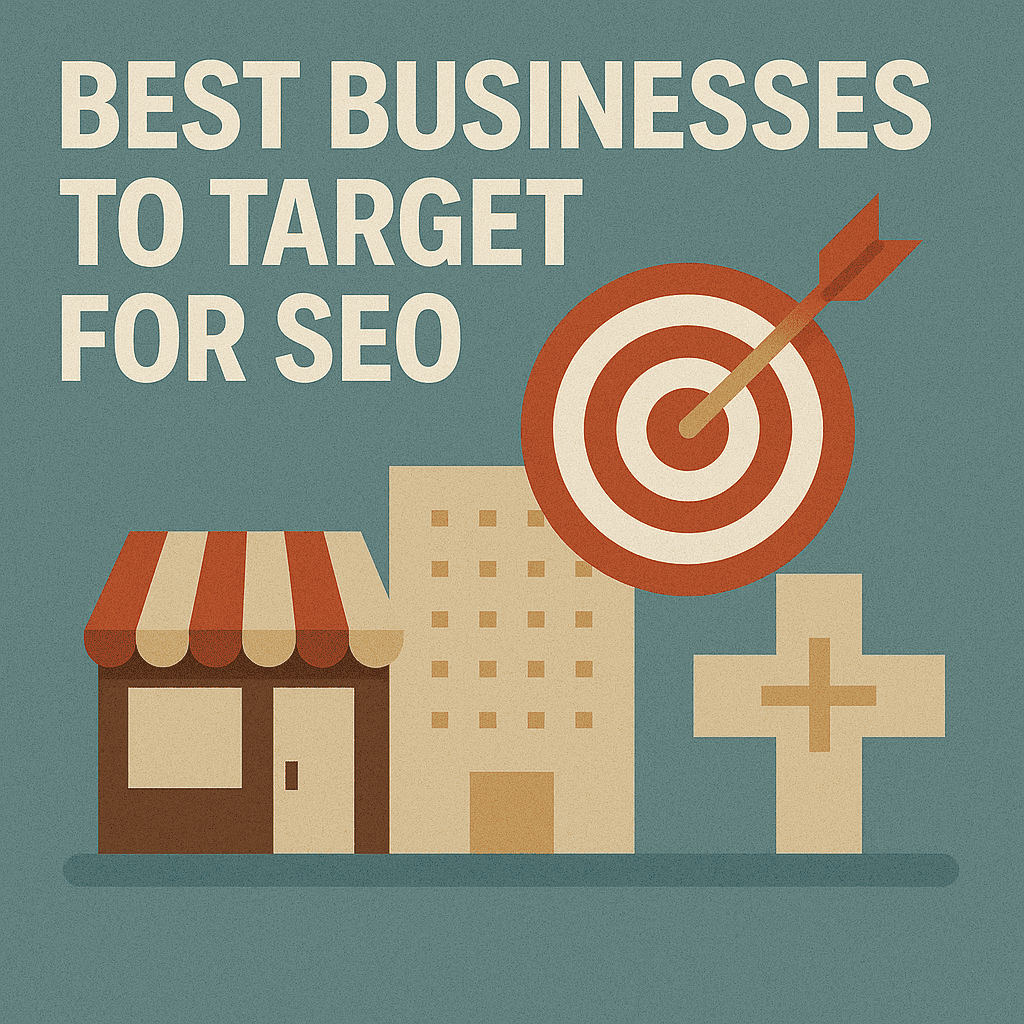
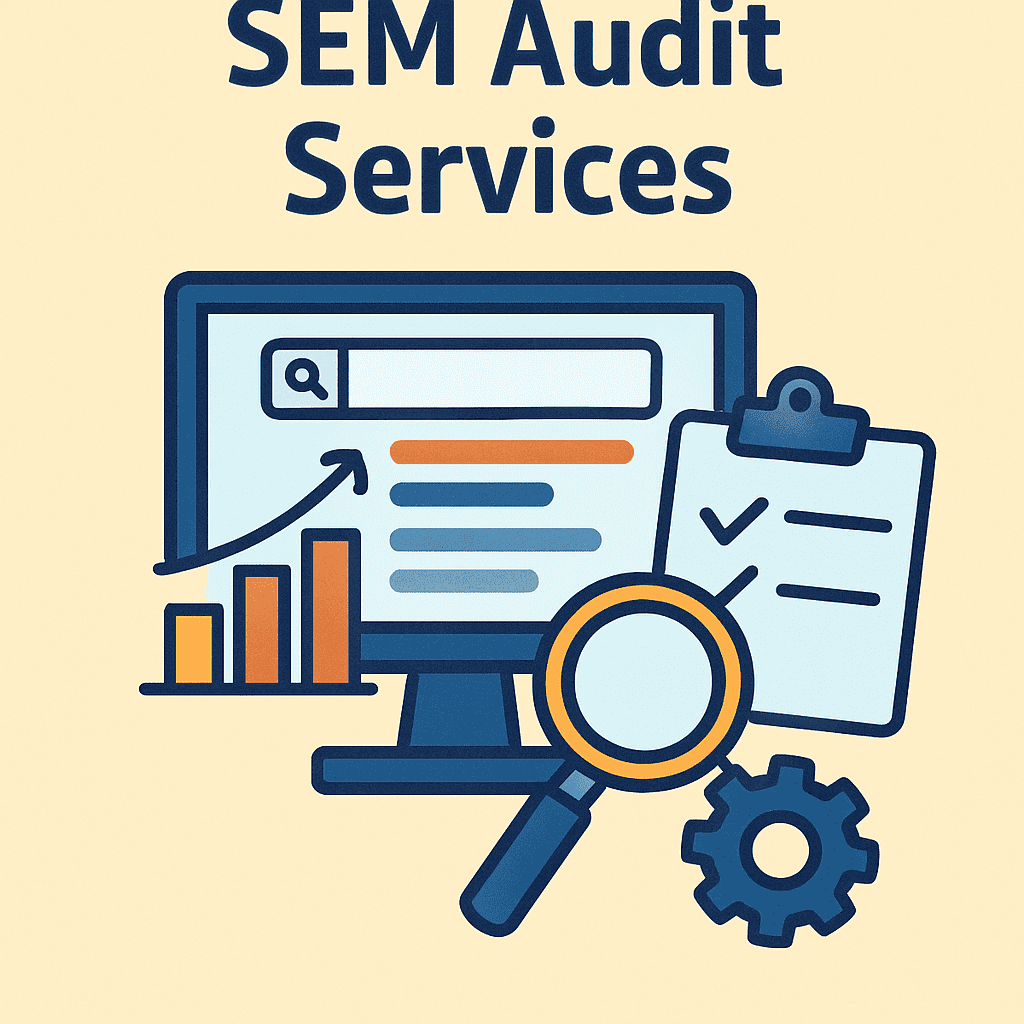
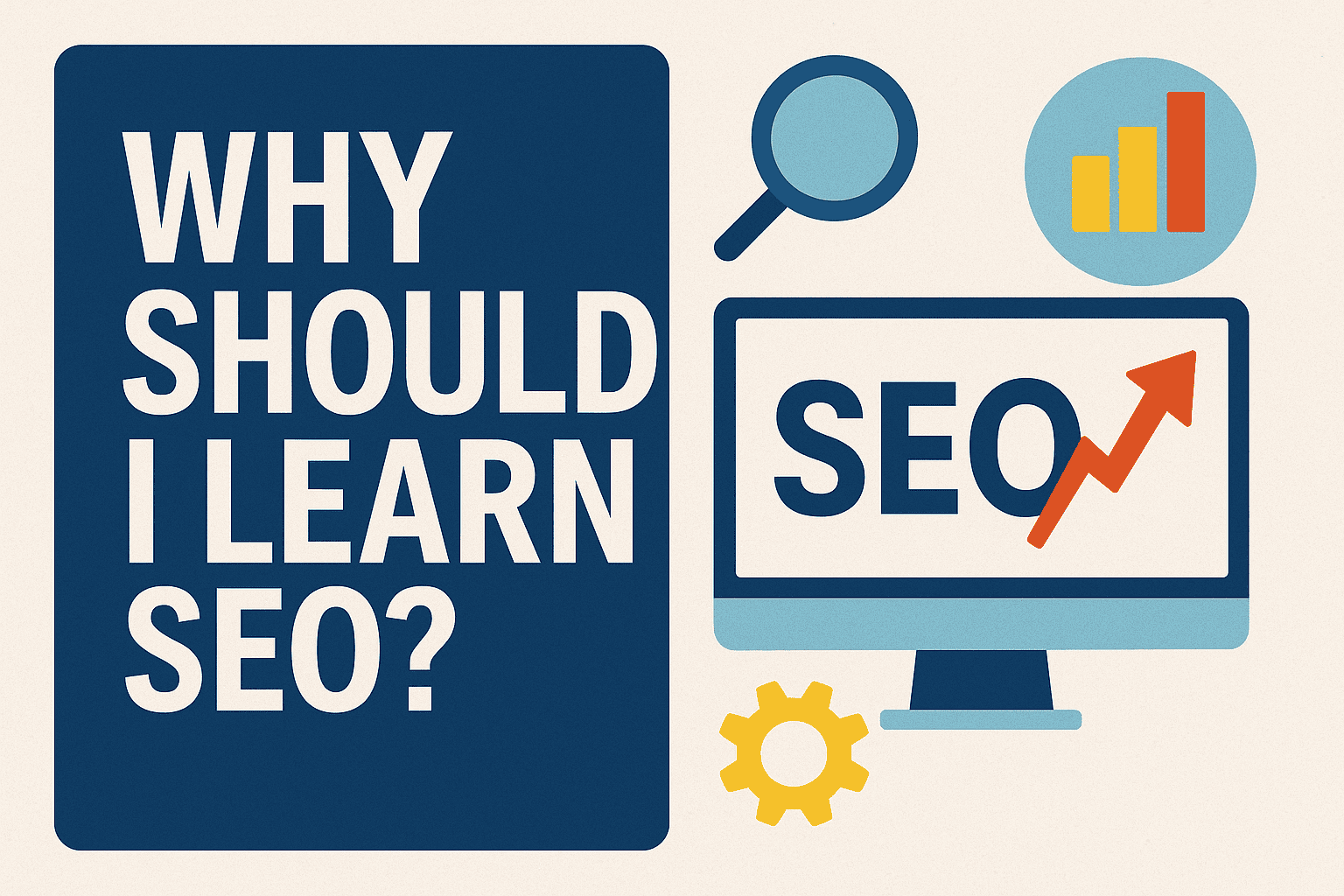
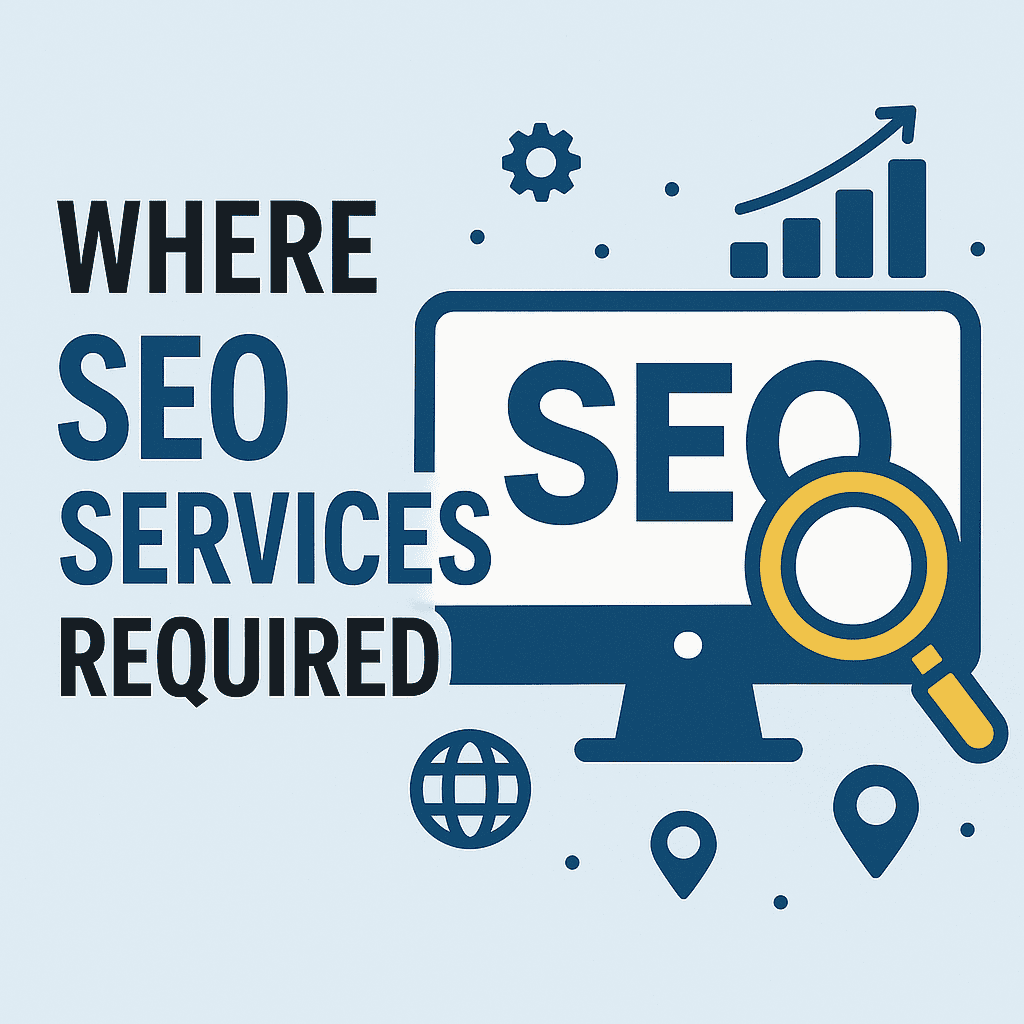
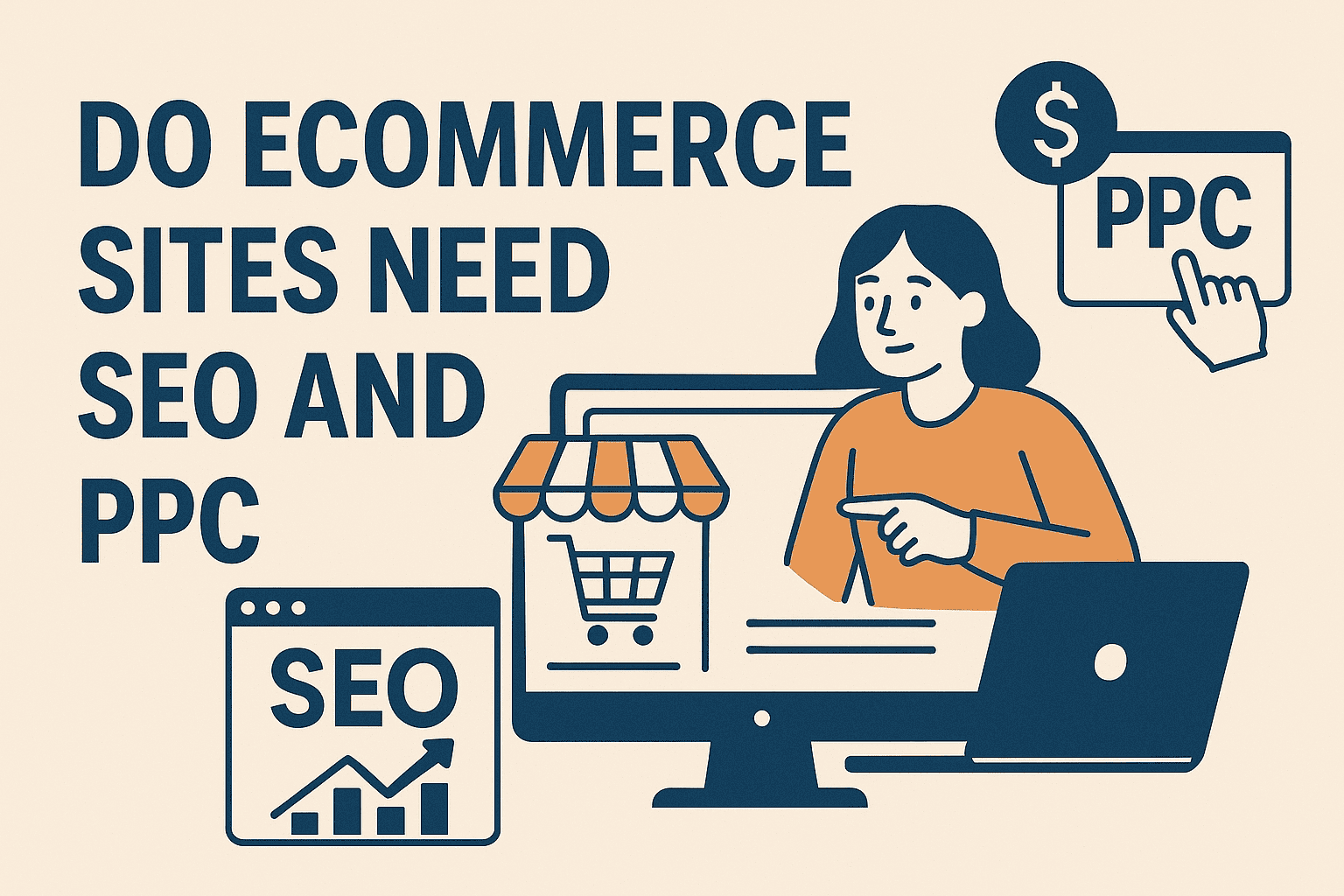
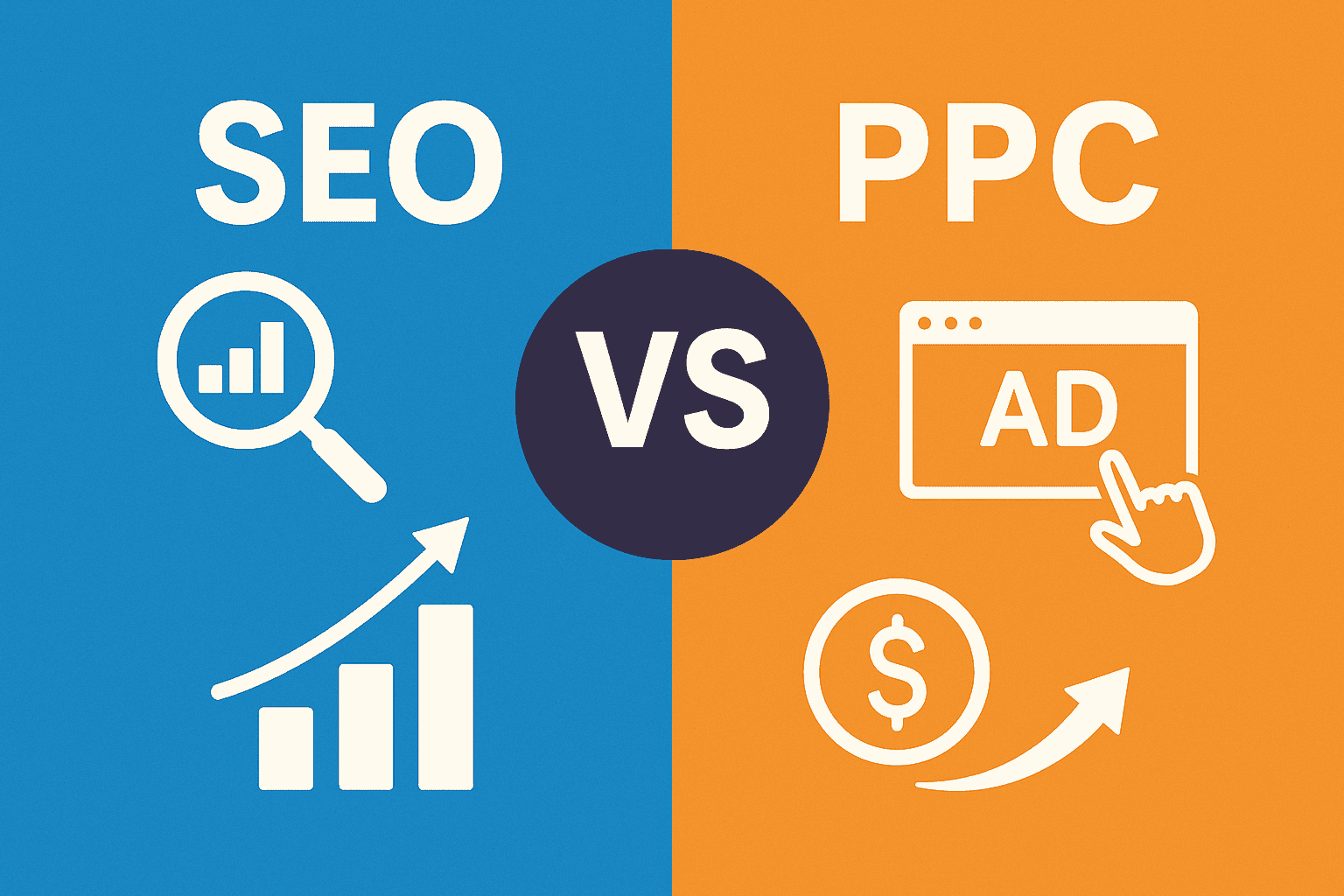
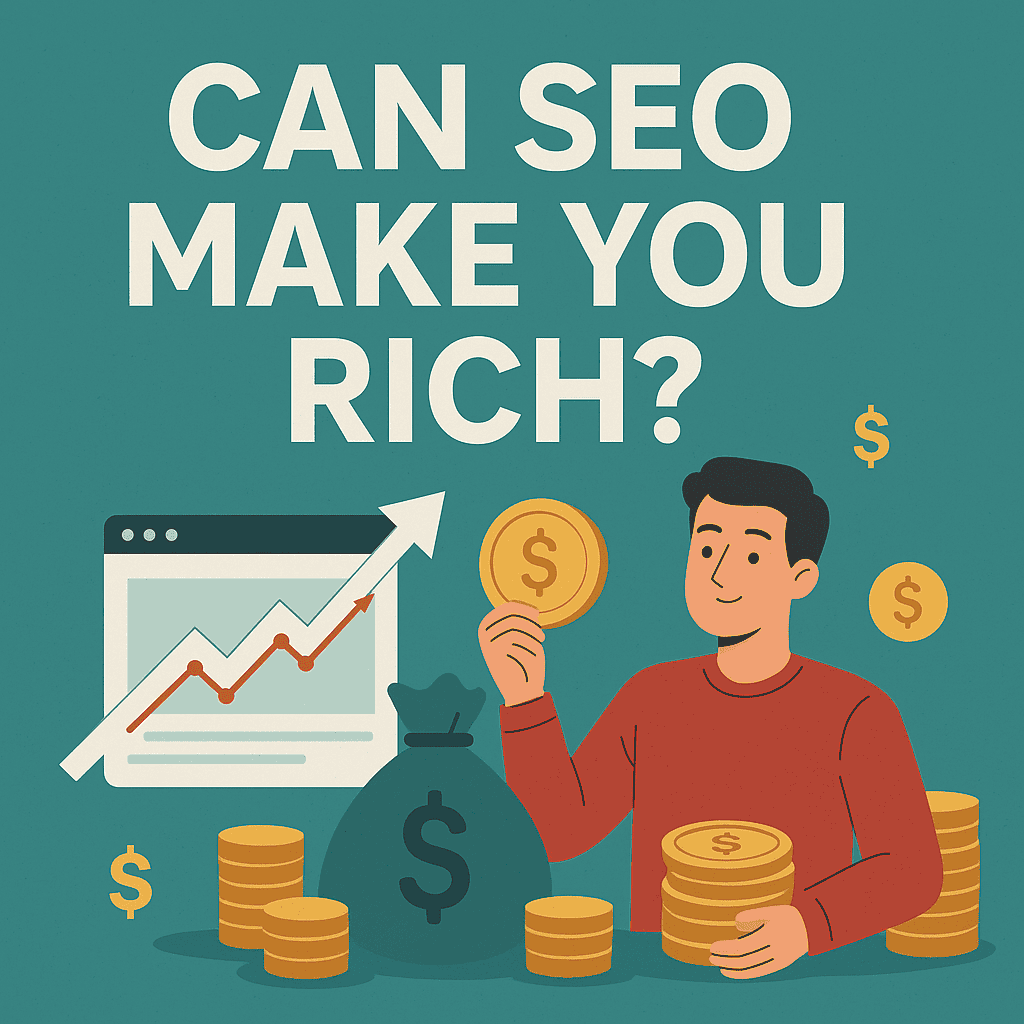
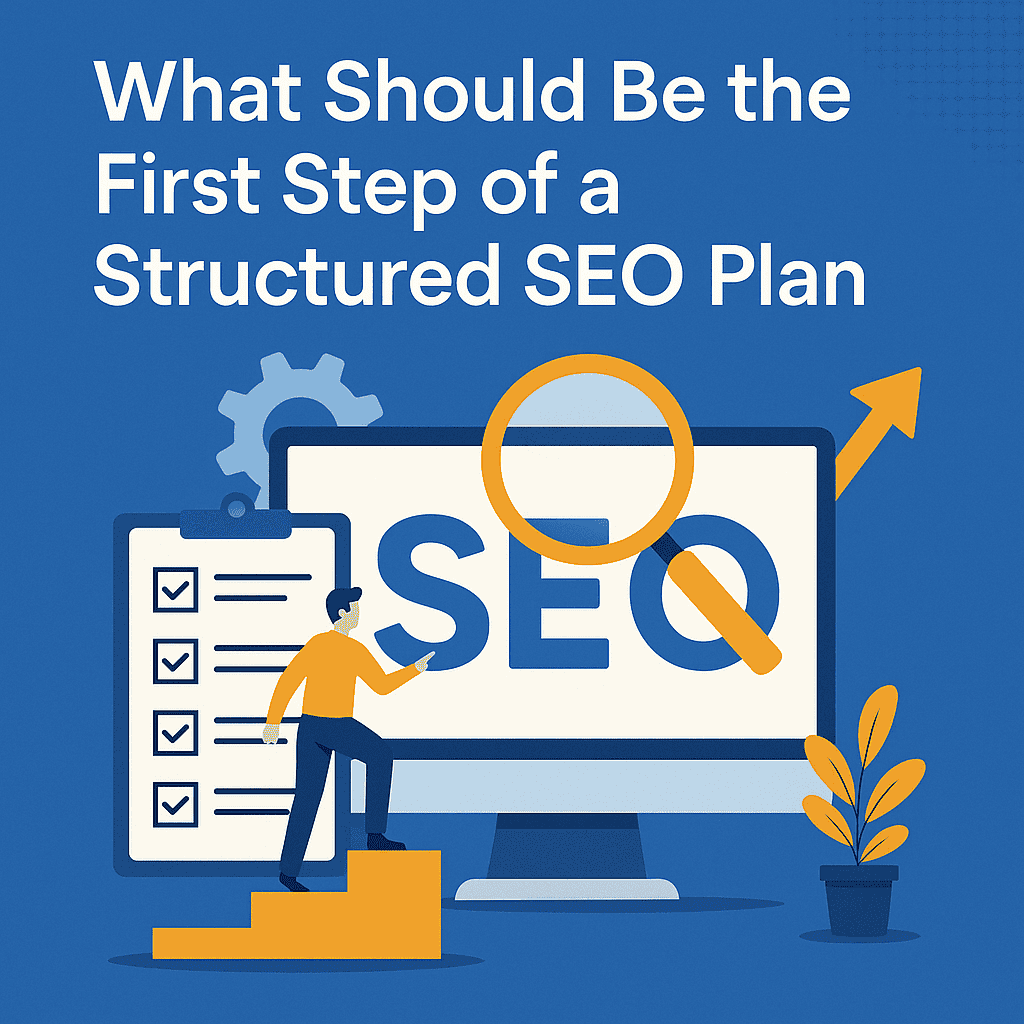
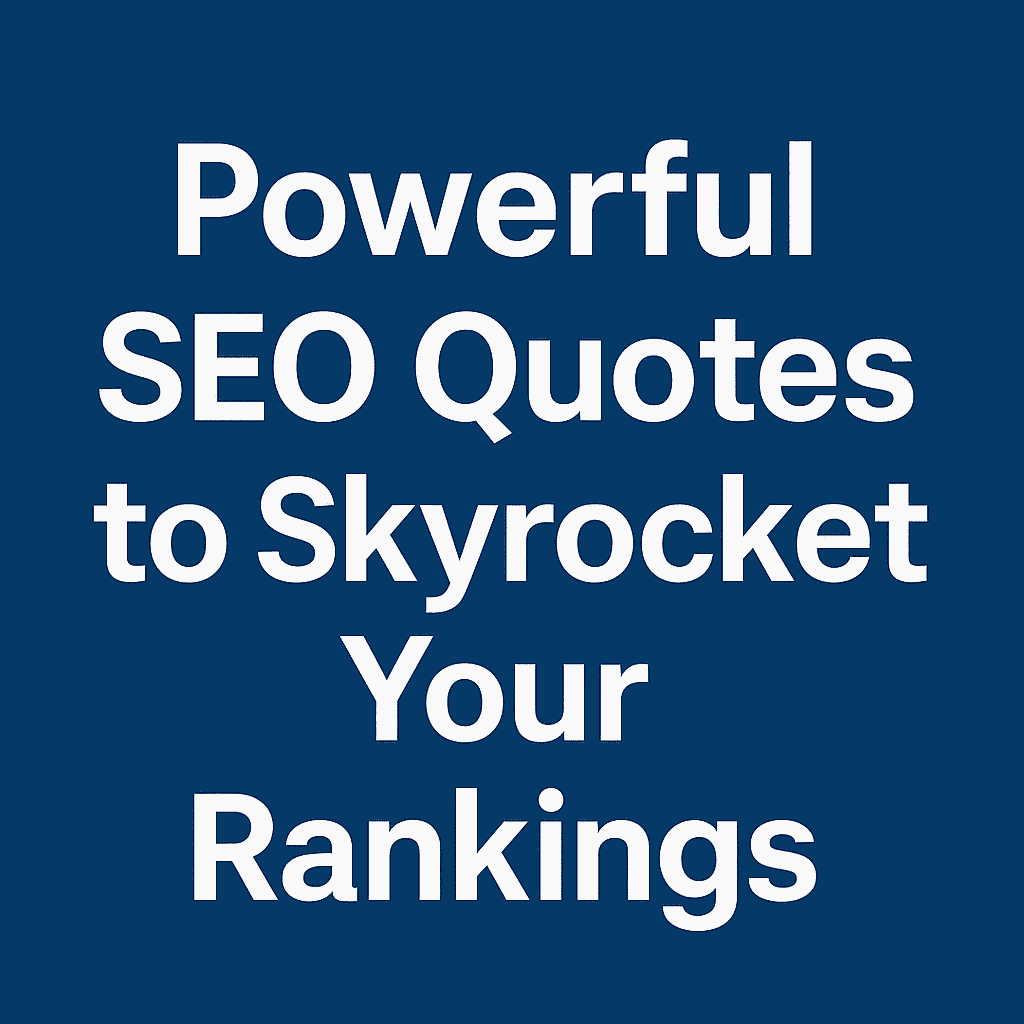
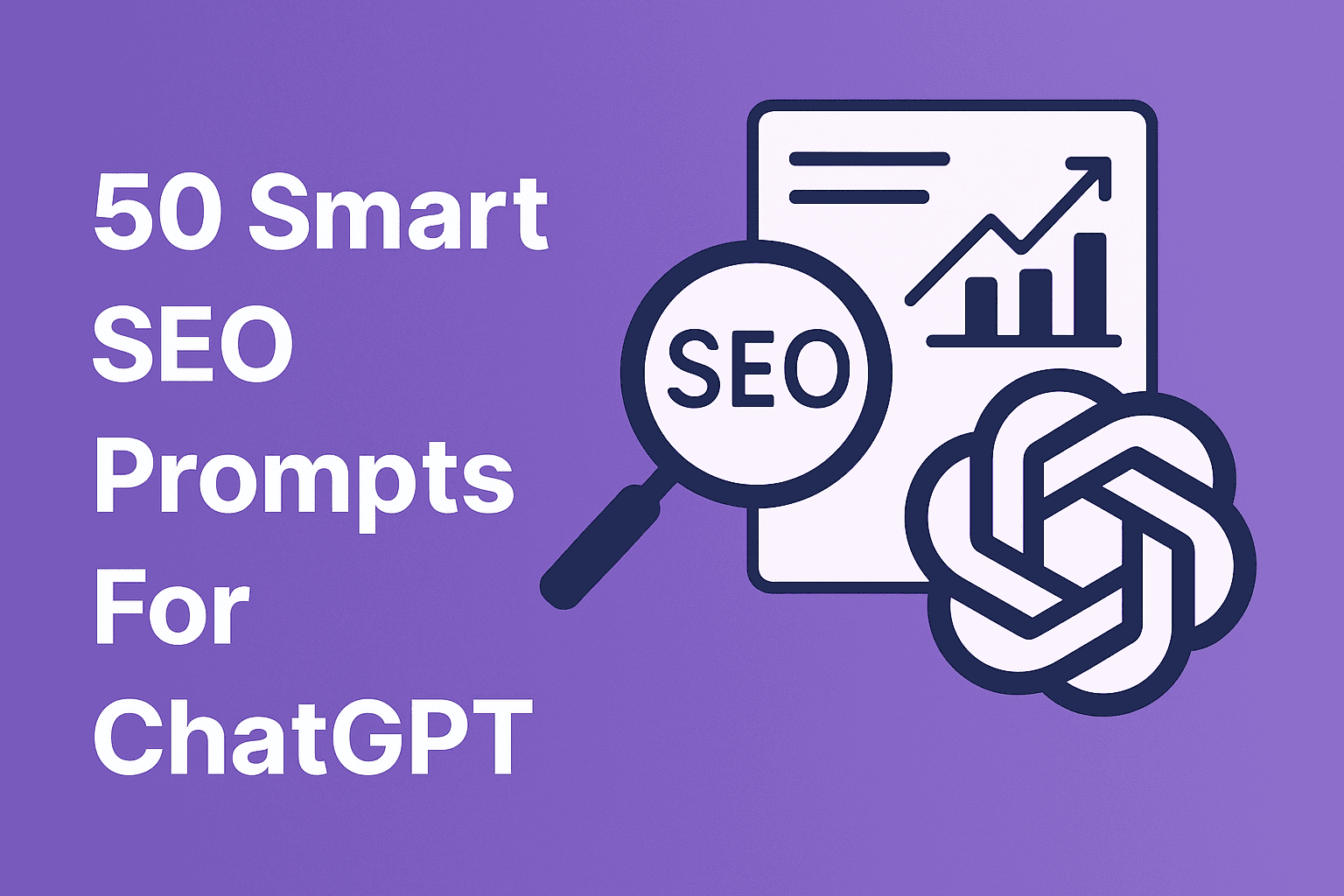
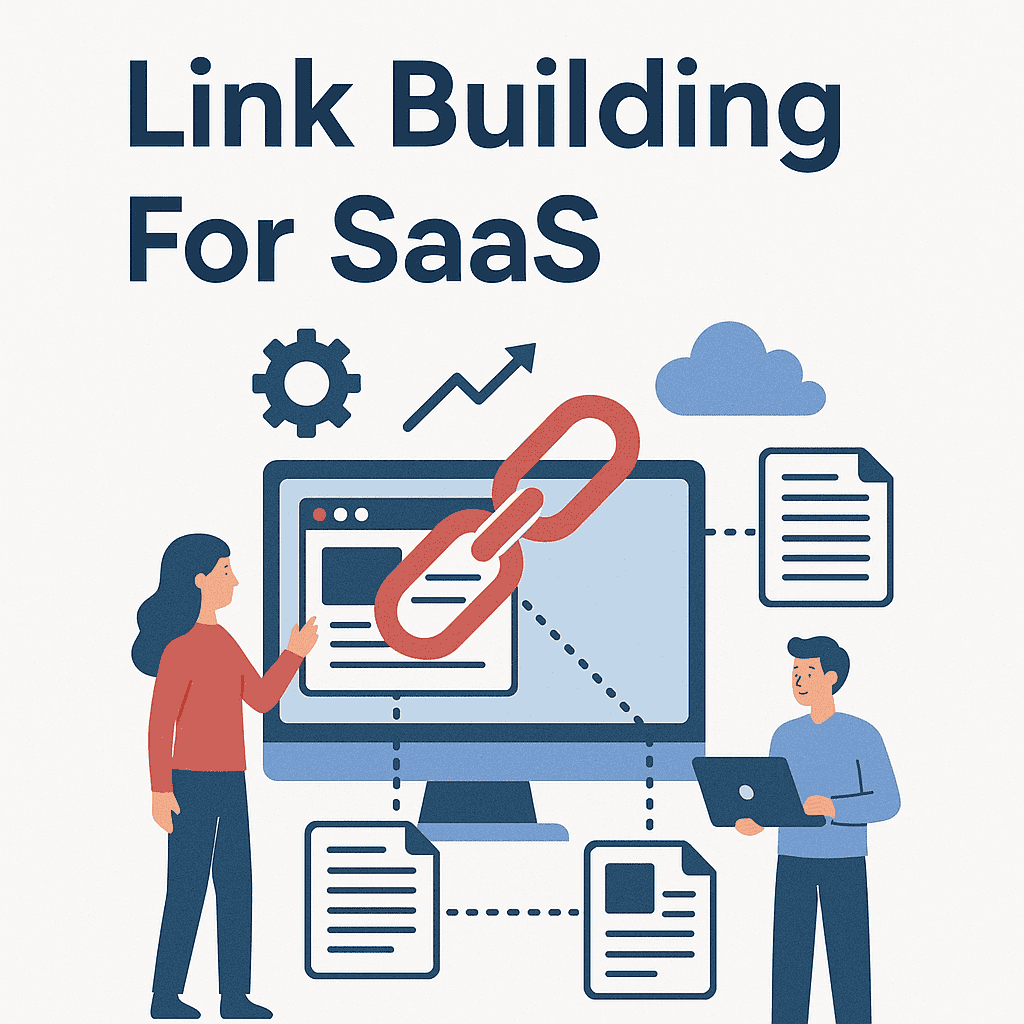
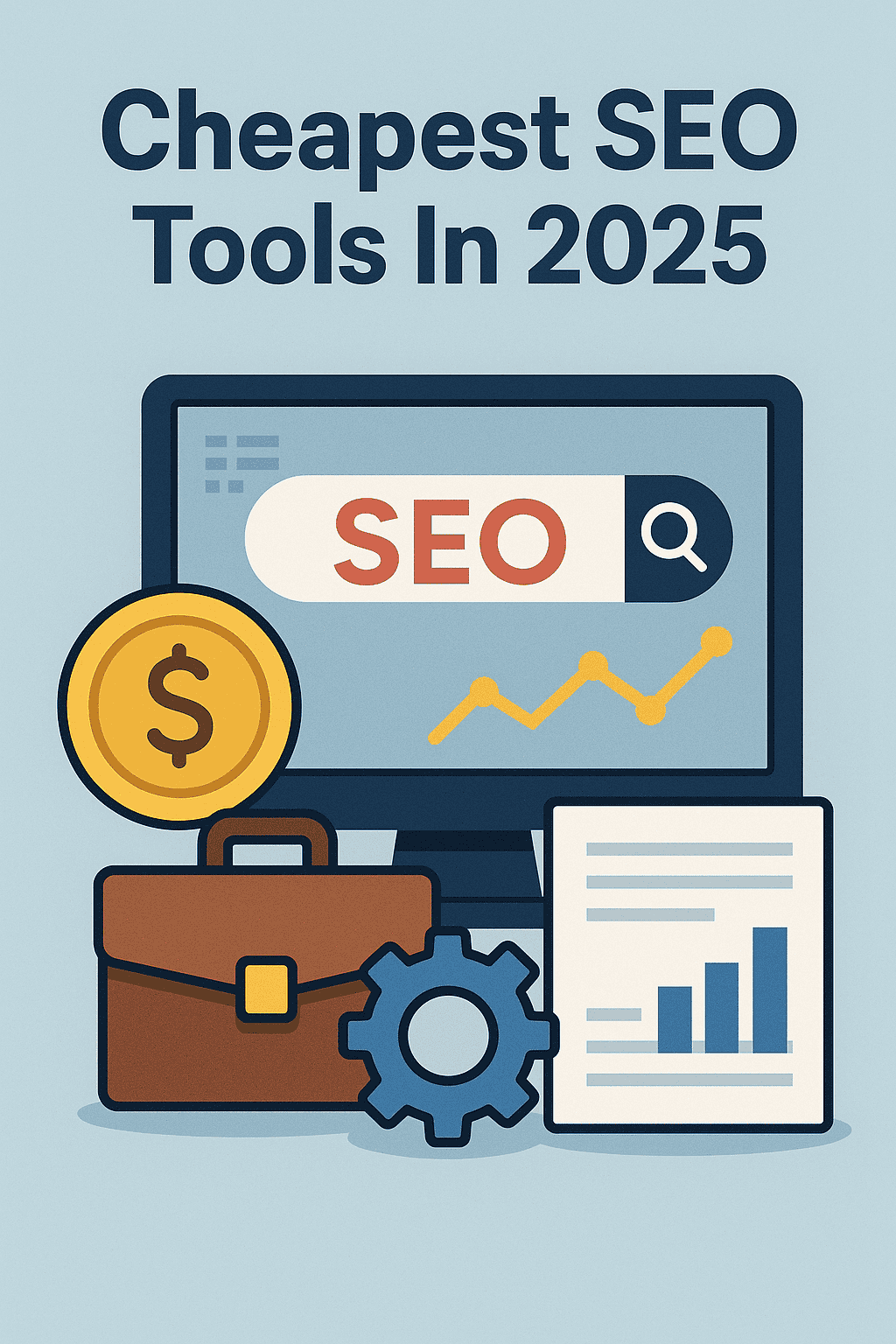
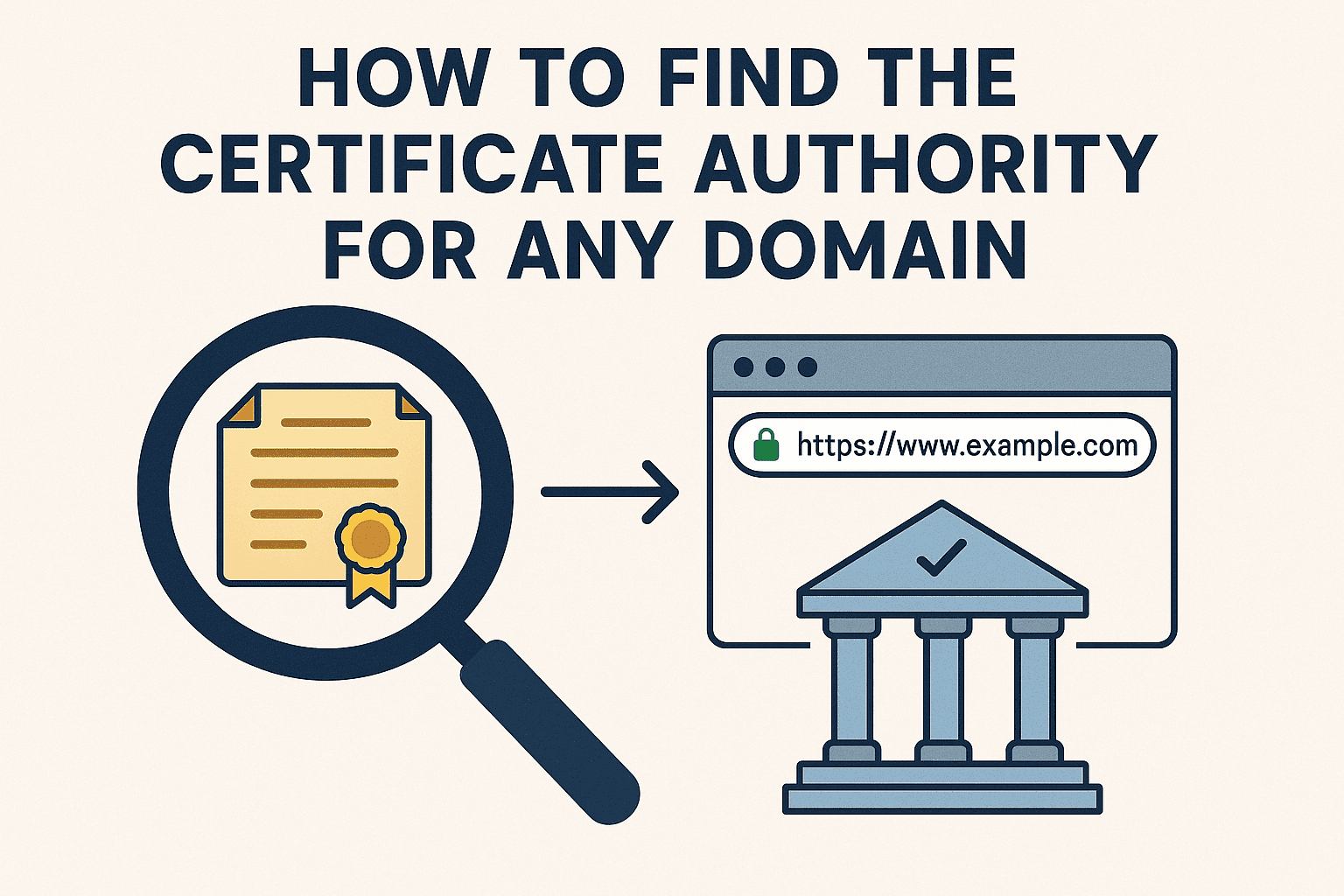
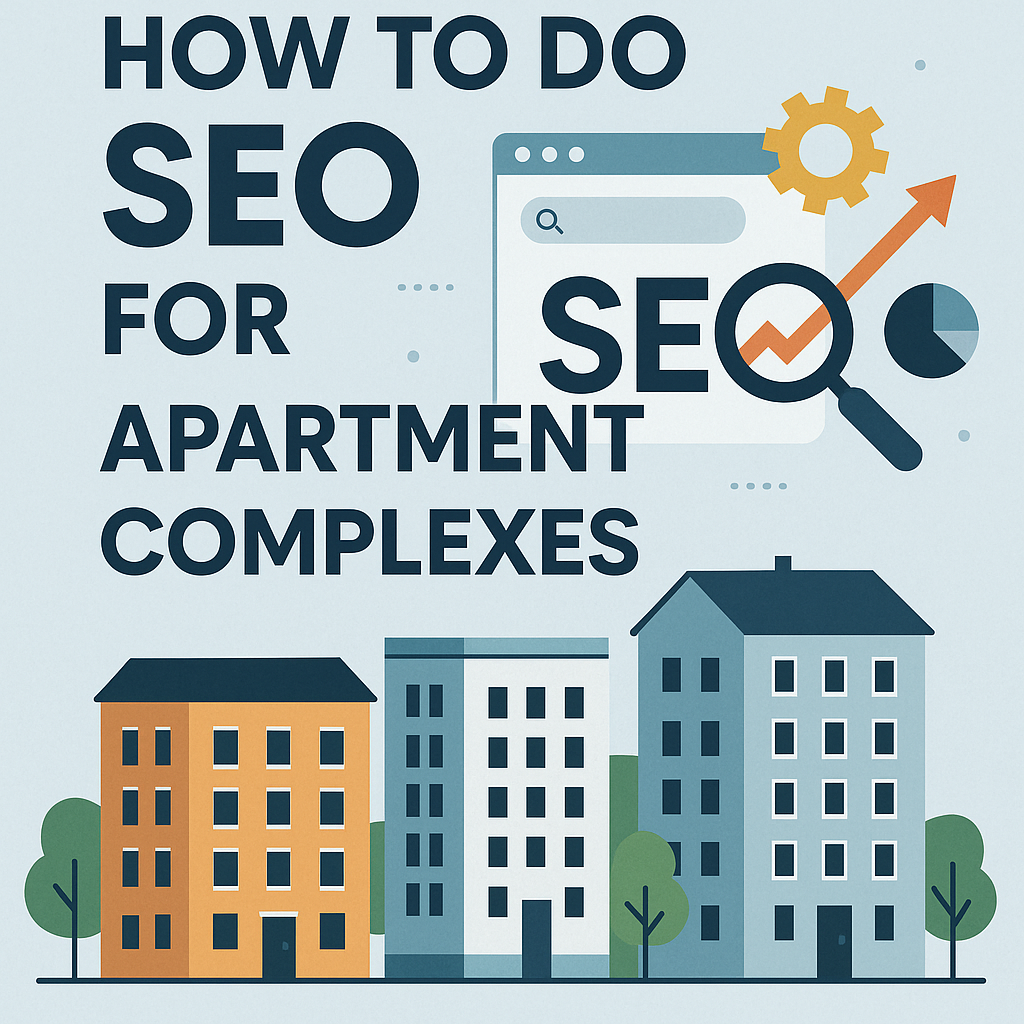
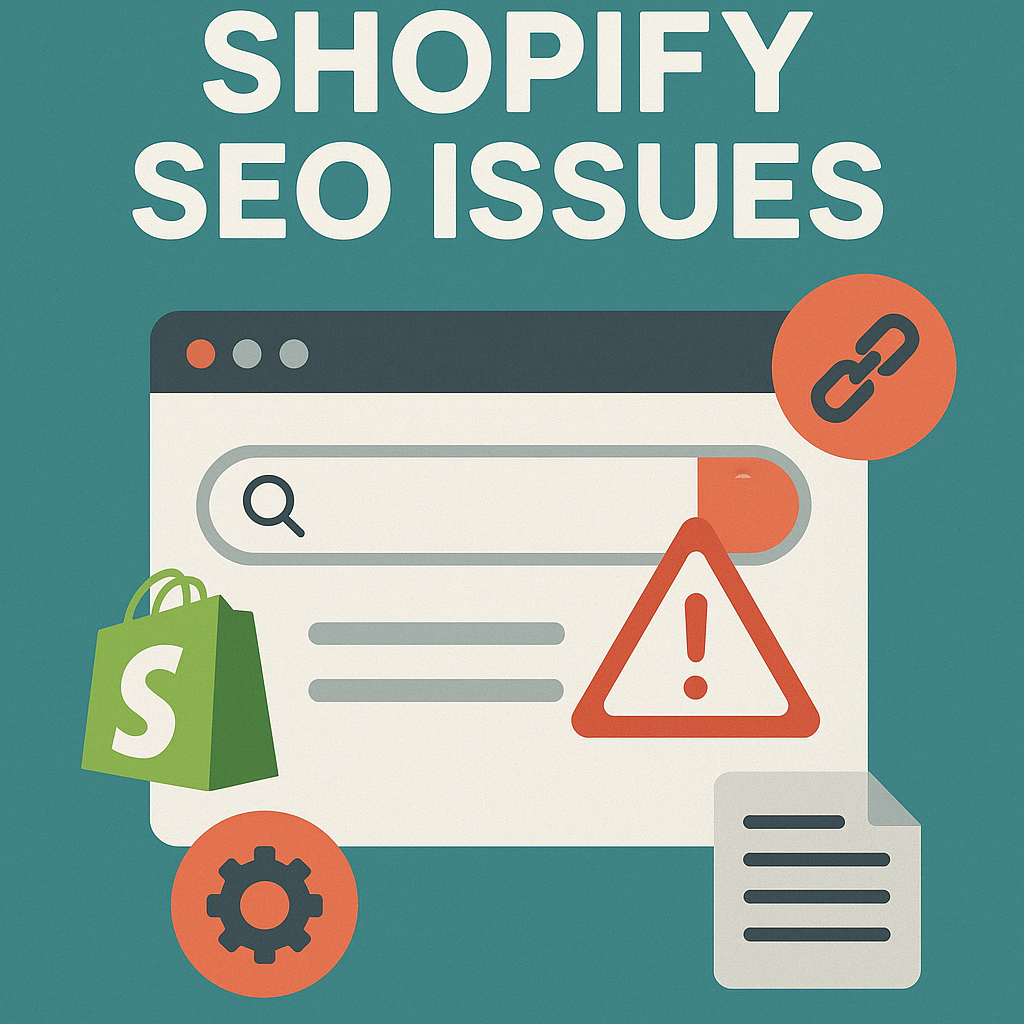
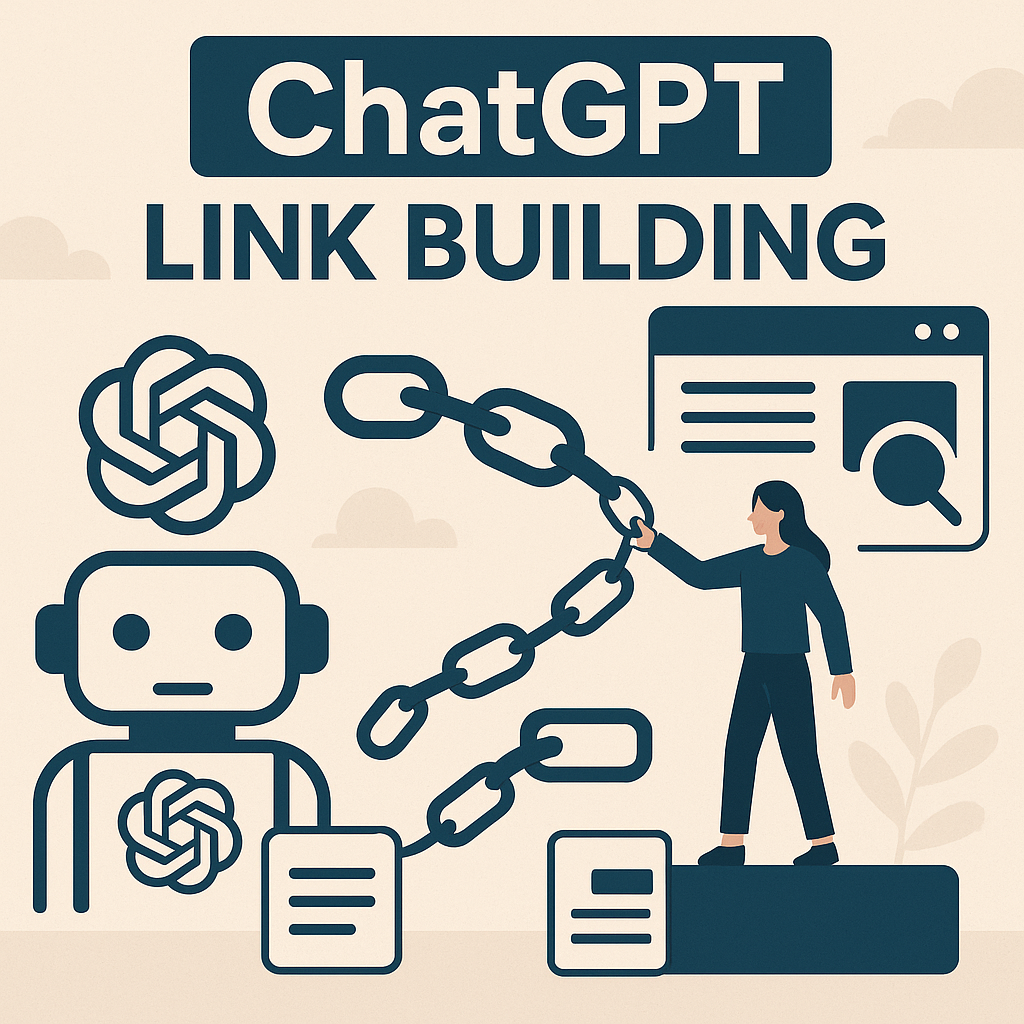
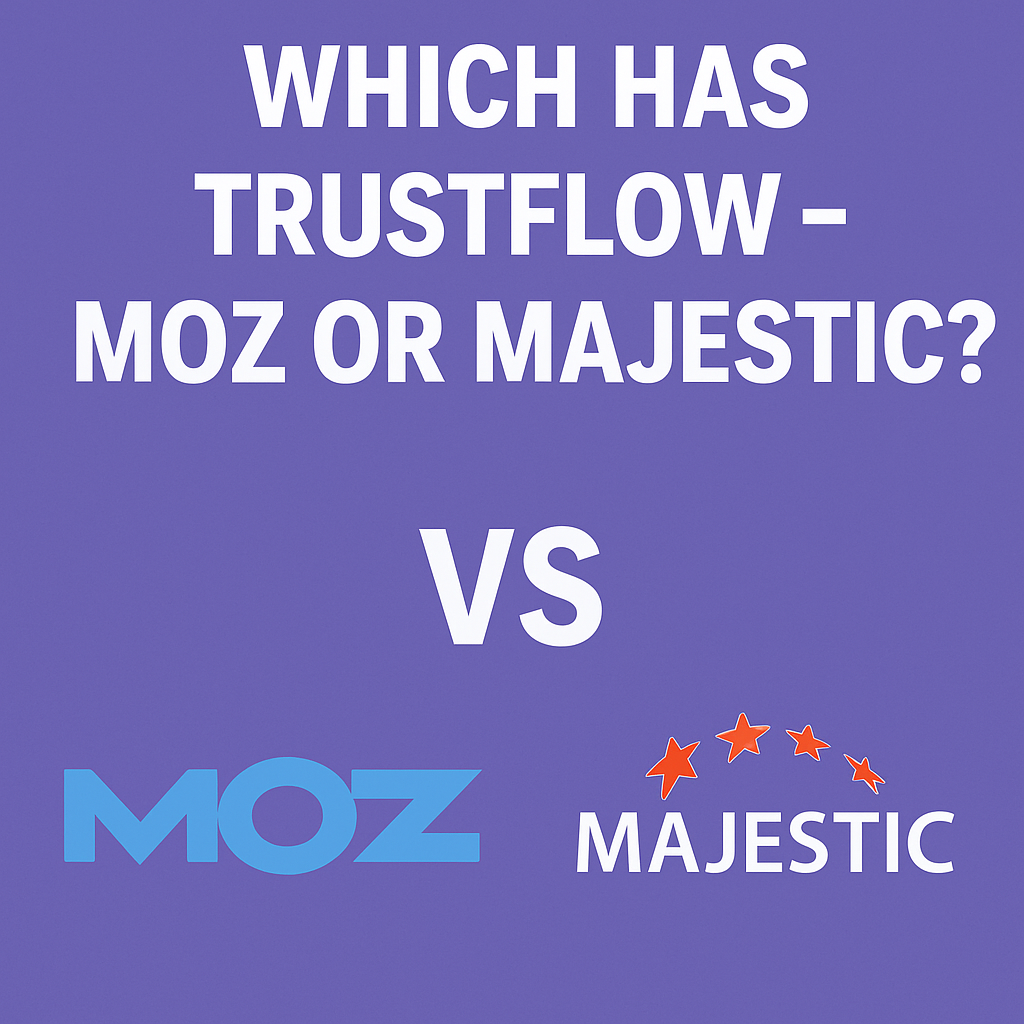
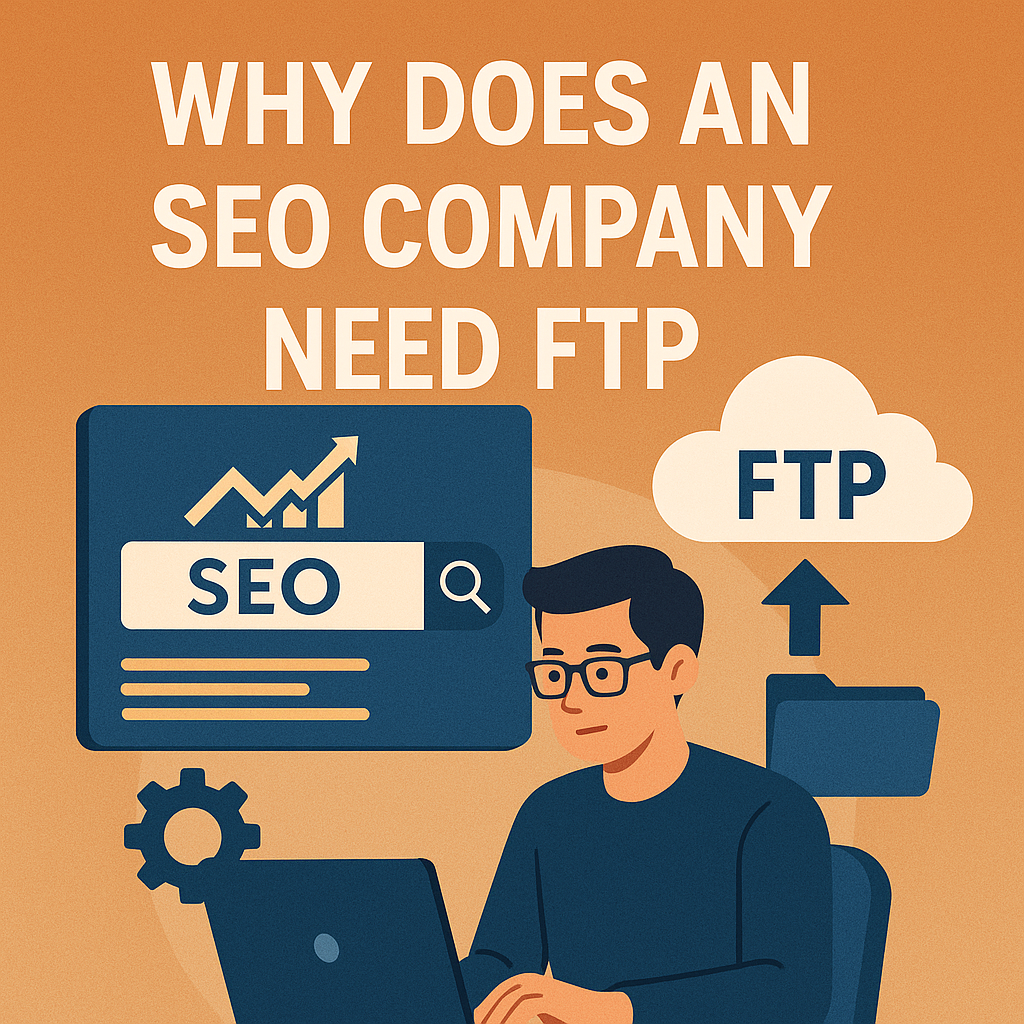
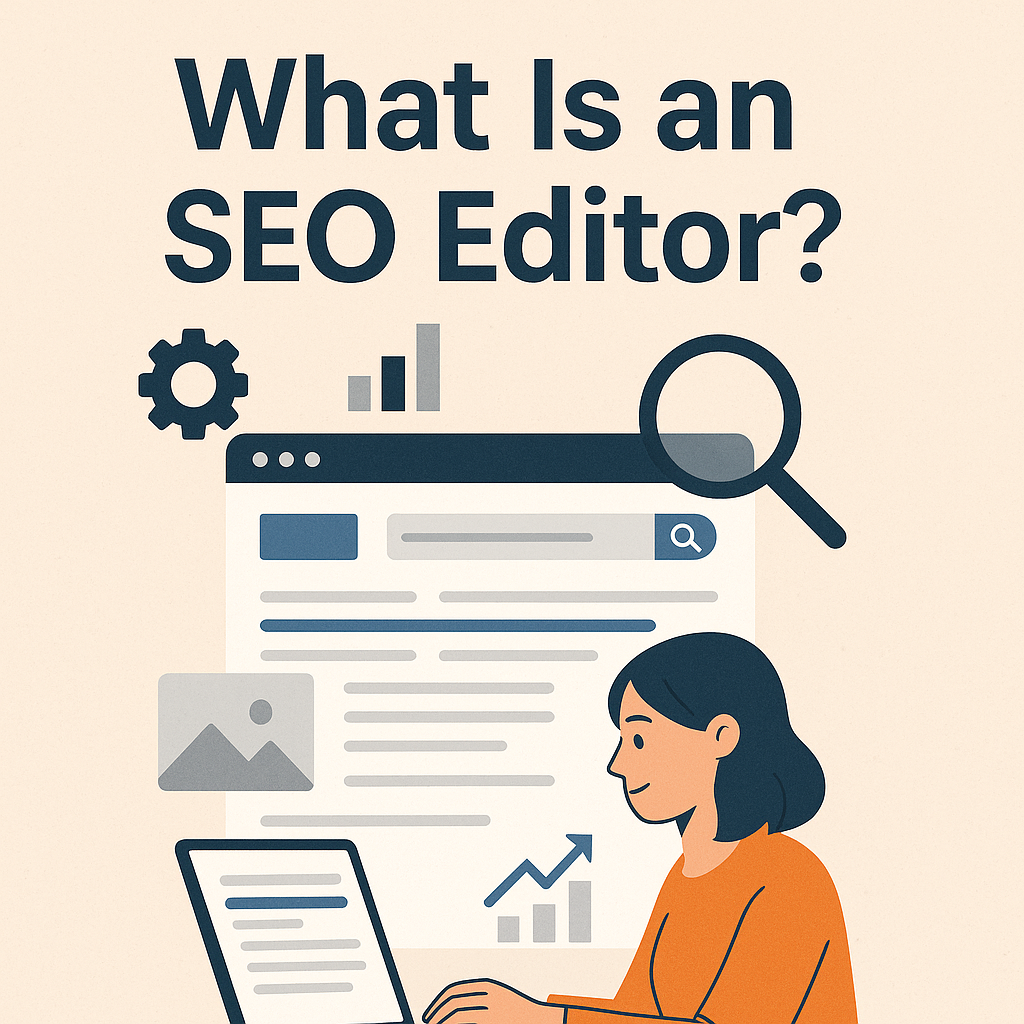
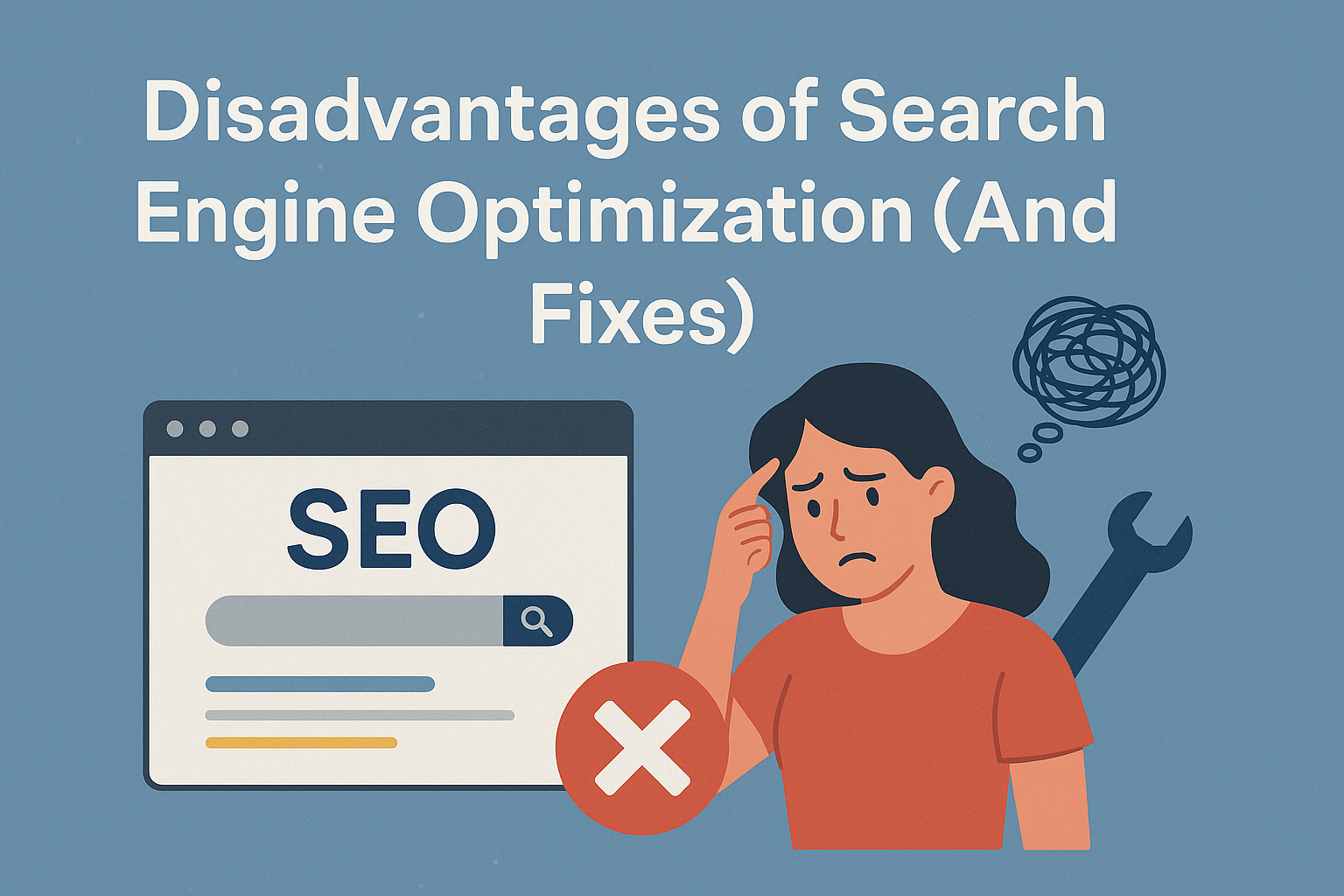
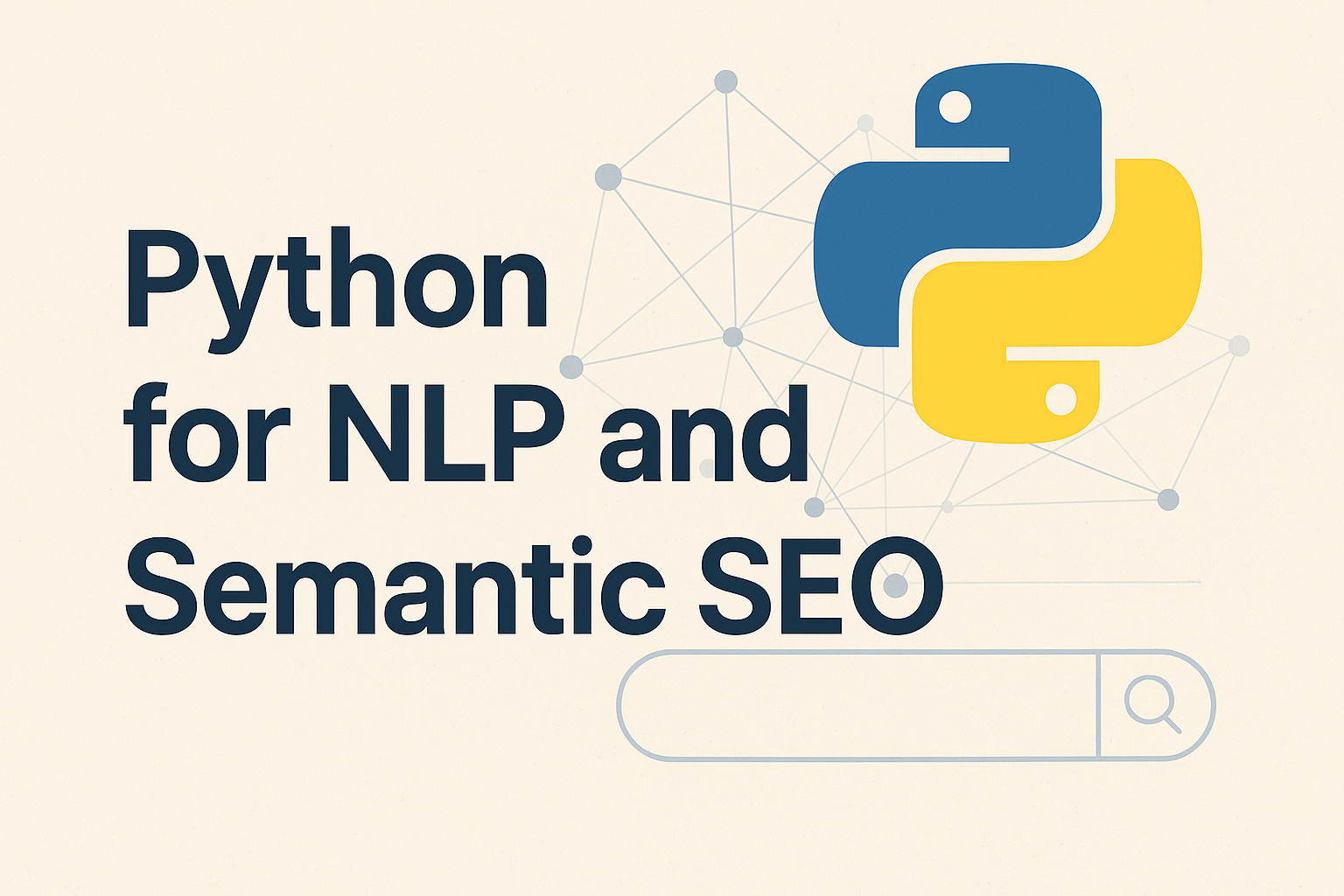
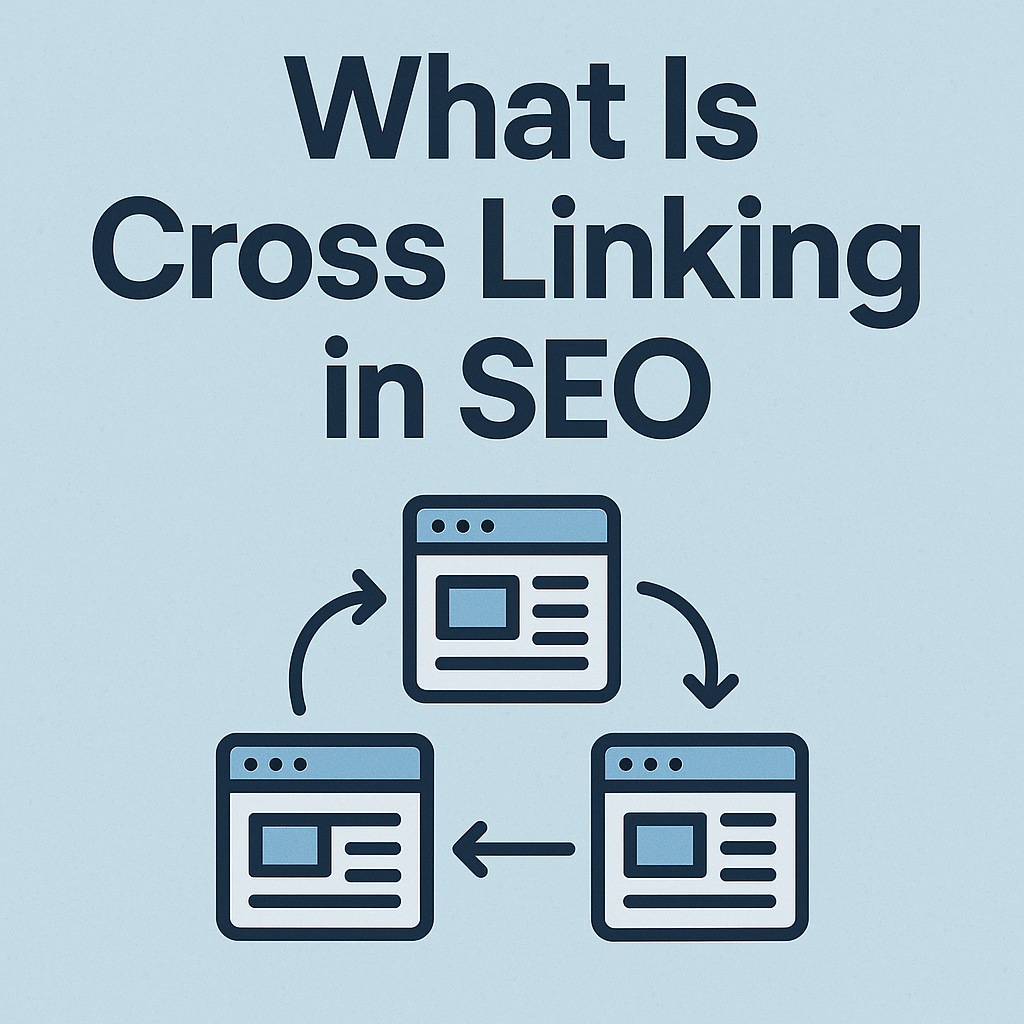

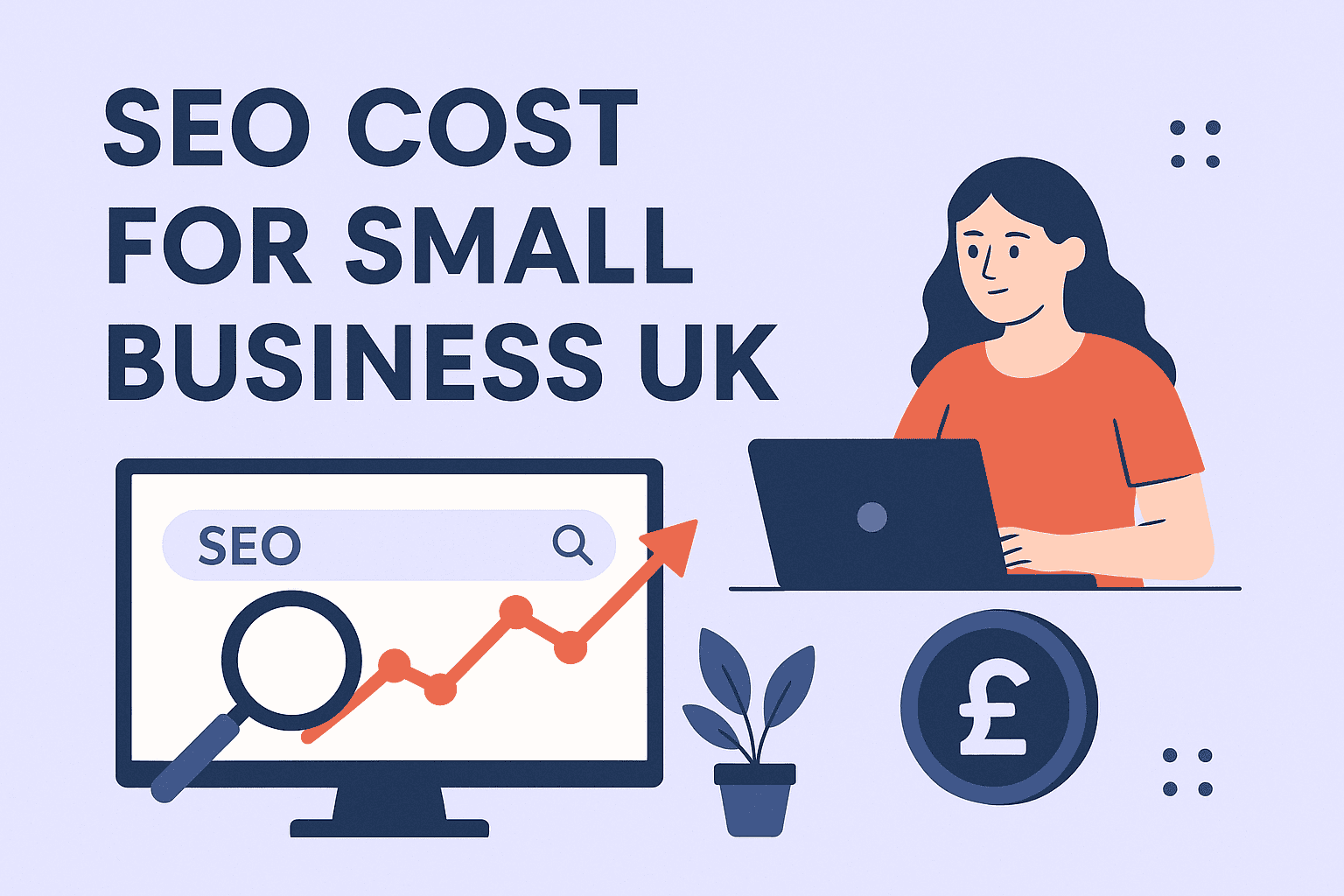
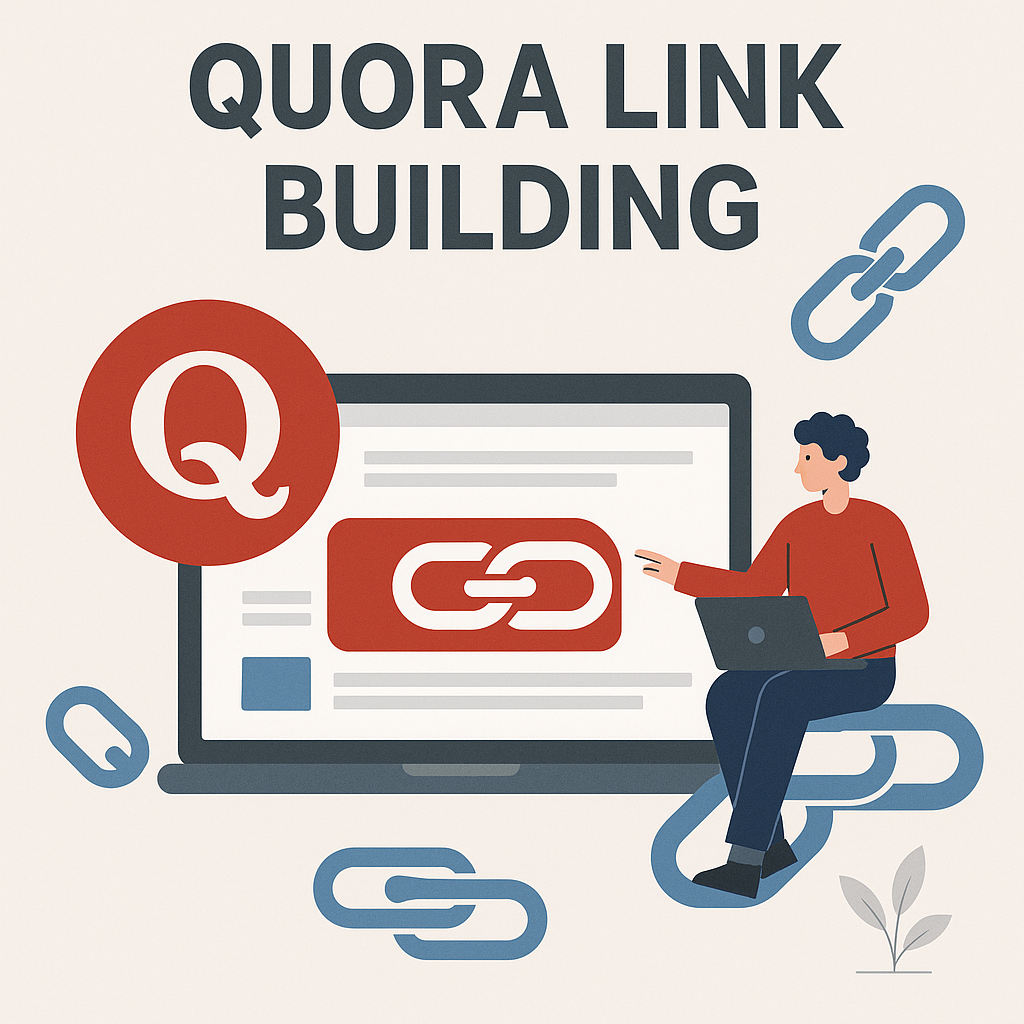
![How Many Outbound Links Per Blog [2025 Updated]](https://backlinkmanagement.io/wp-content/uploads/2025/06/How-Many-Outbound-Links-Per-Blog.png)
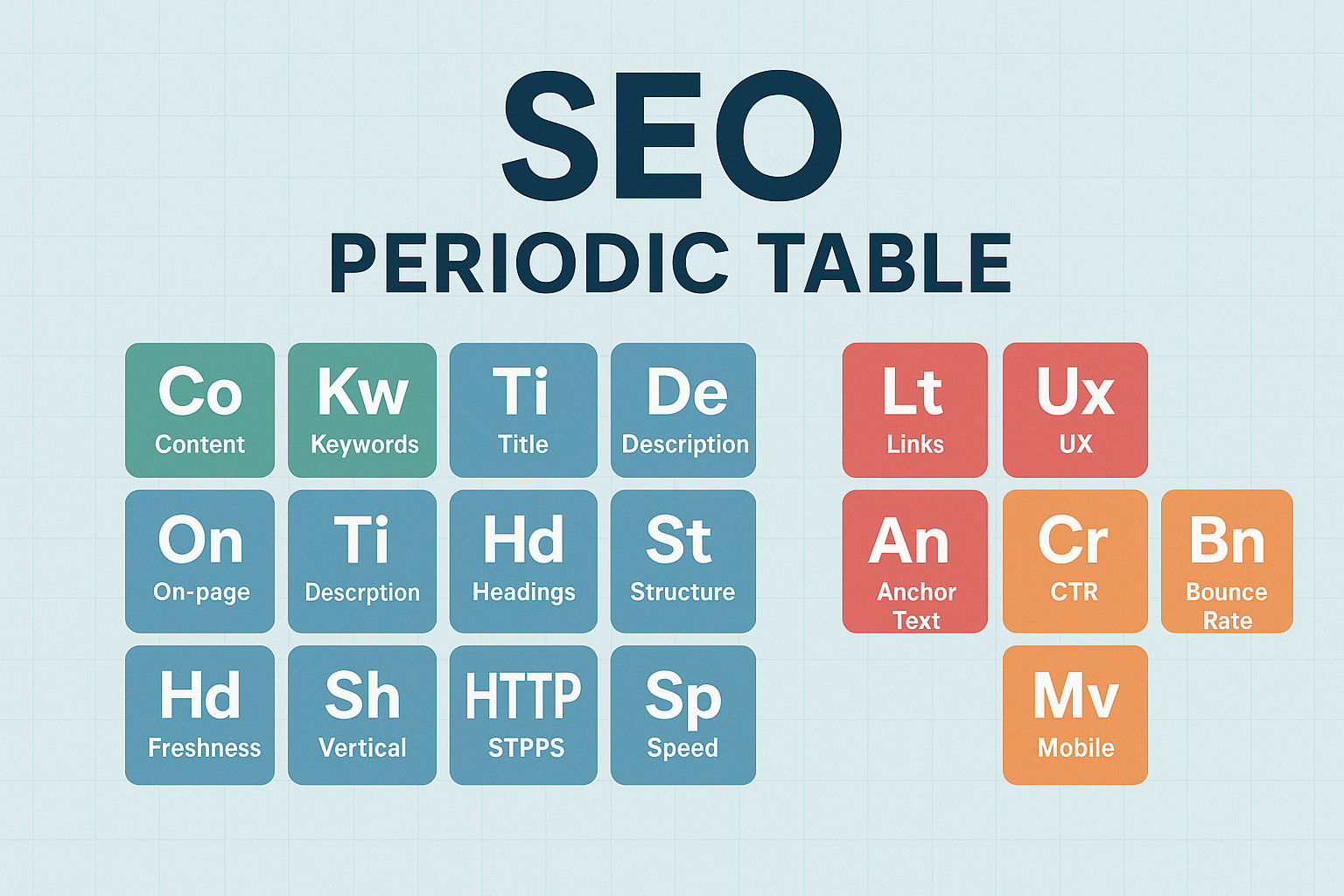
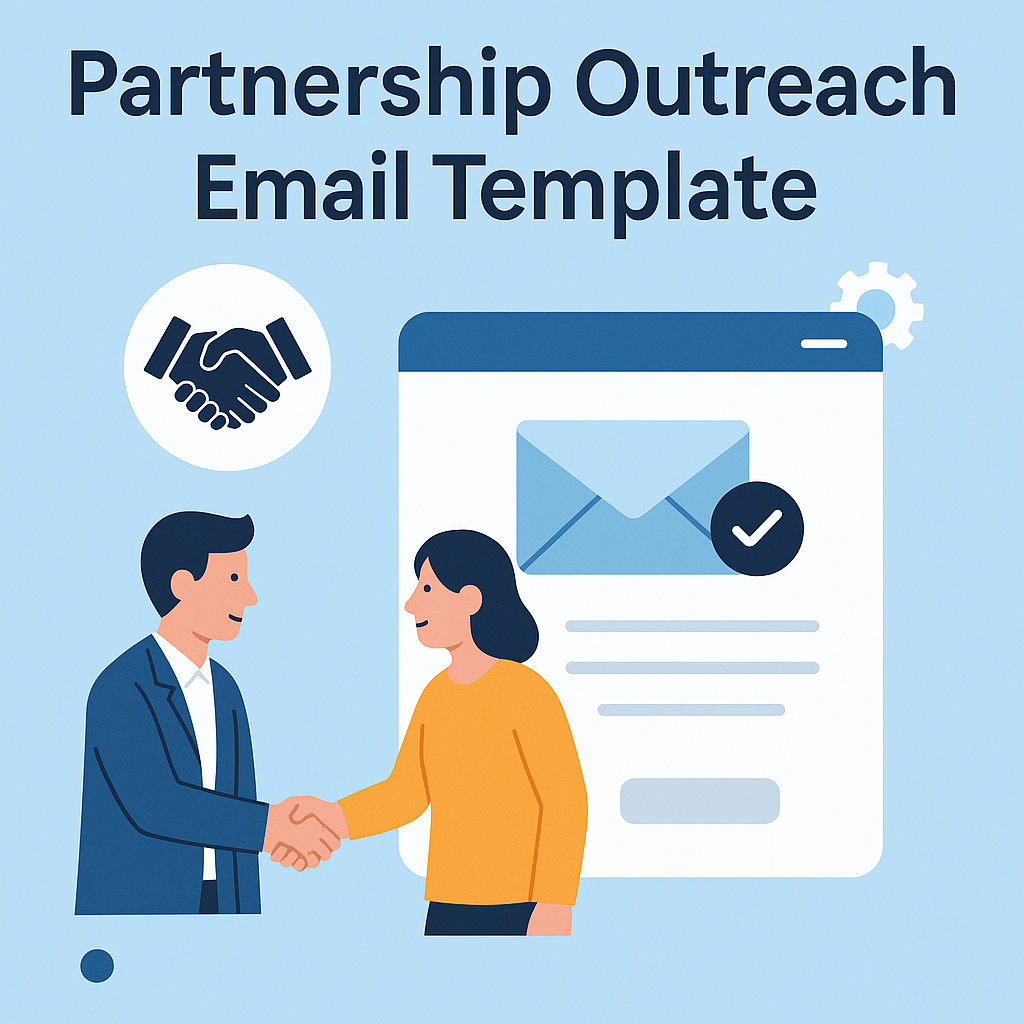
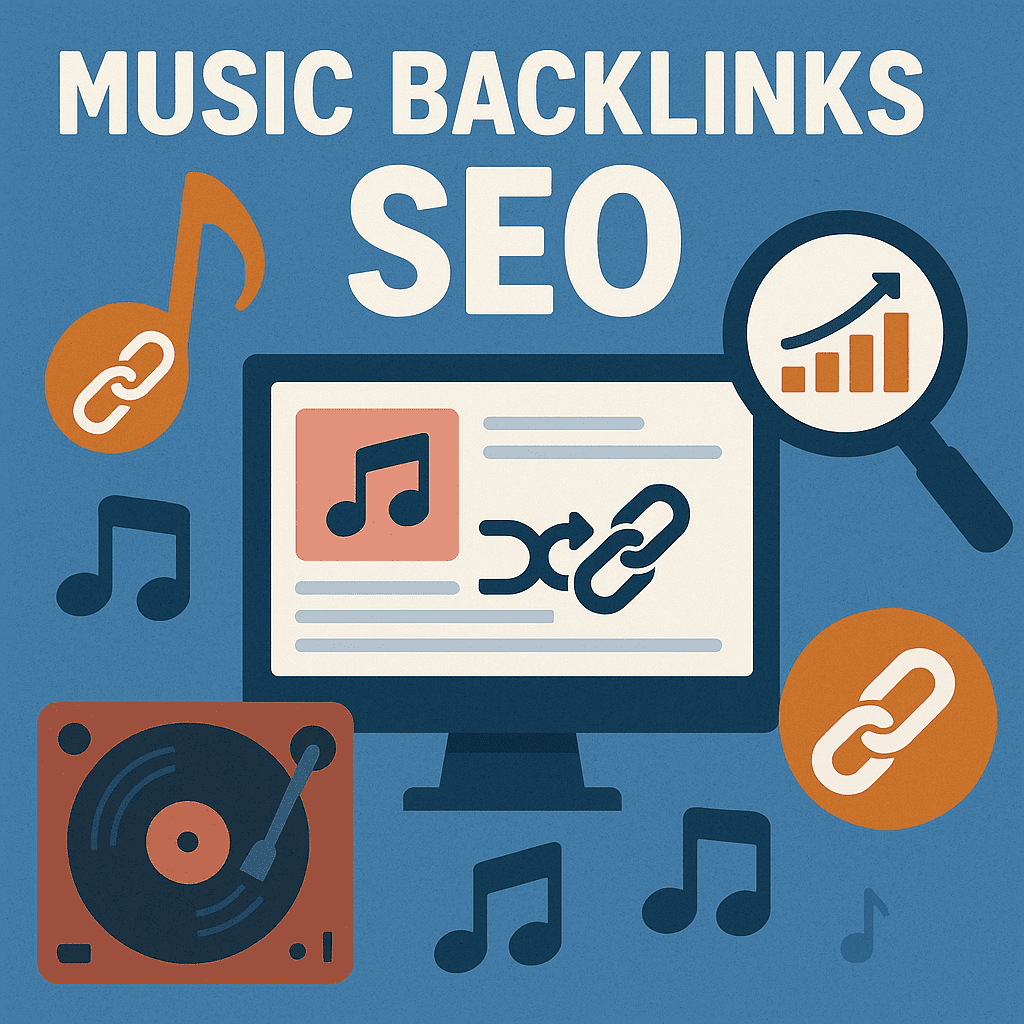

![B2B and B2C Website Examples [2025 Updated]](https://backlinkmanagement.io/wp-content/uploads/2025/05/B2B-and-B2C-Website-Example-.png)
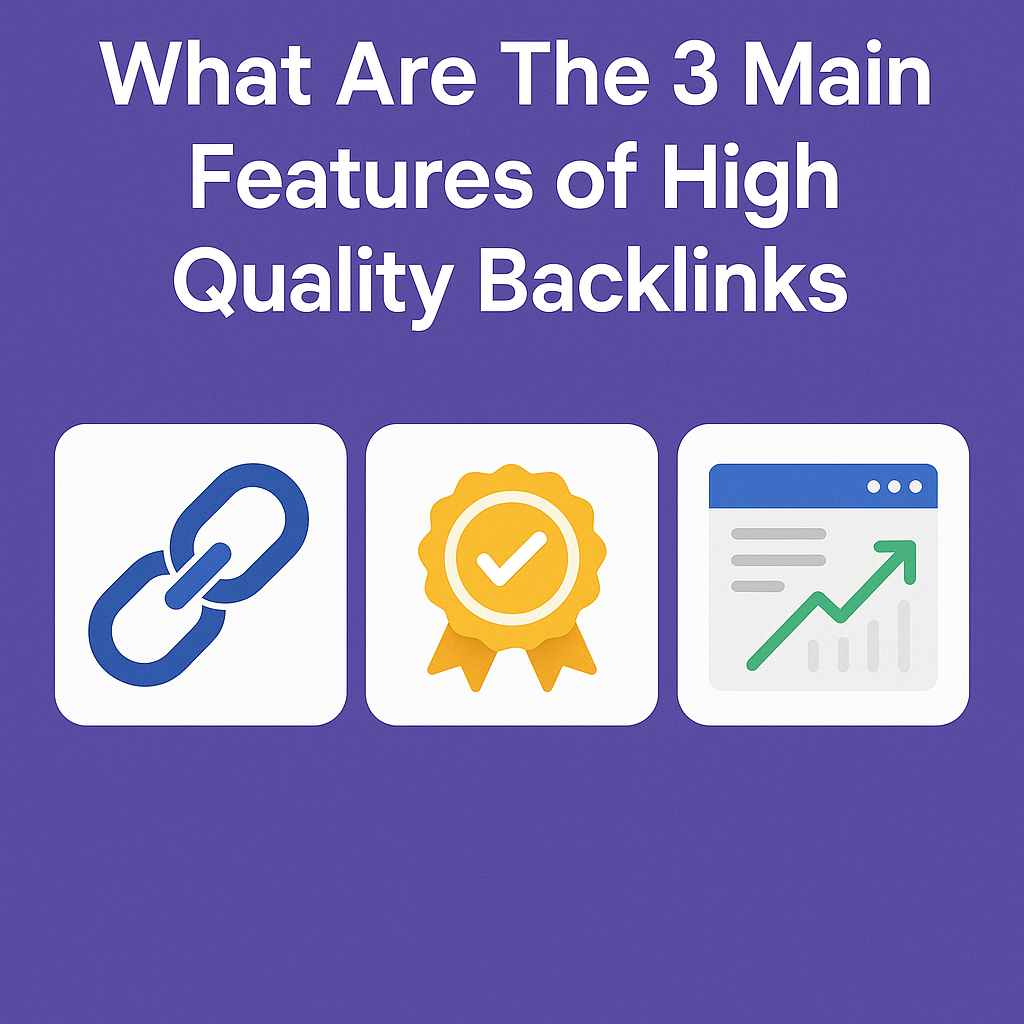
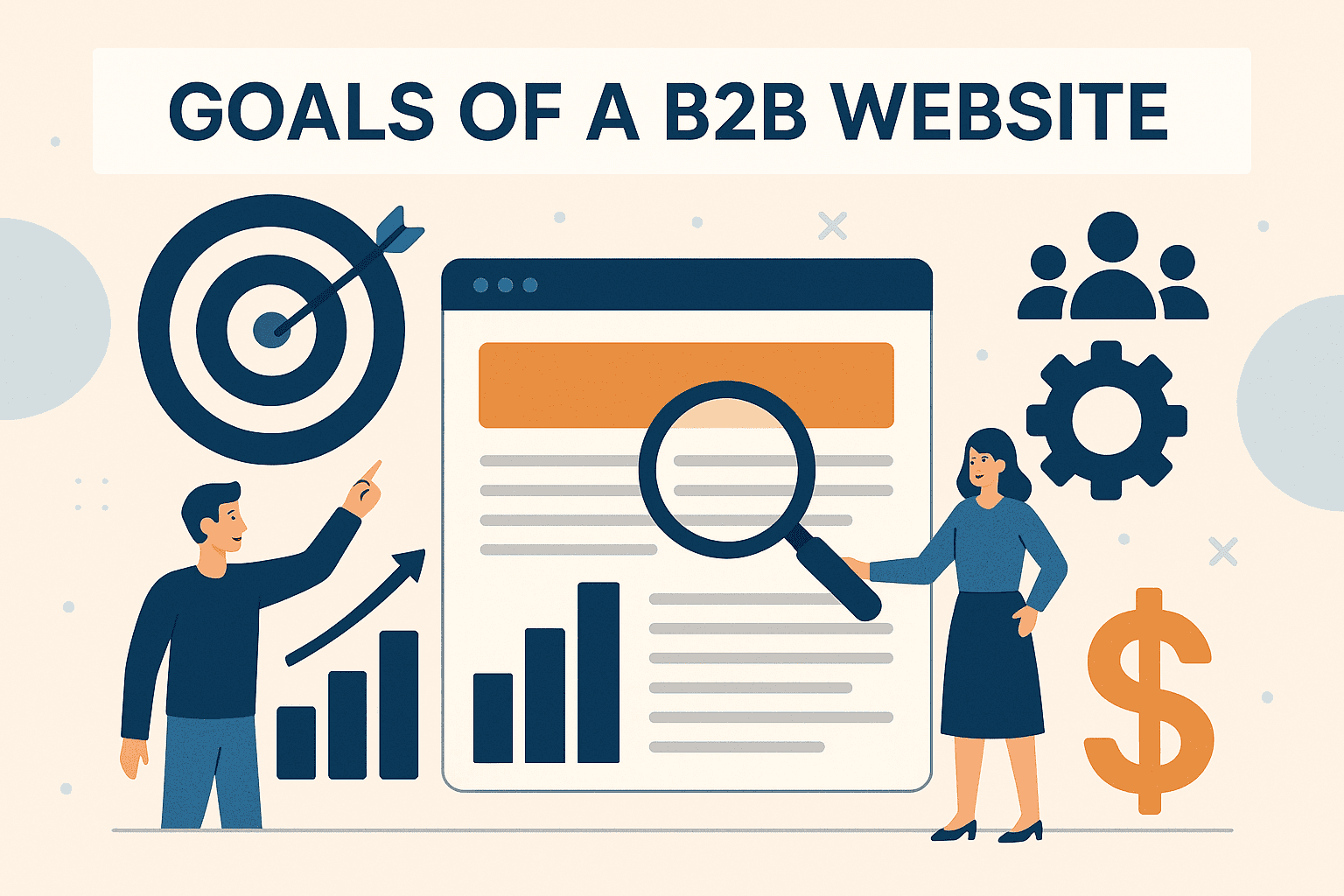
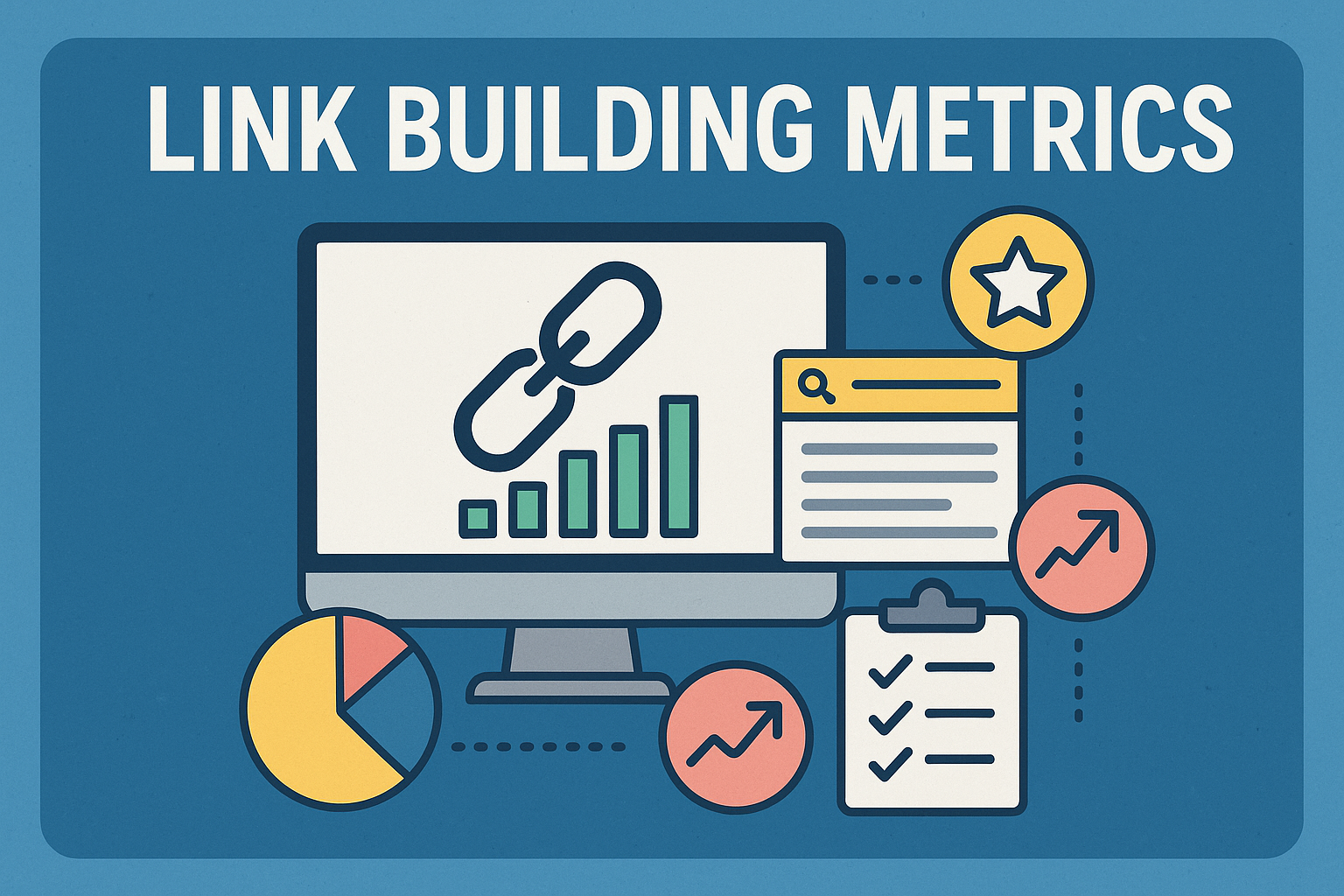
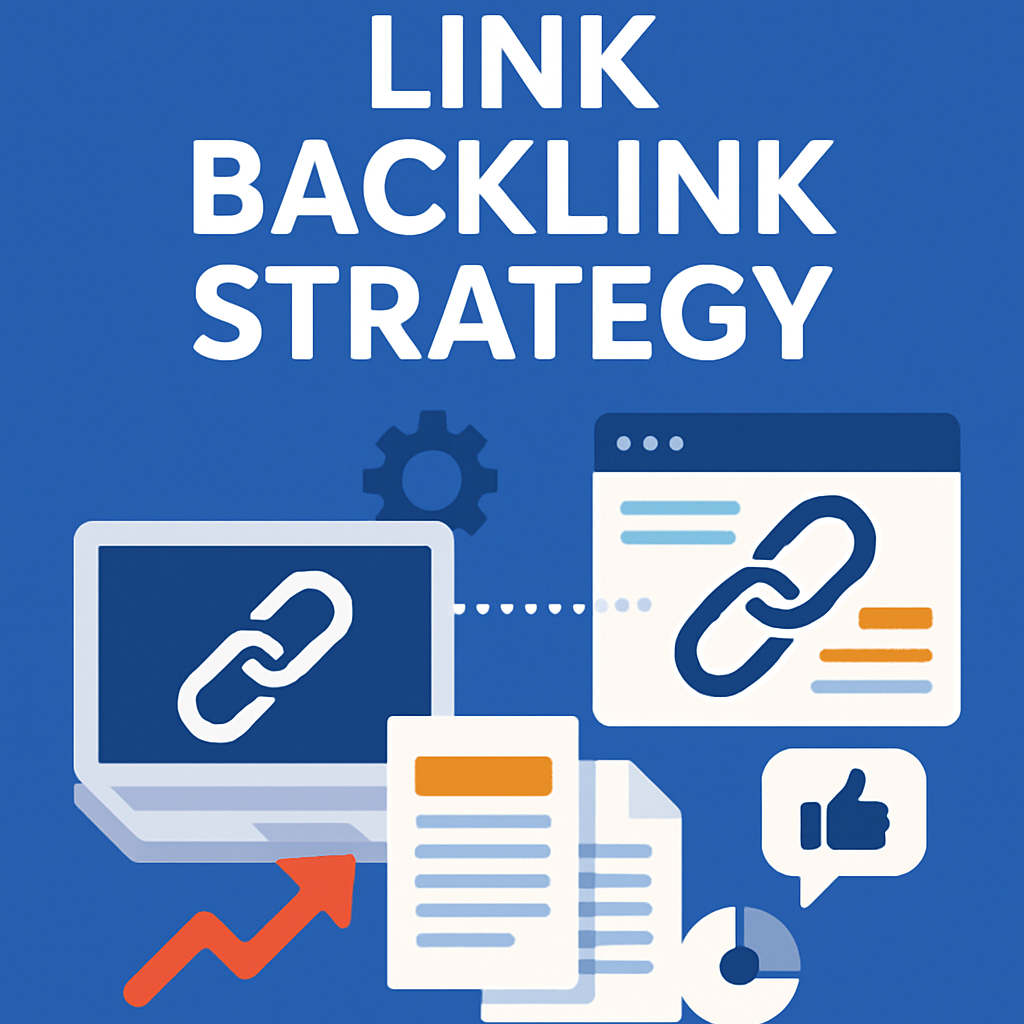
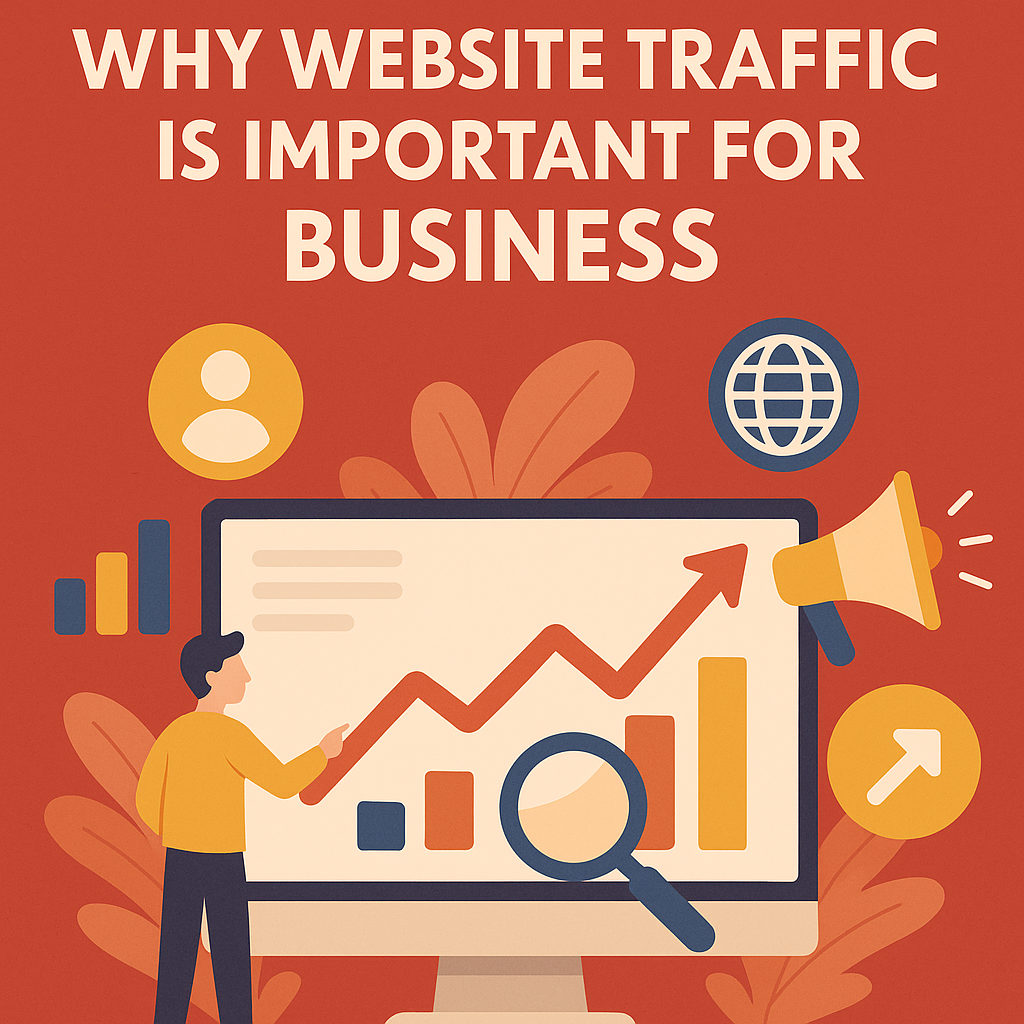
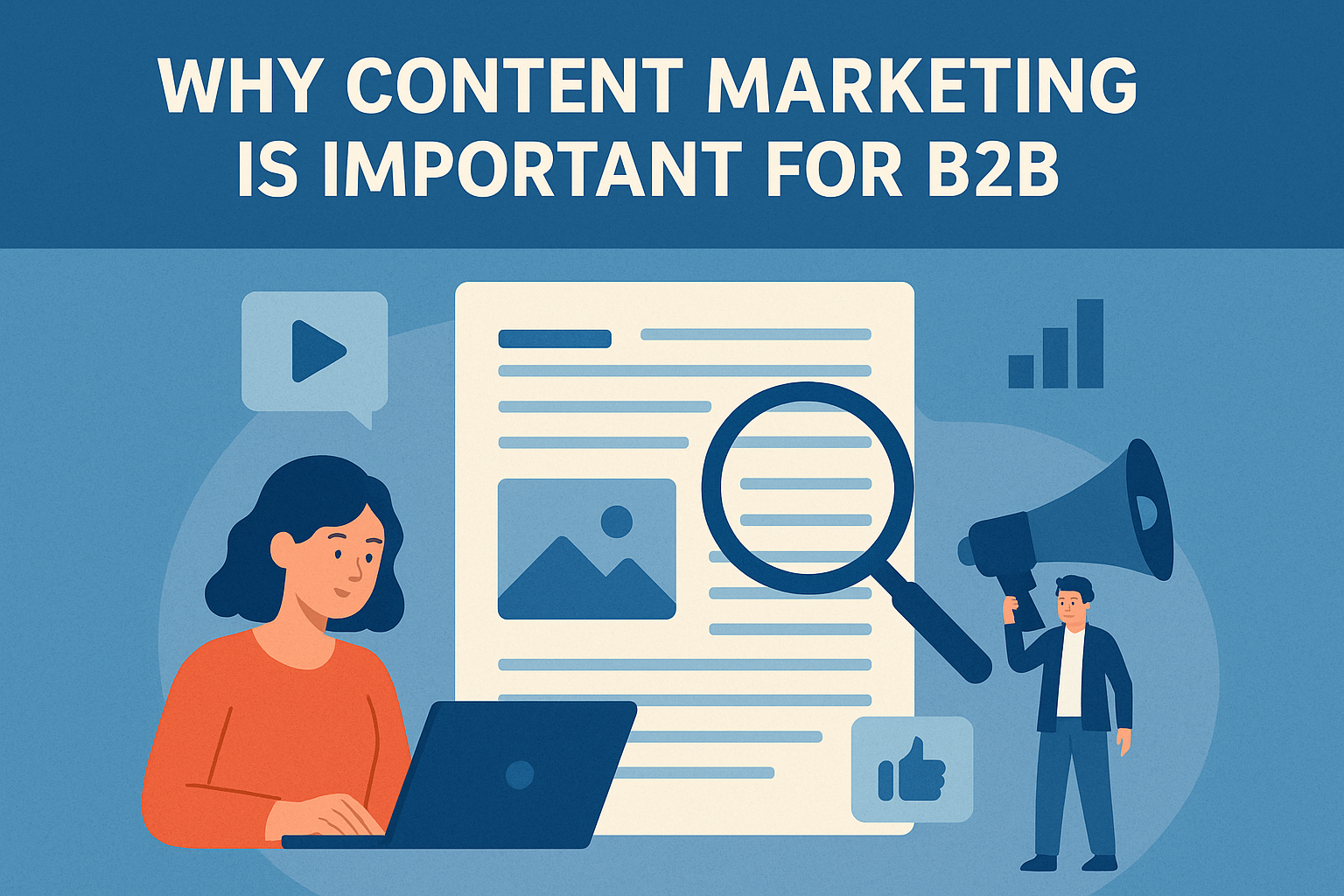
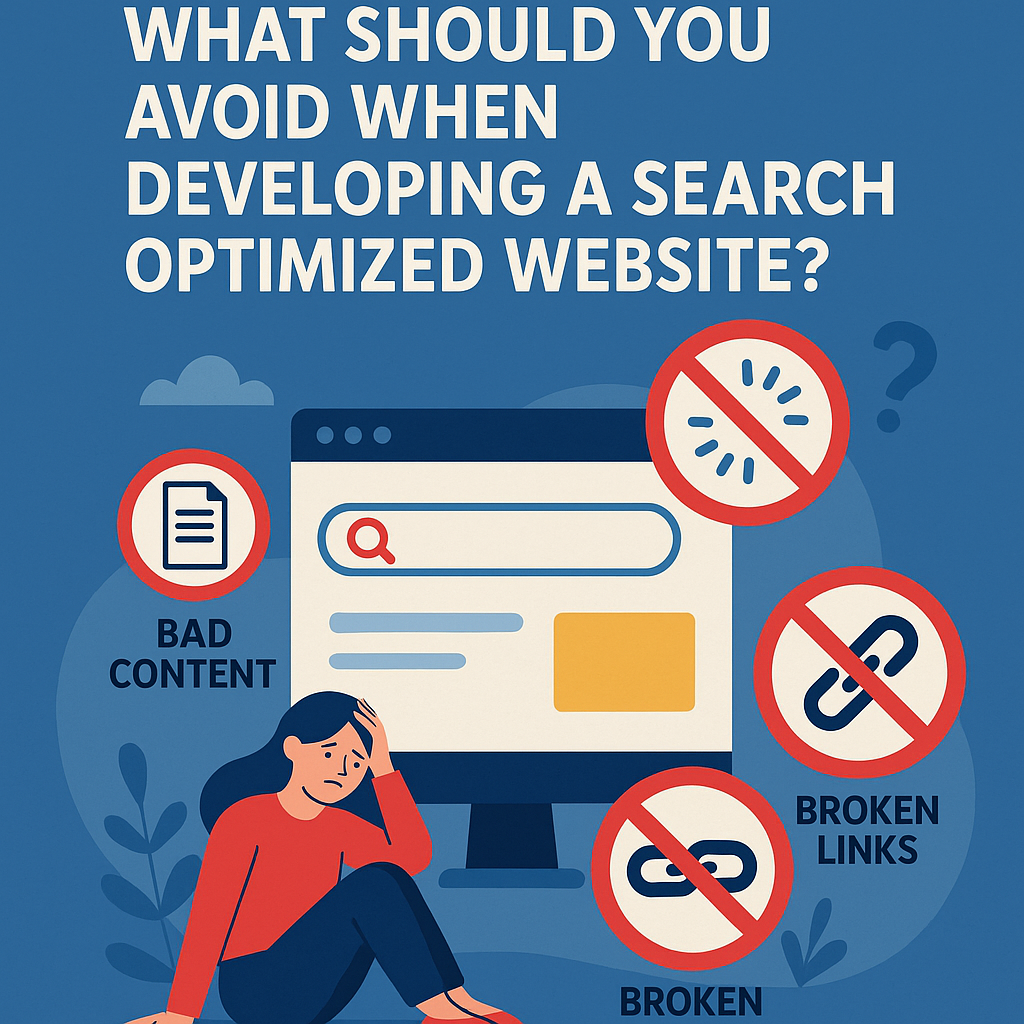
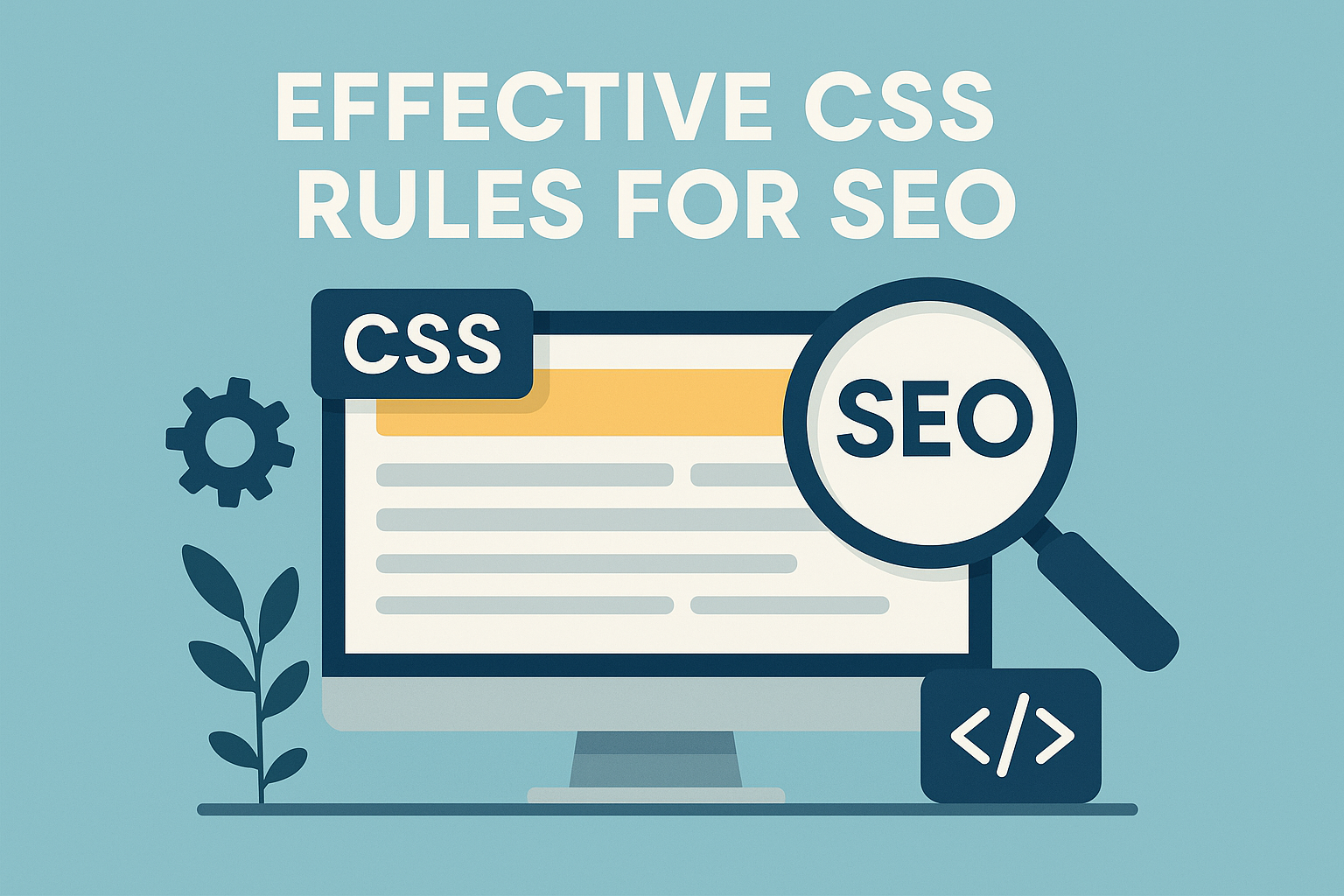
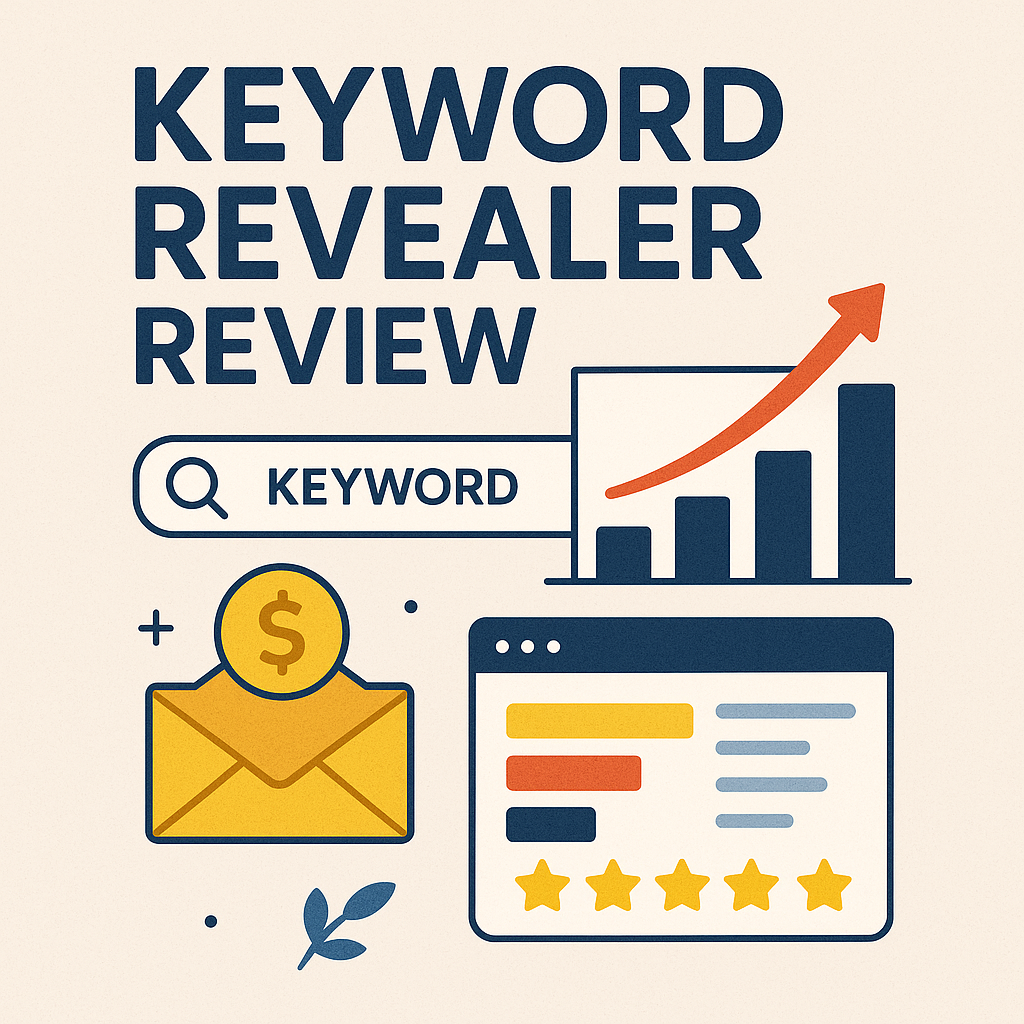
![What To Do After Keyword Research [2025 Guide]](https://backlinkmanagement.io/wp-content/uploads/2025/05/What-To-Do-After-Keyword-Research.png)
![Is Page Speed Really A Ranking Factor? [2025]](https://backlinkmanagement.io/wp-content/uploads/2025/05/Is-Page-Speed-Really-A-Ranking-Factor.png)
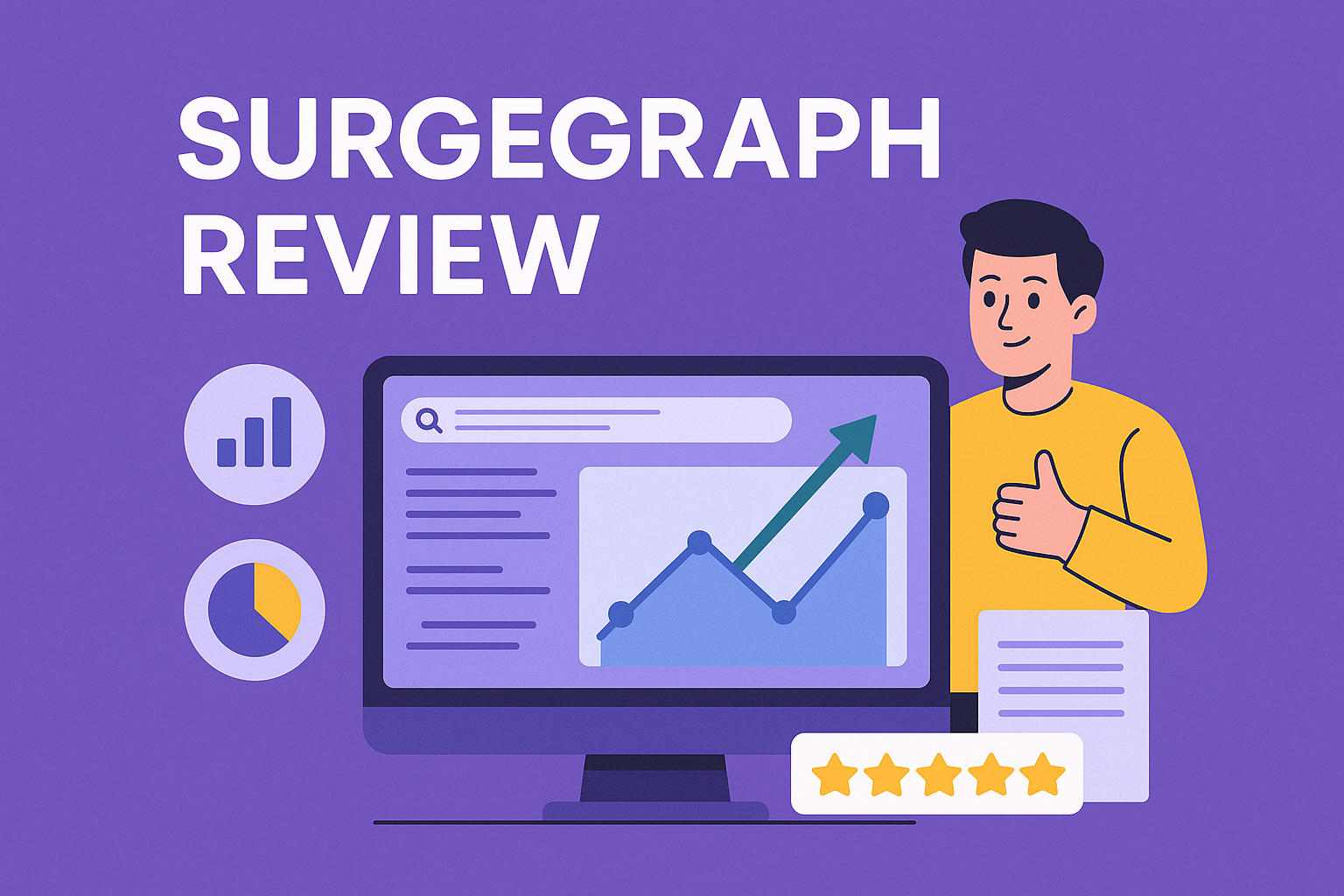
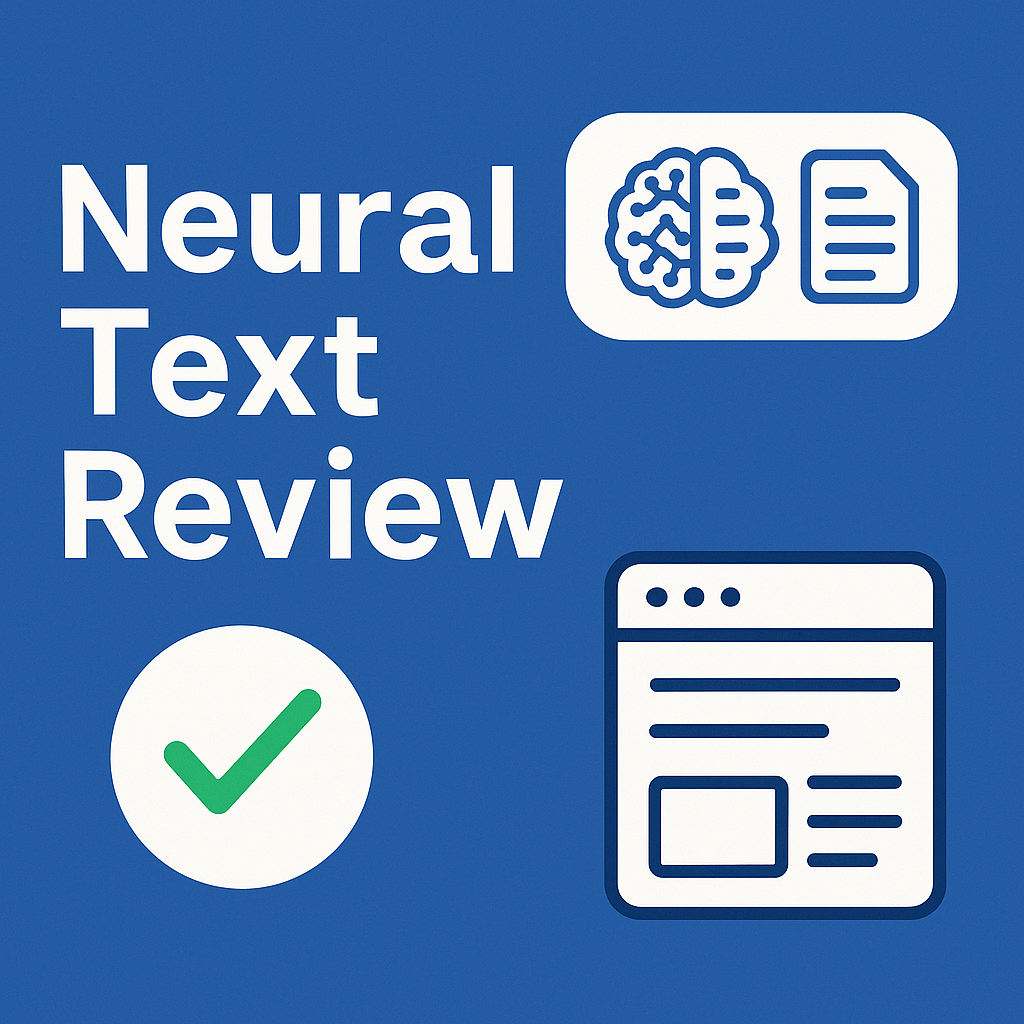
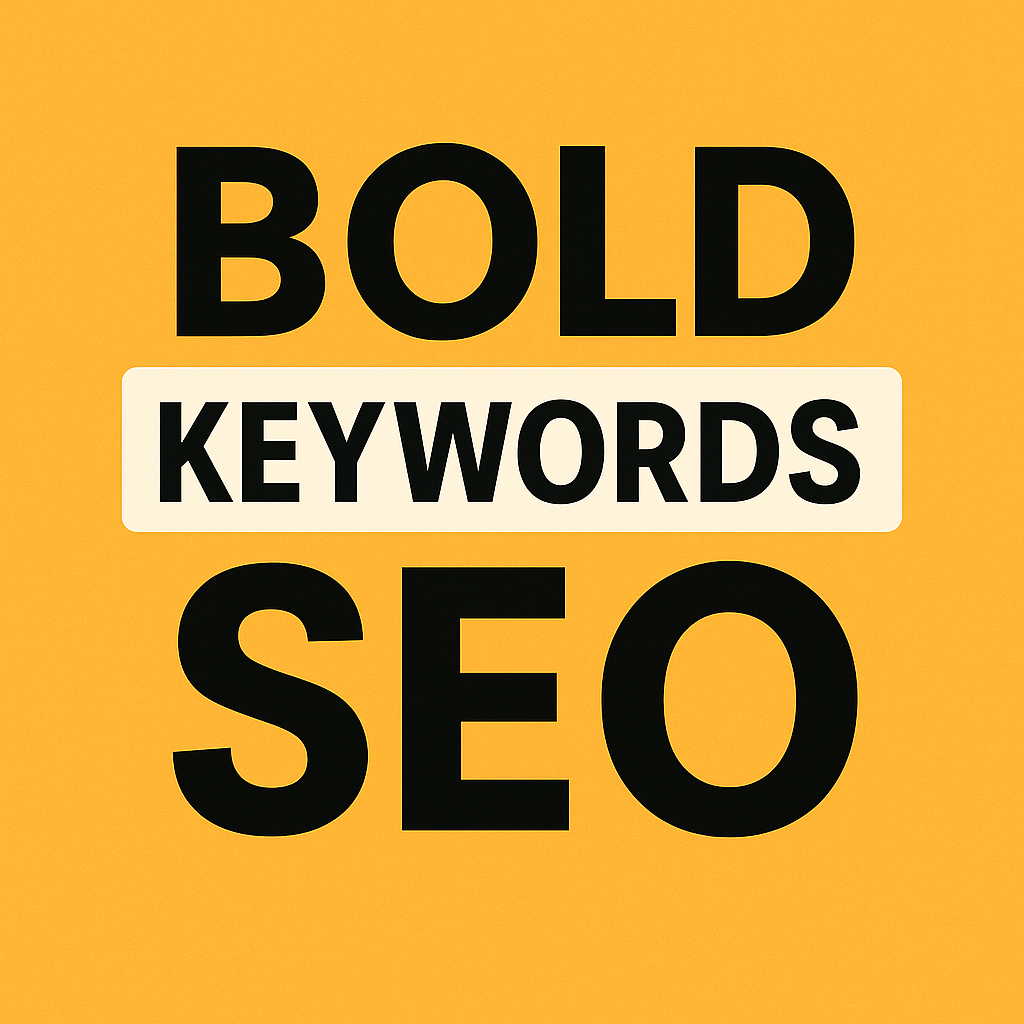
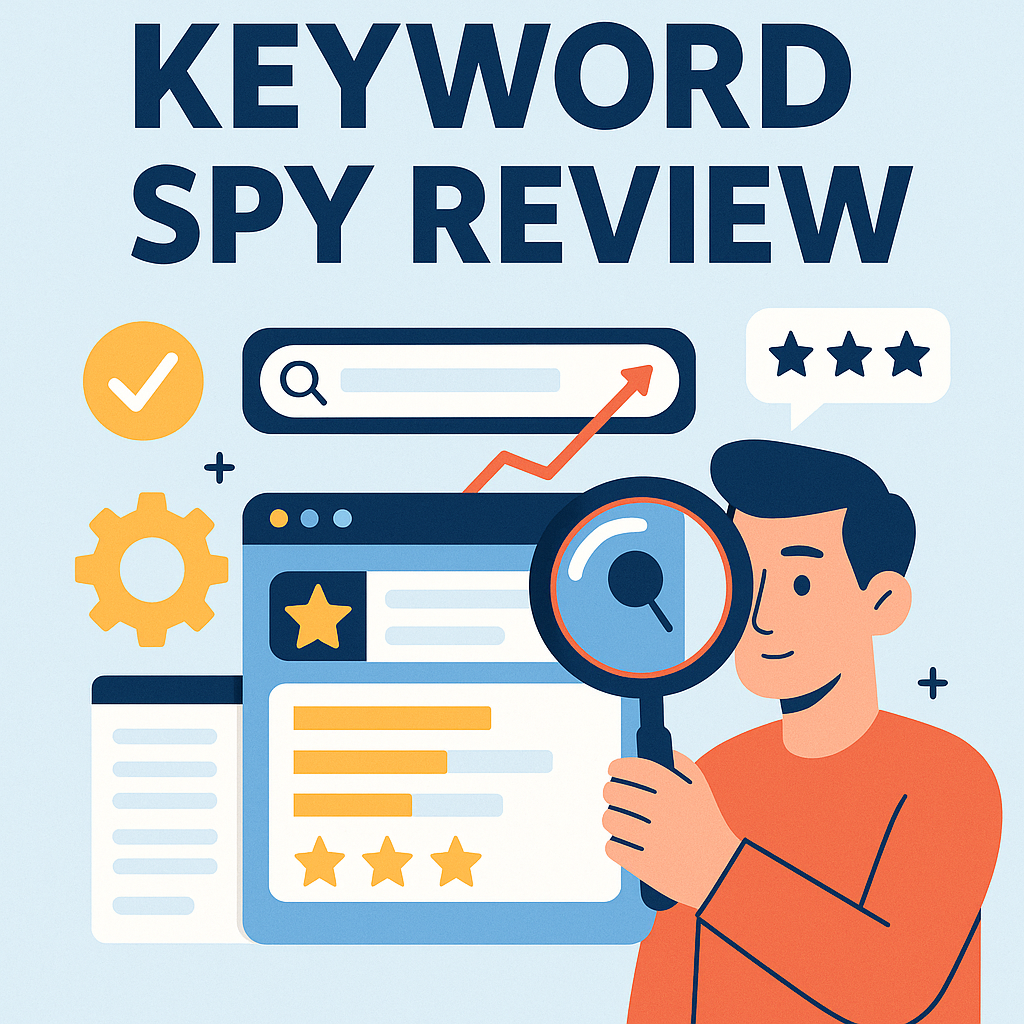


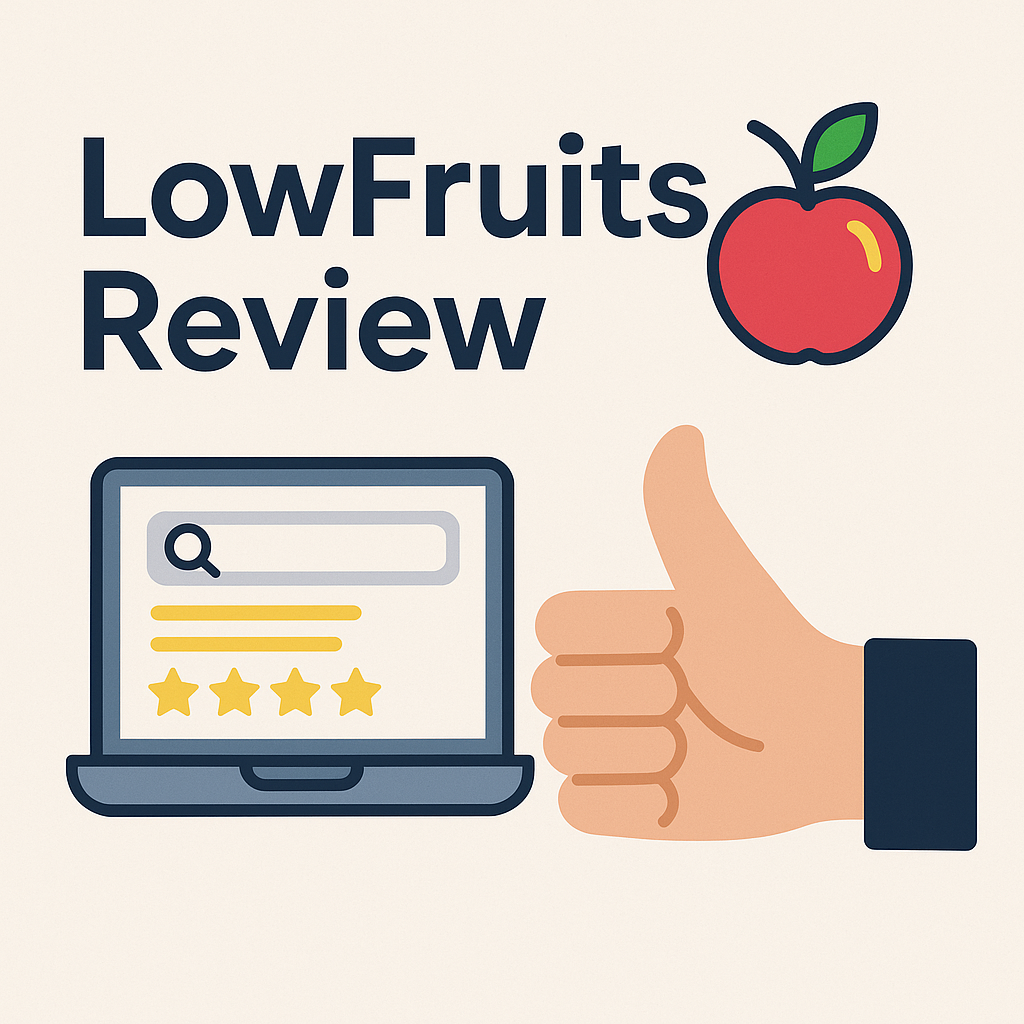
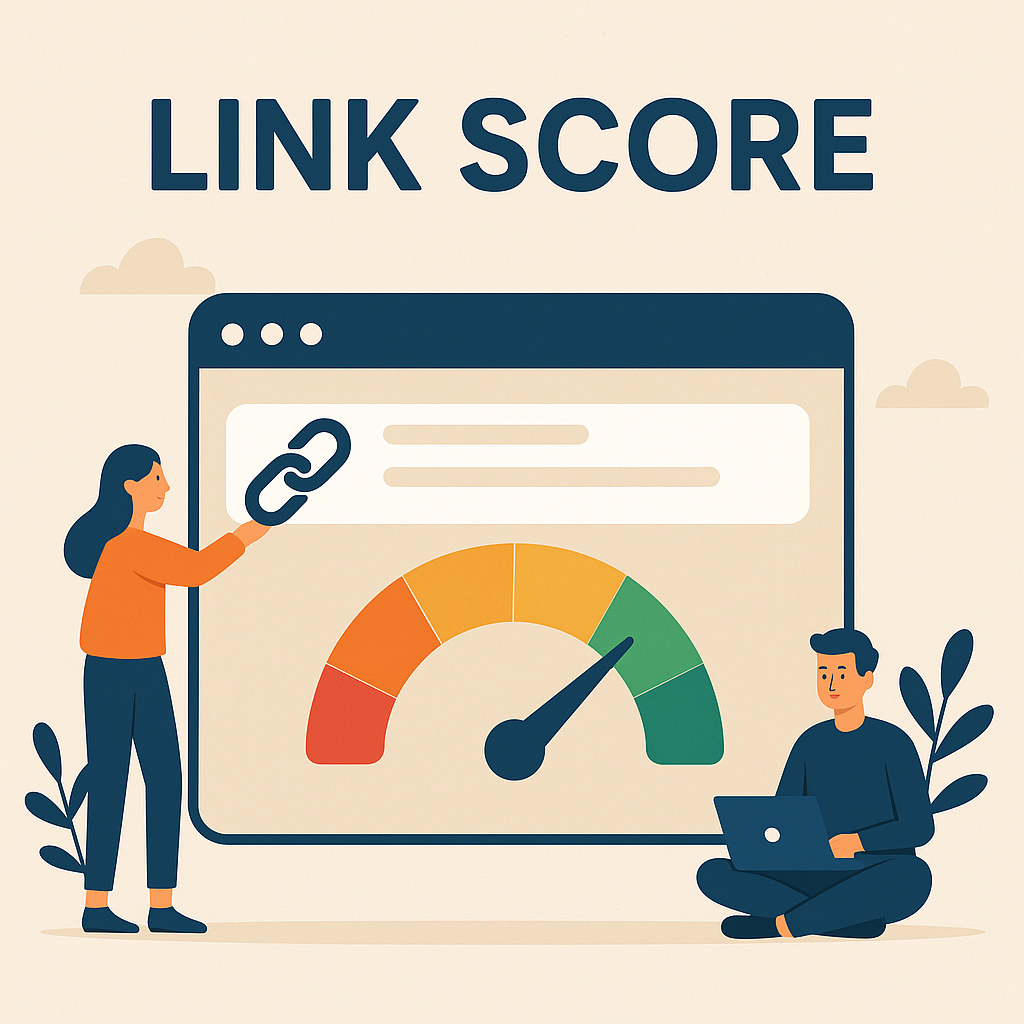
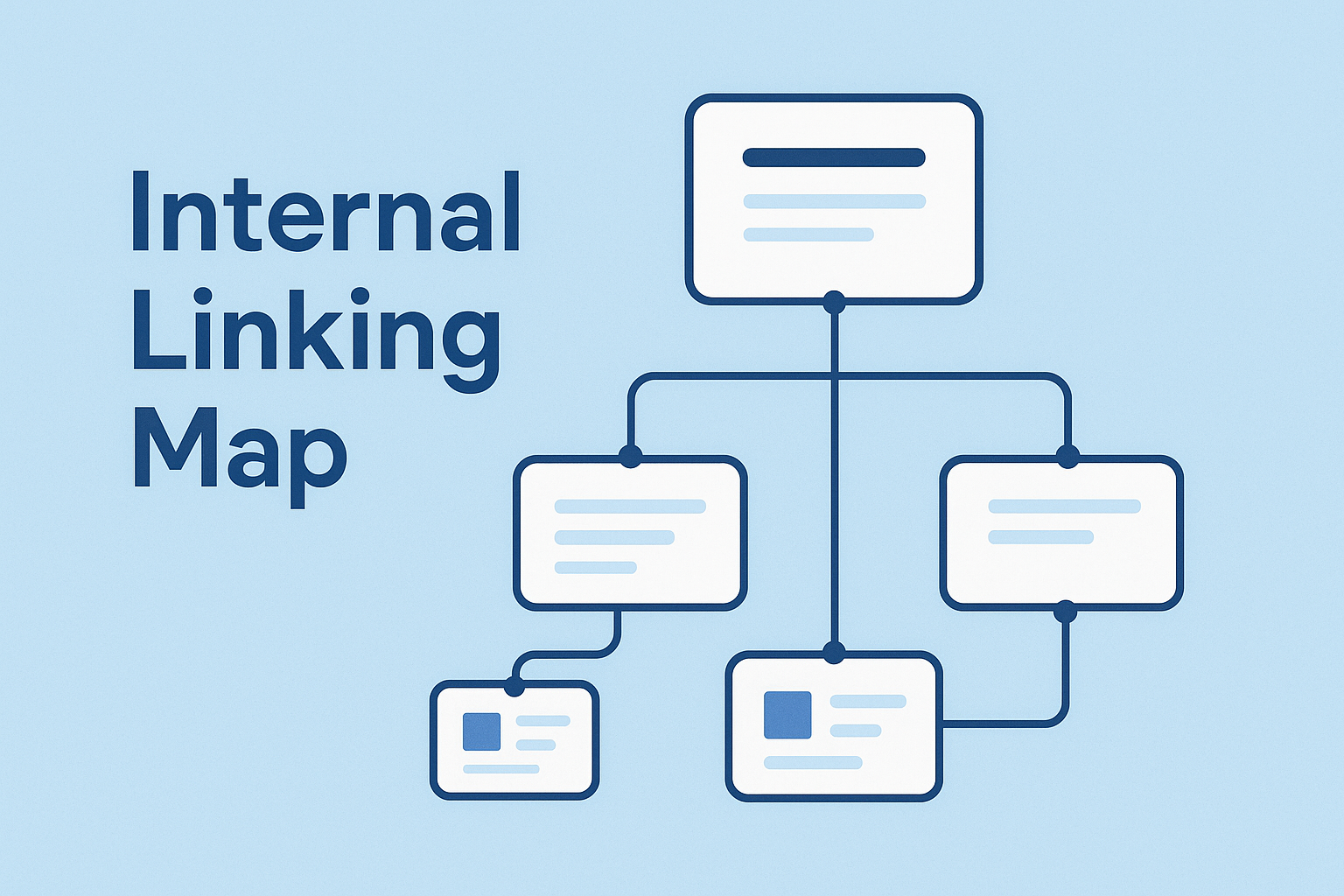
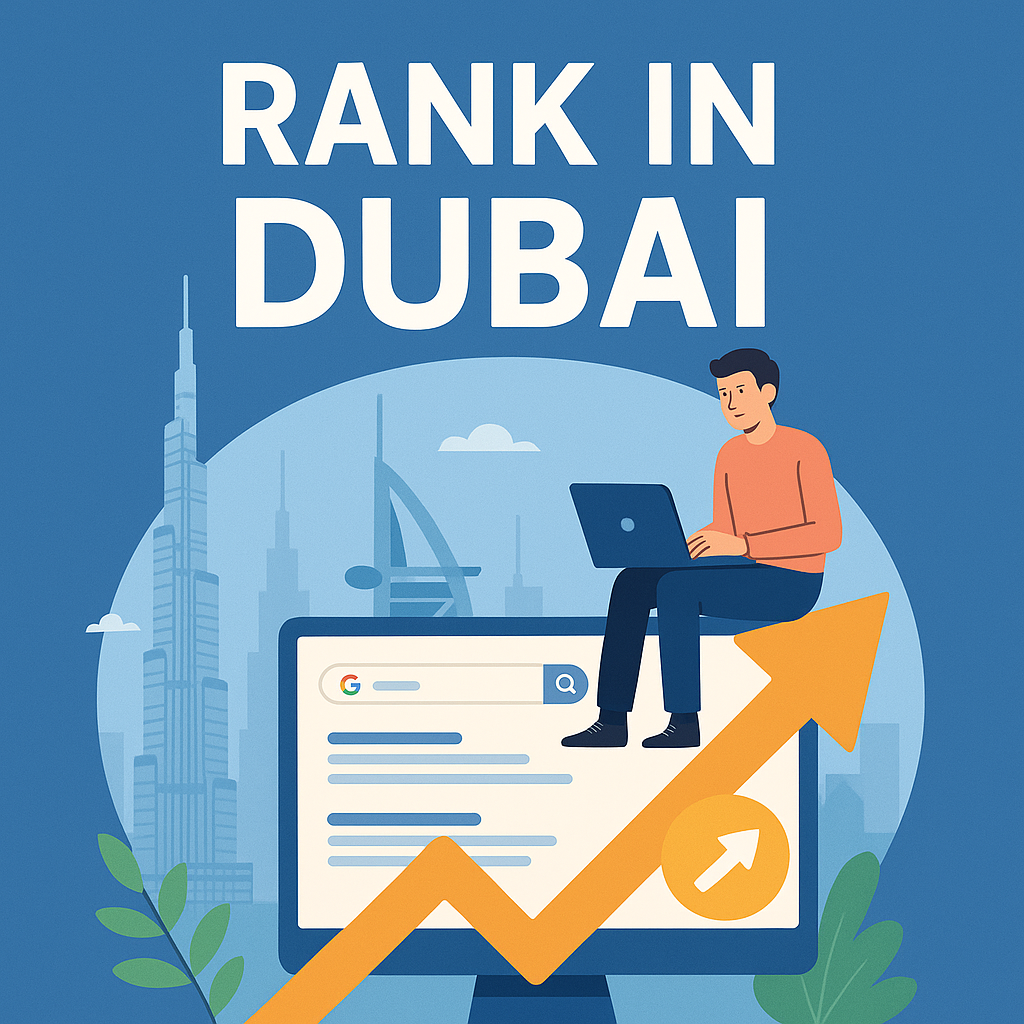
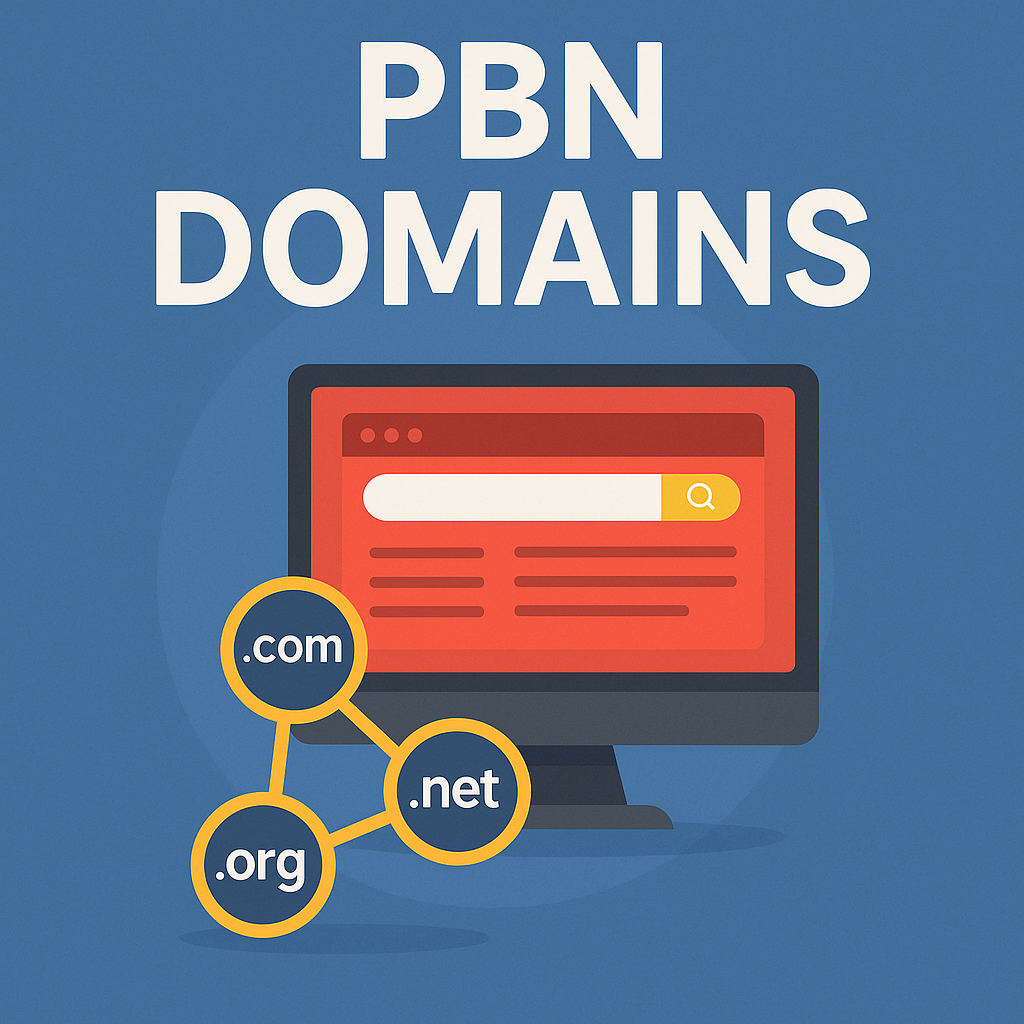
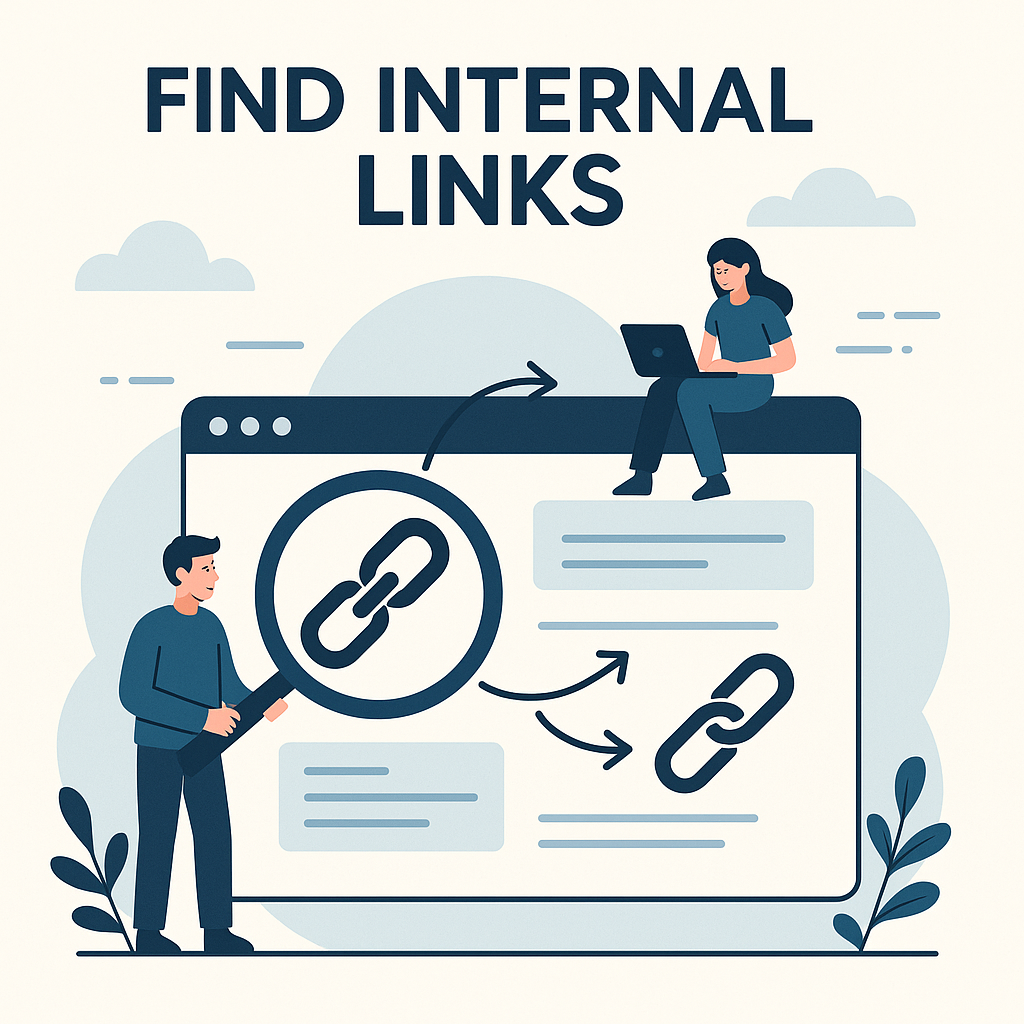
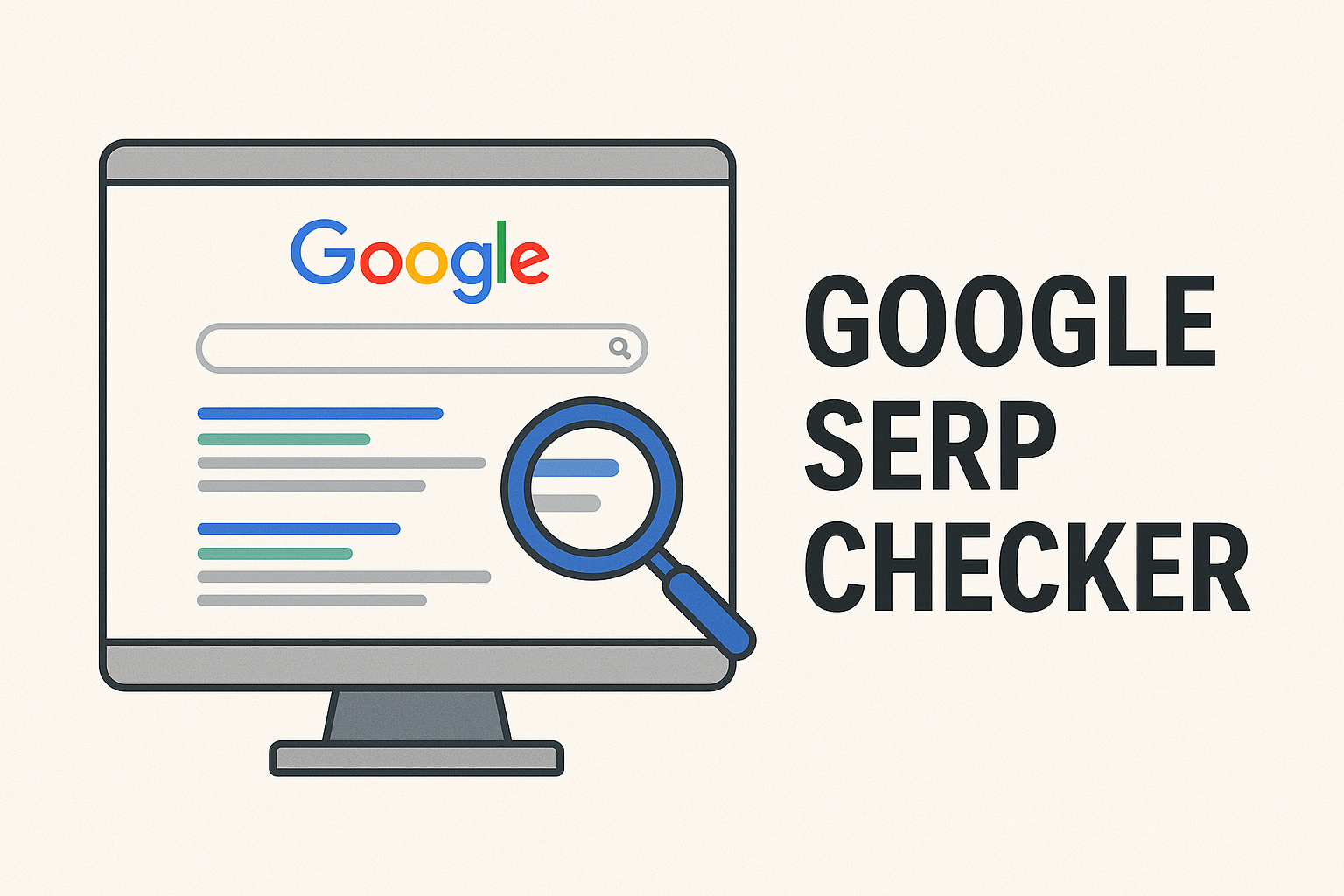
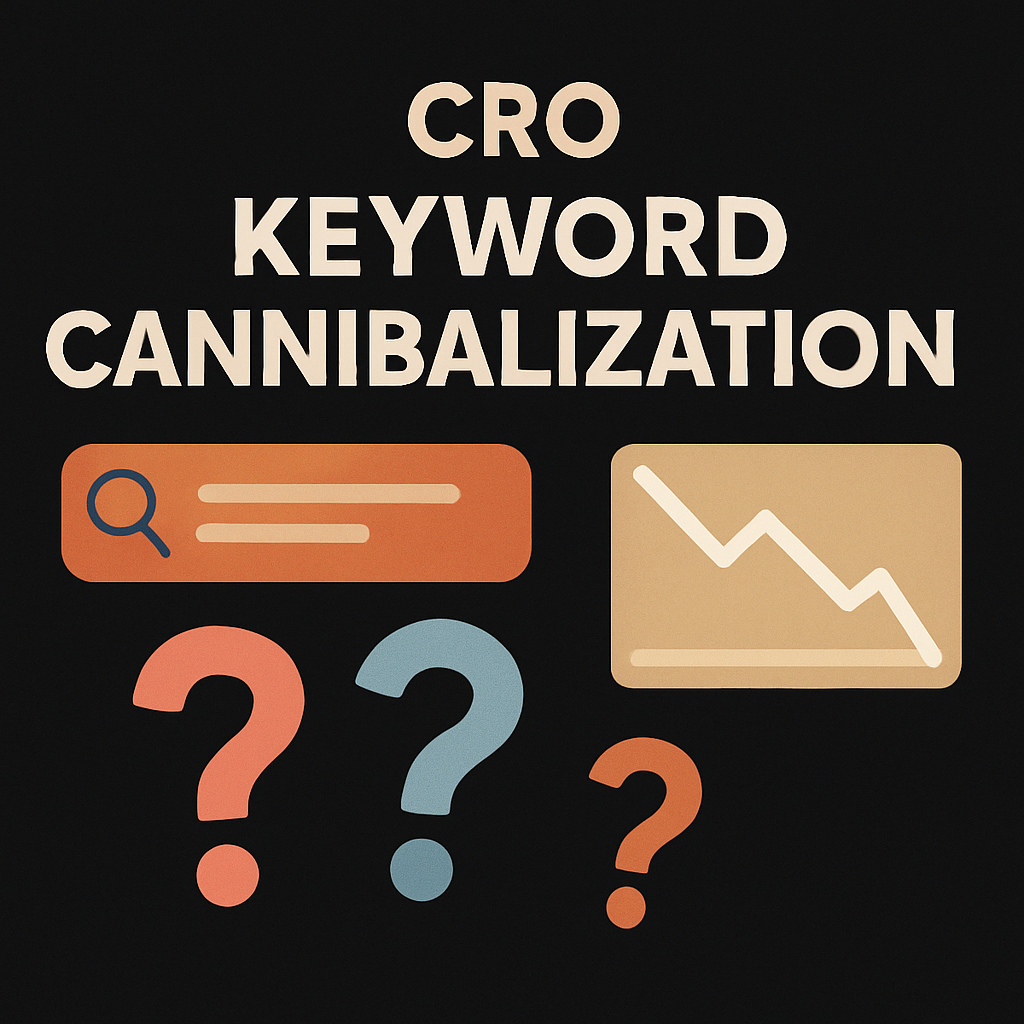
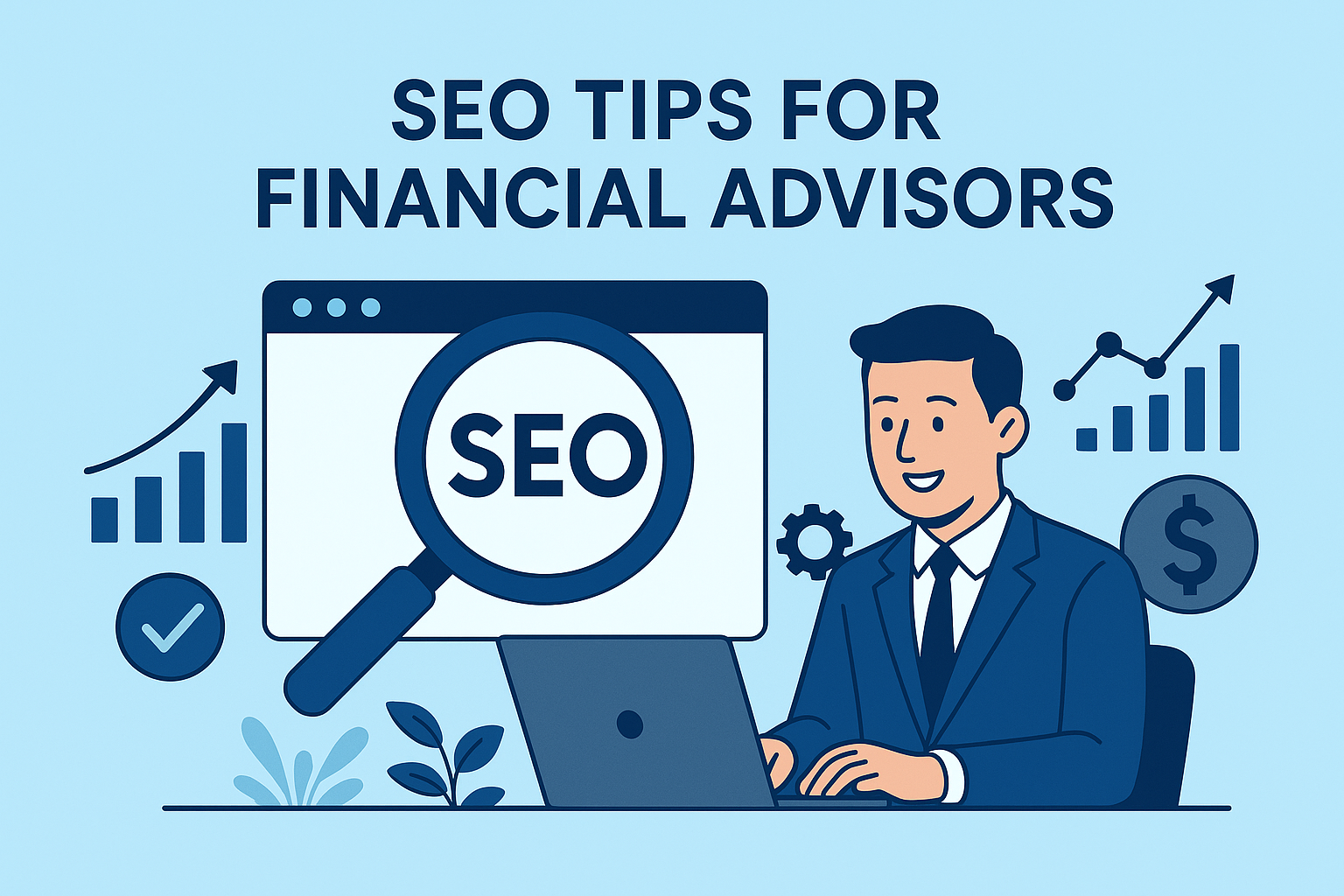
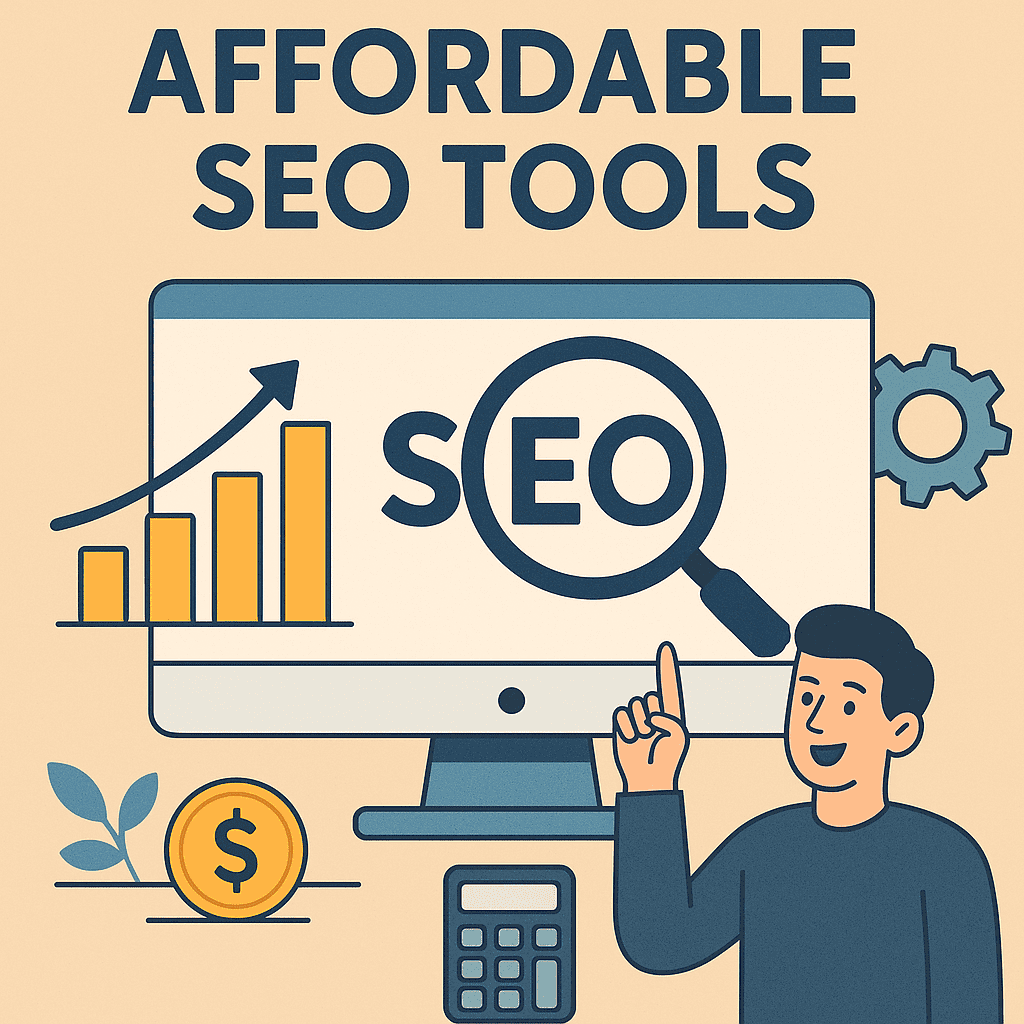
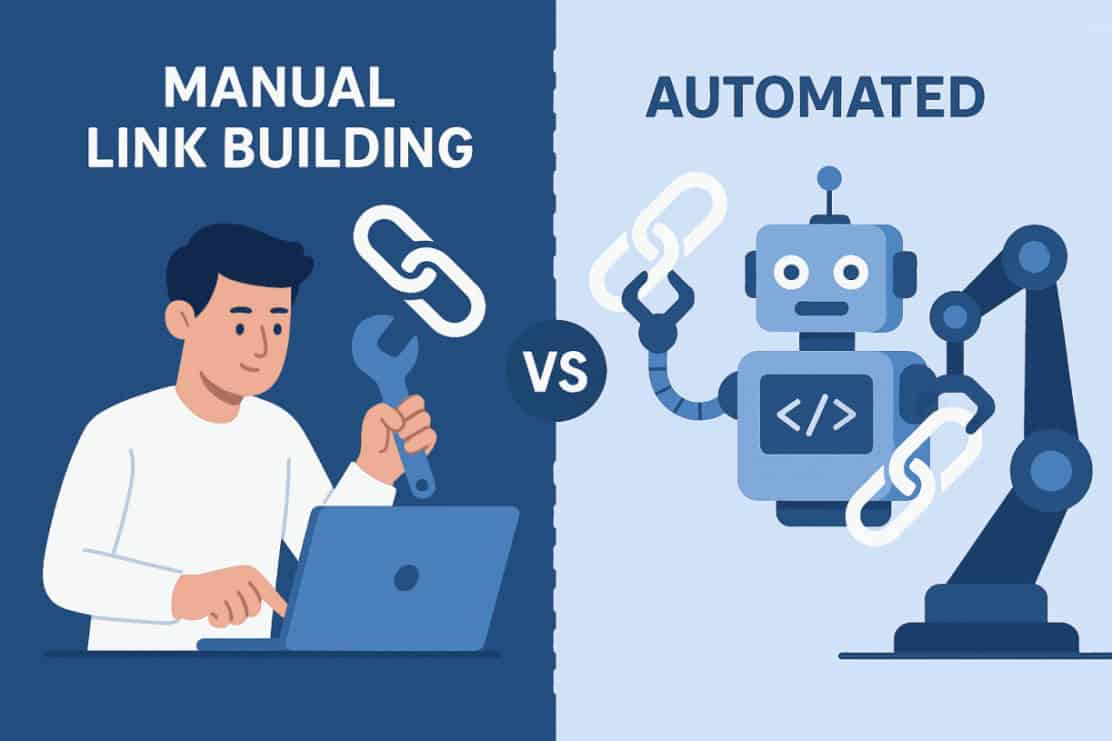
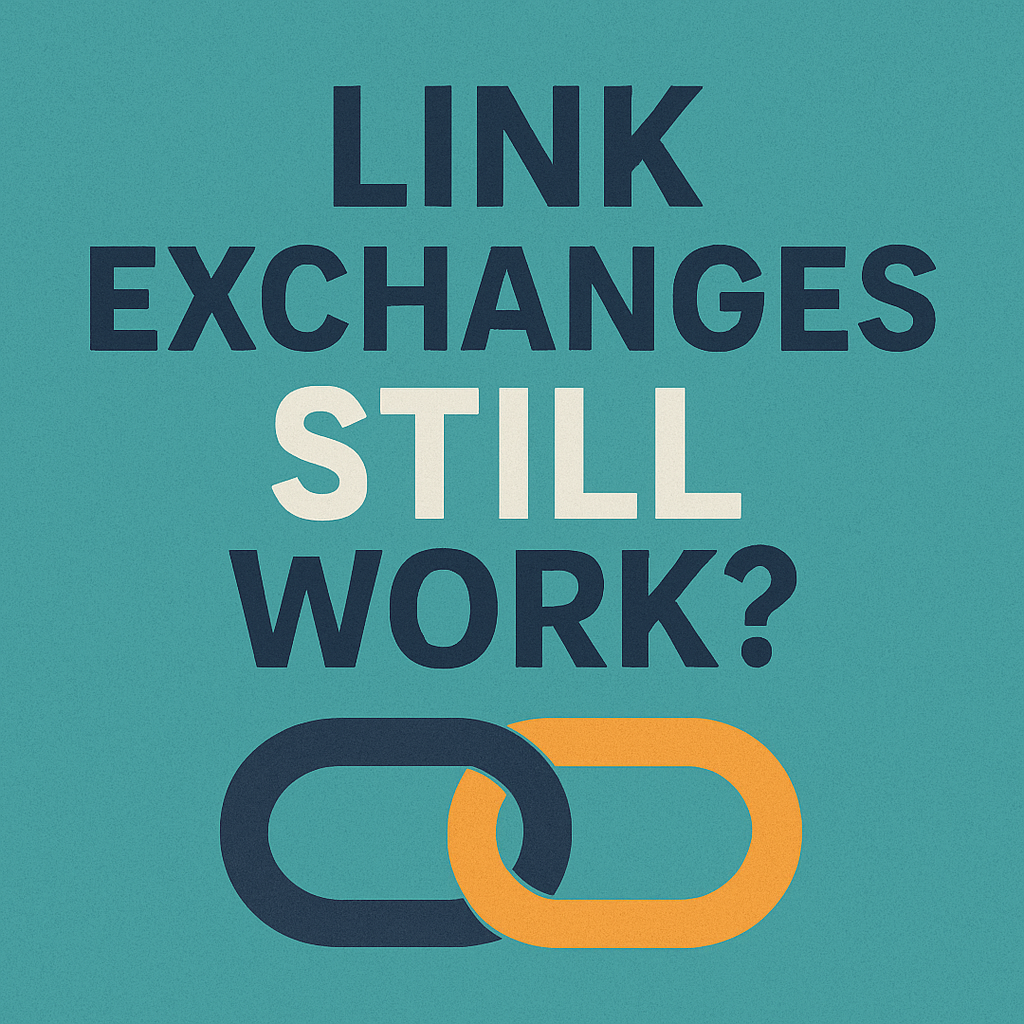
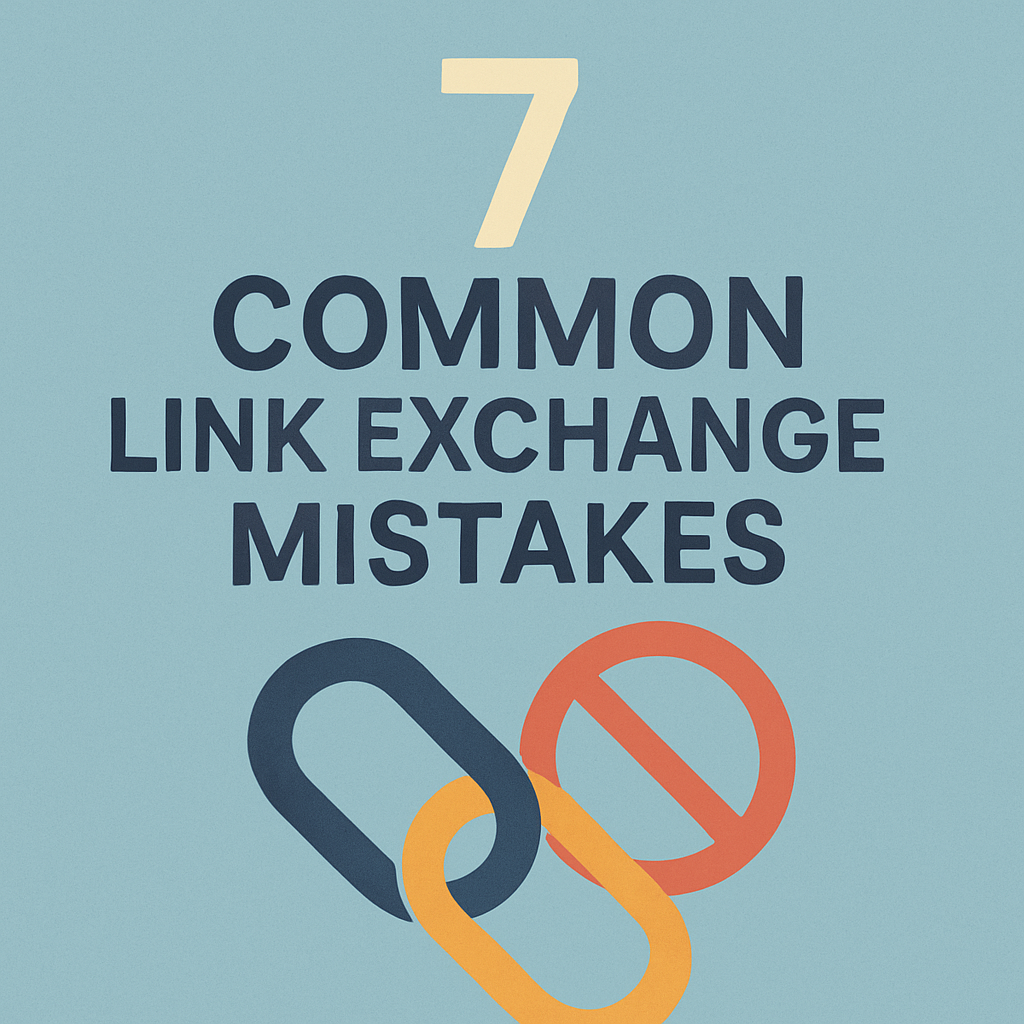
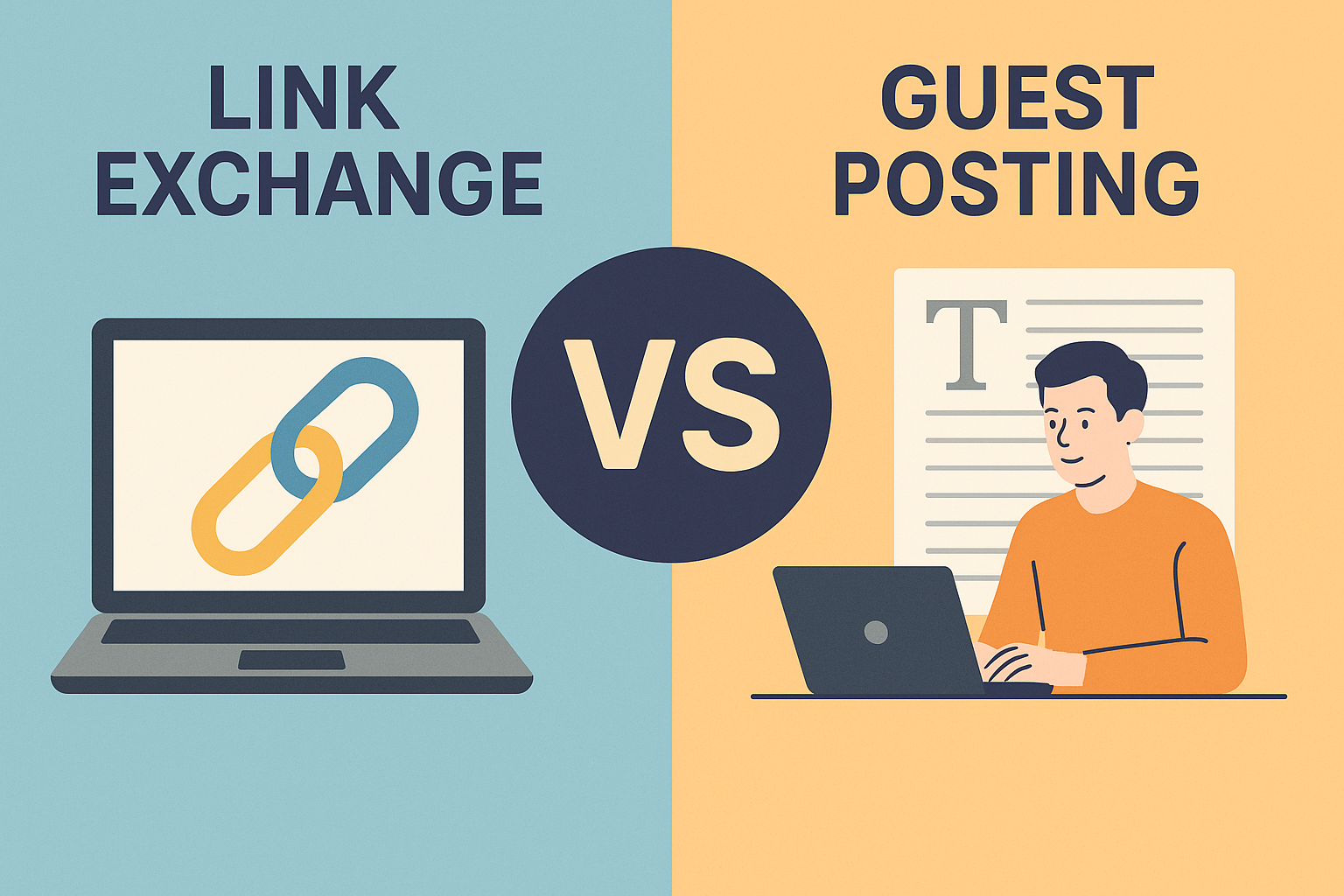
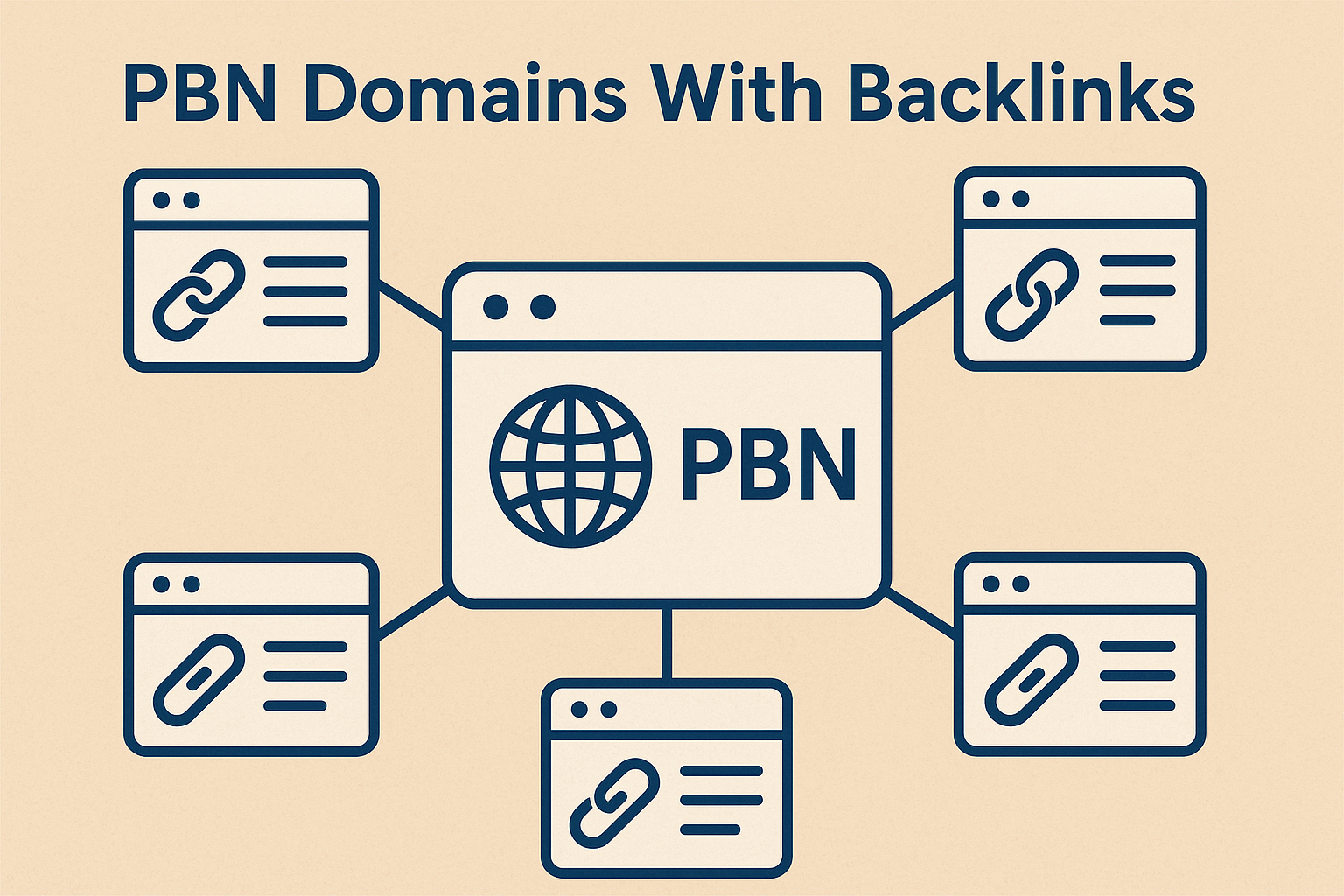
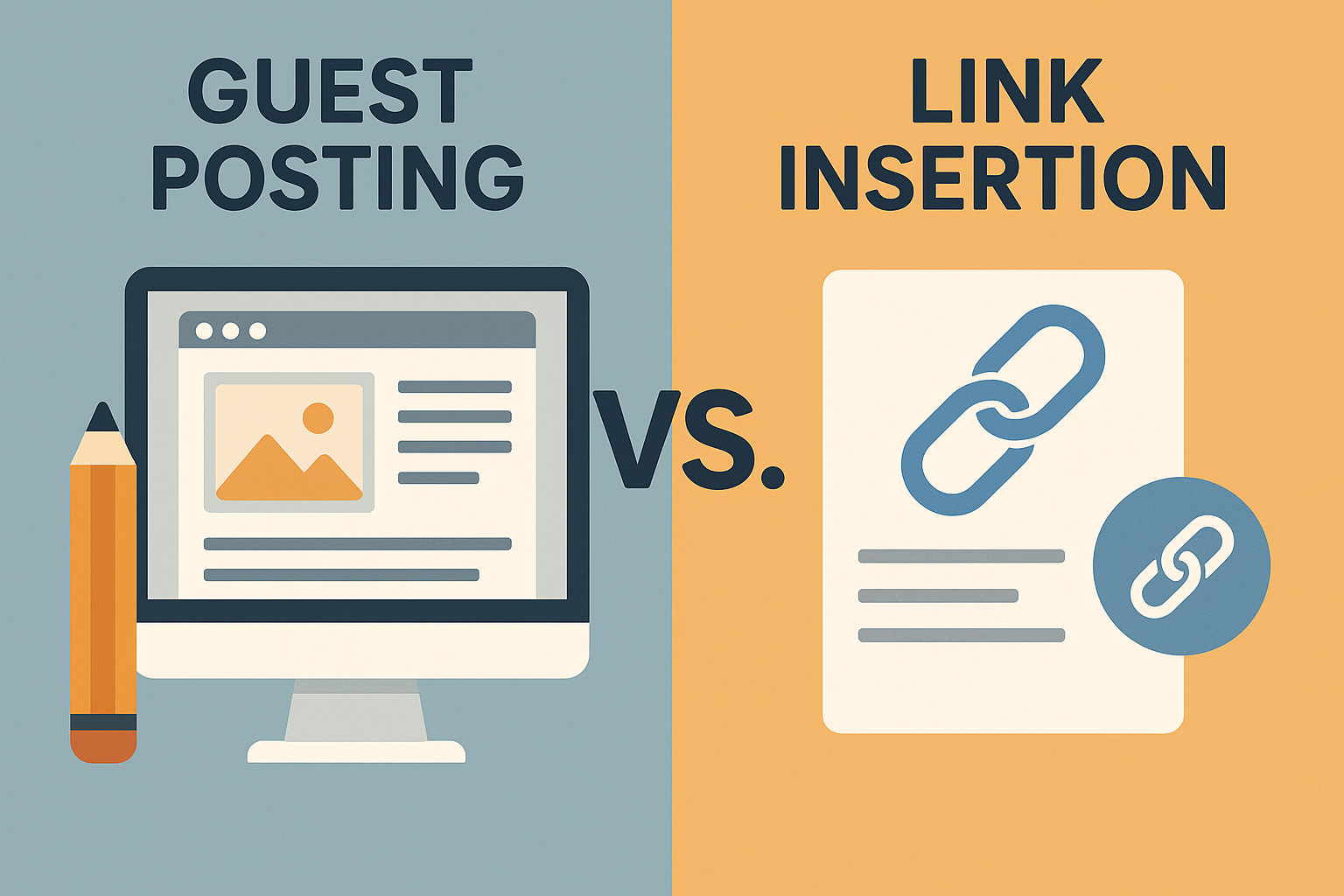
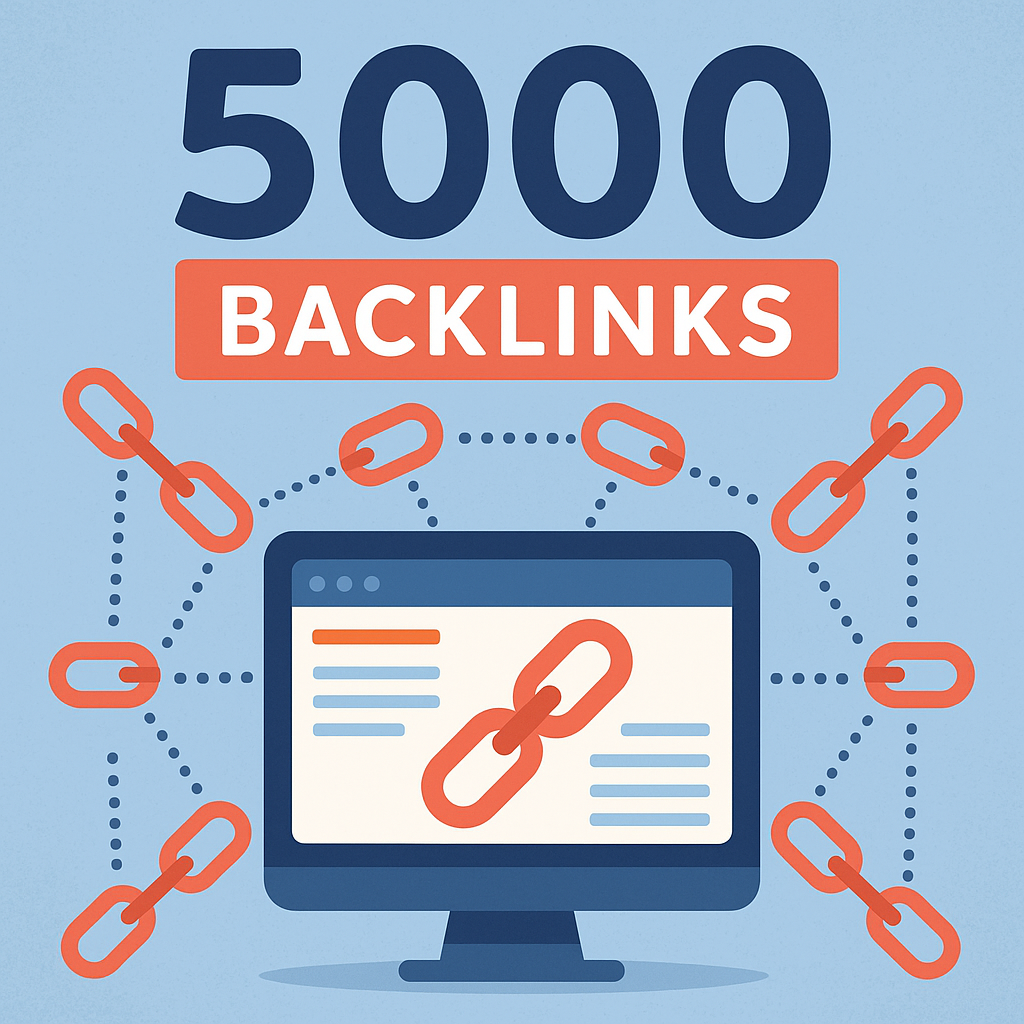
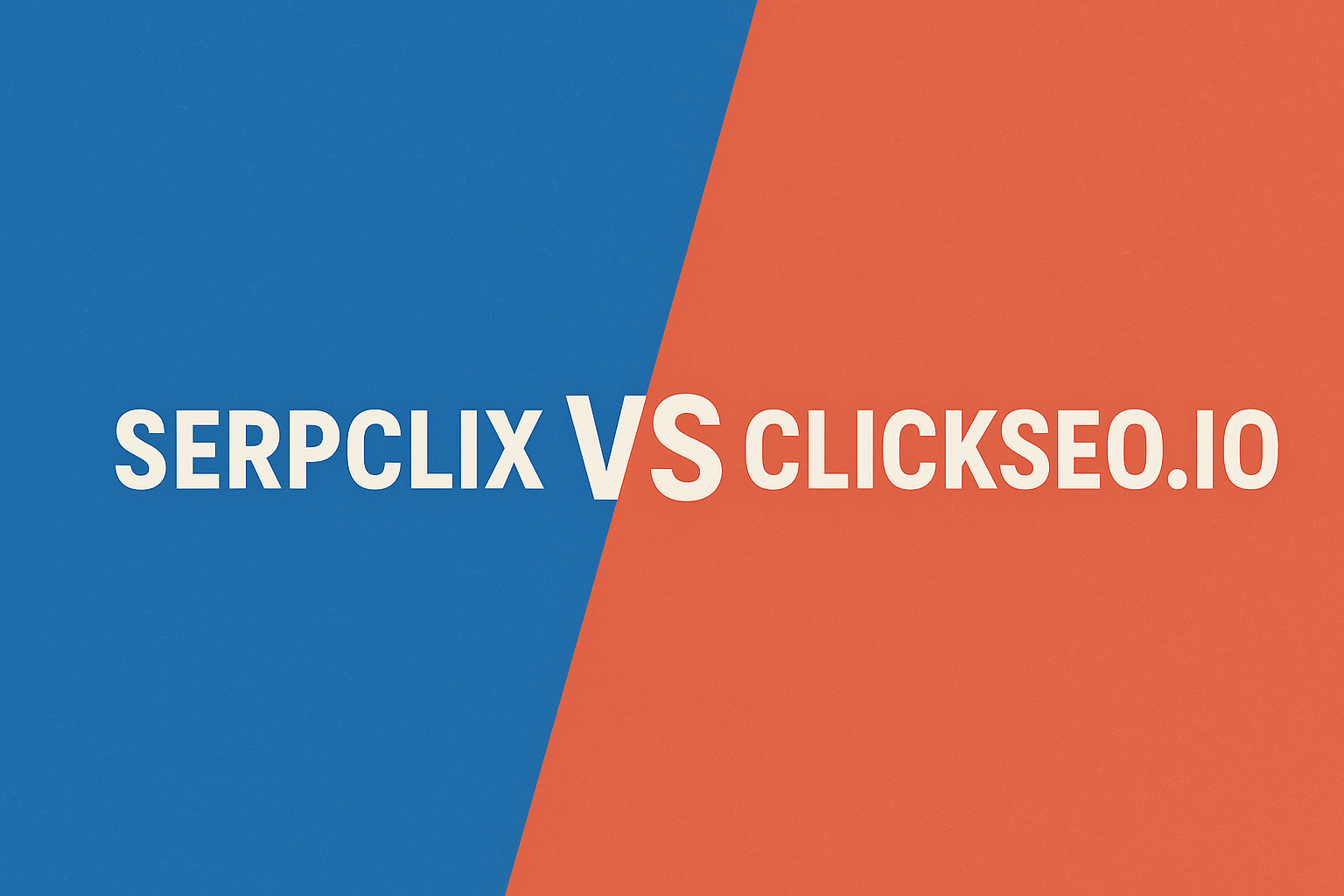
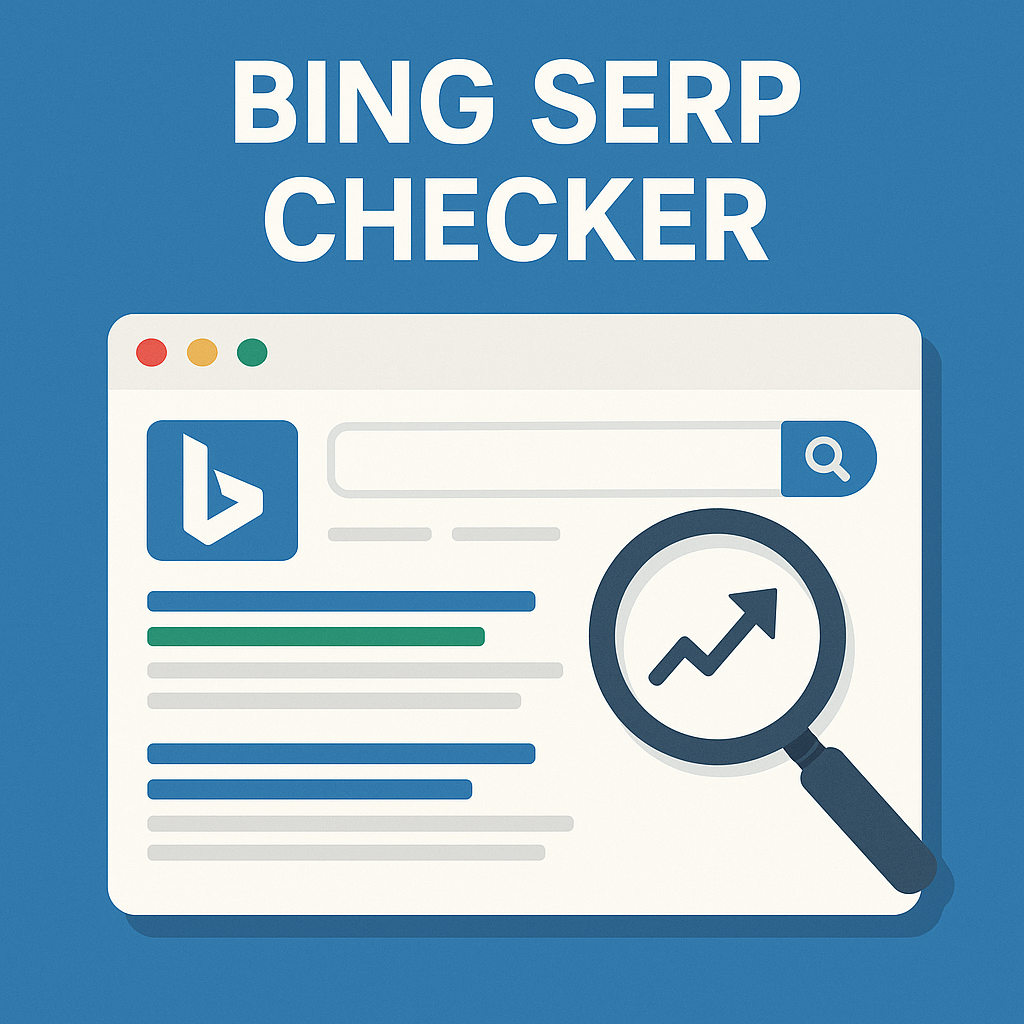
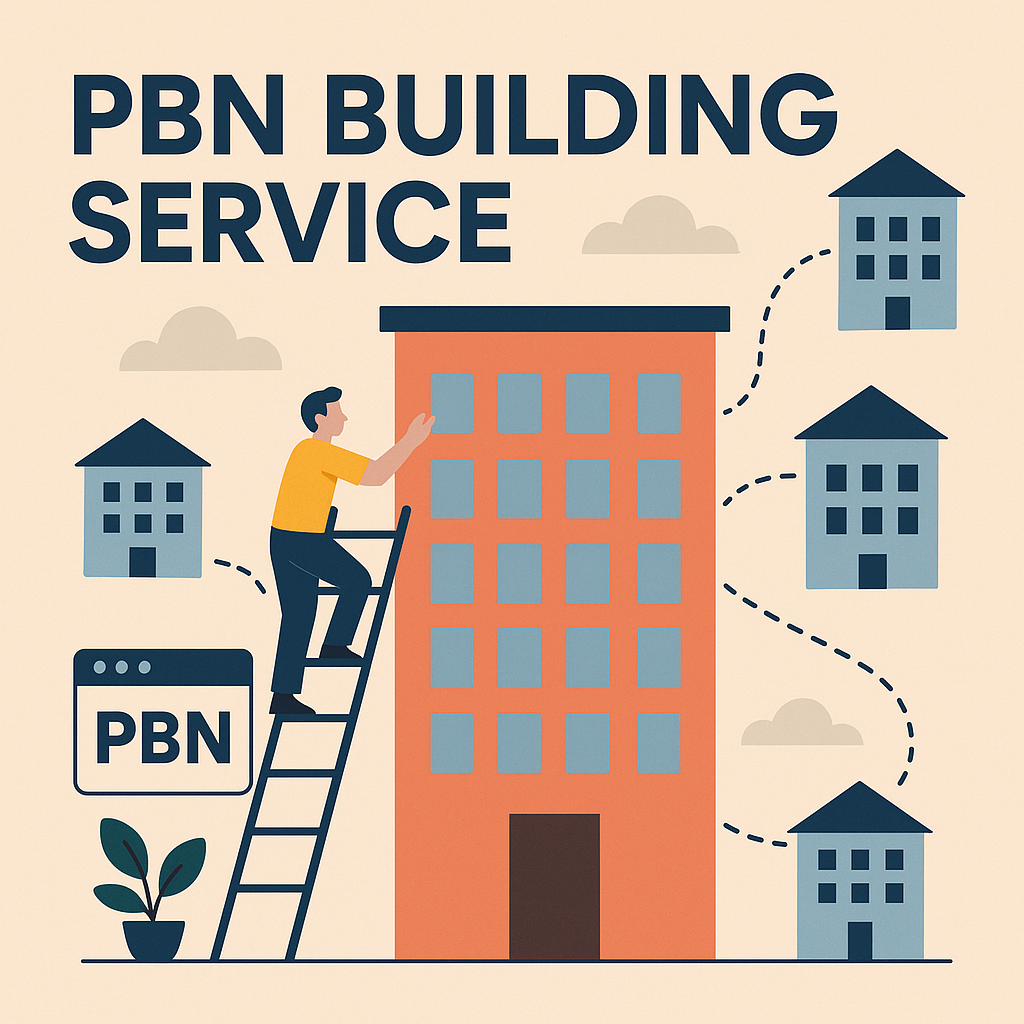
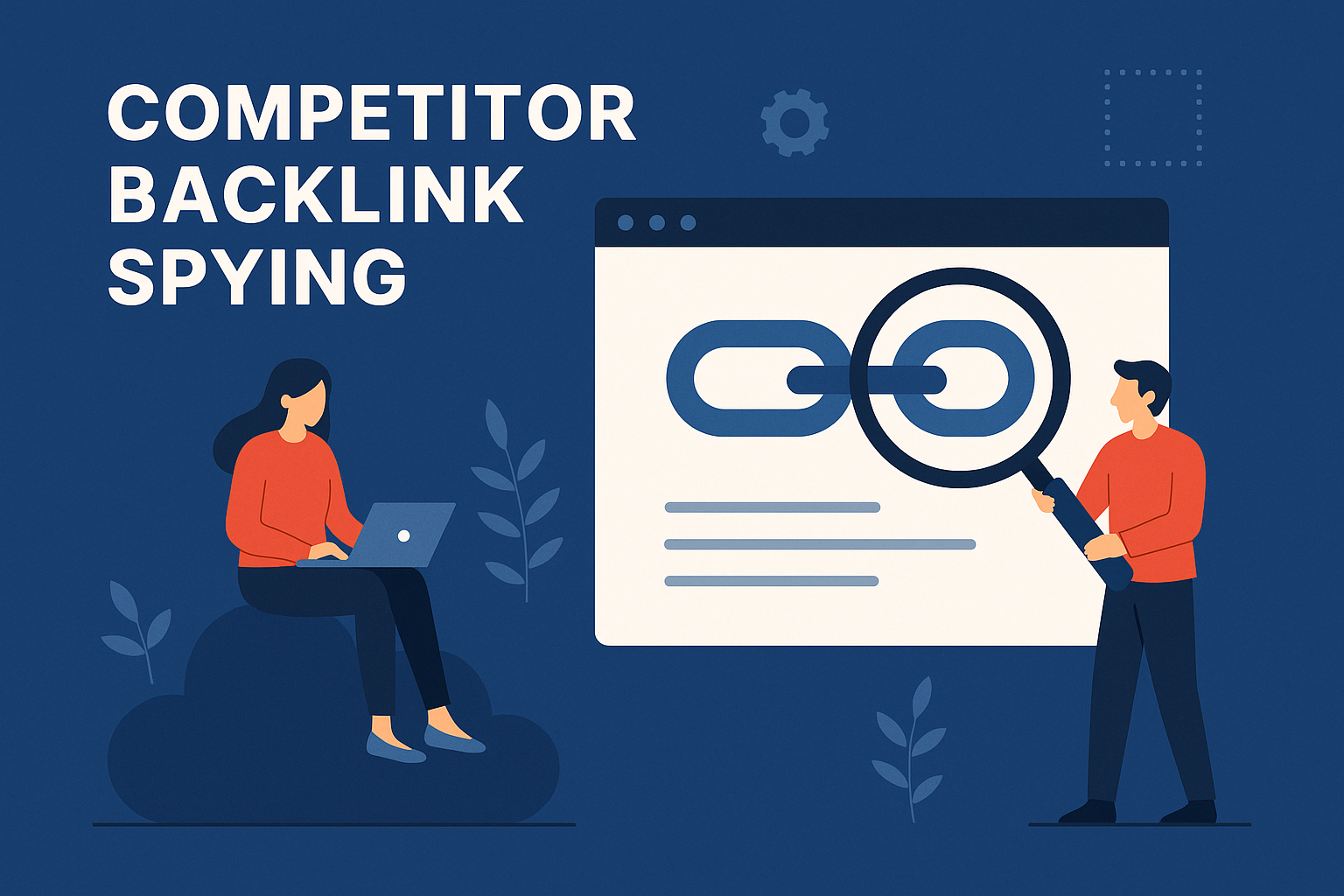
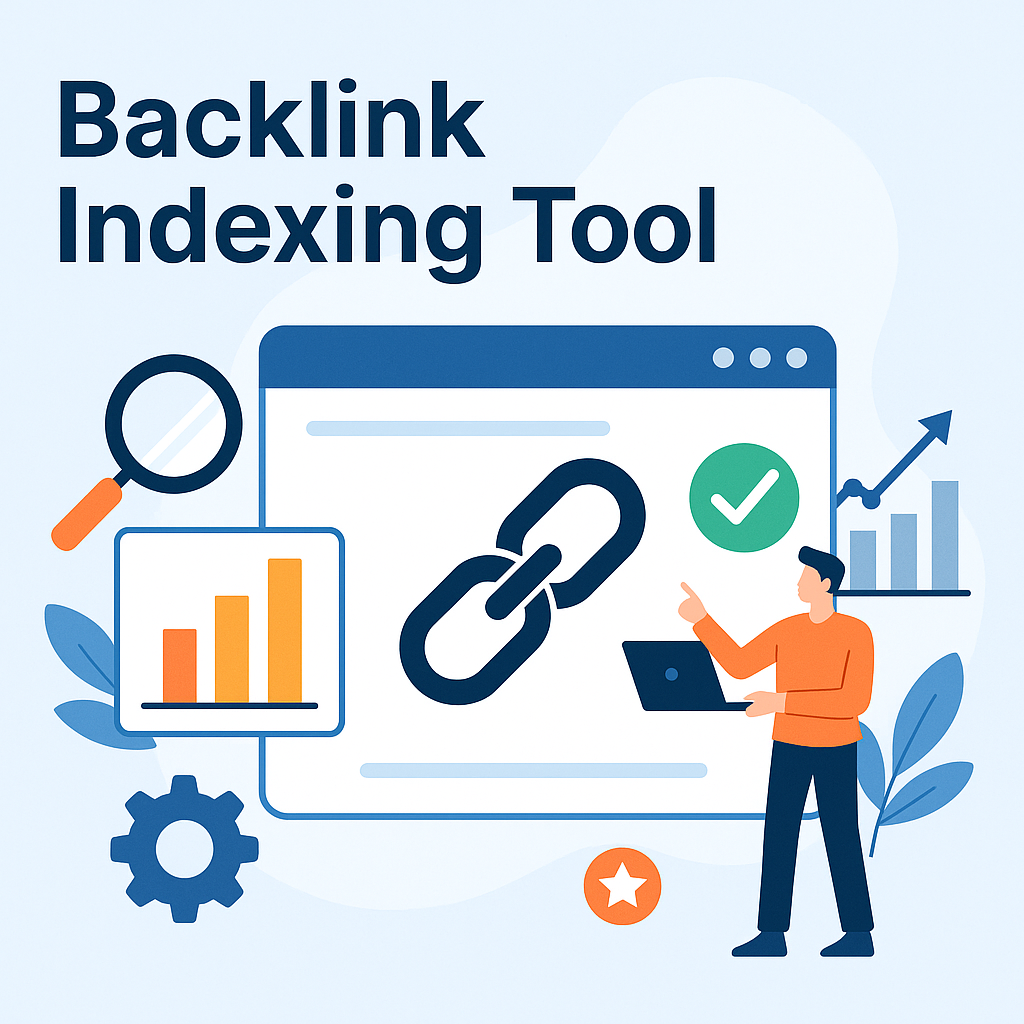
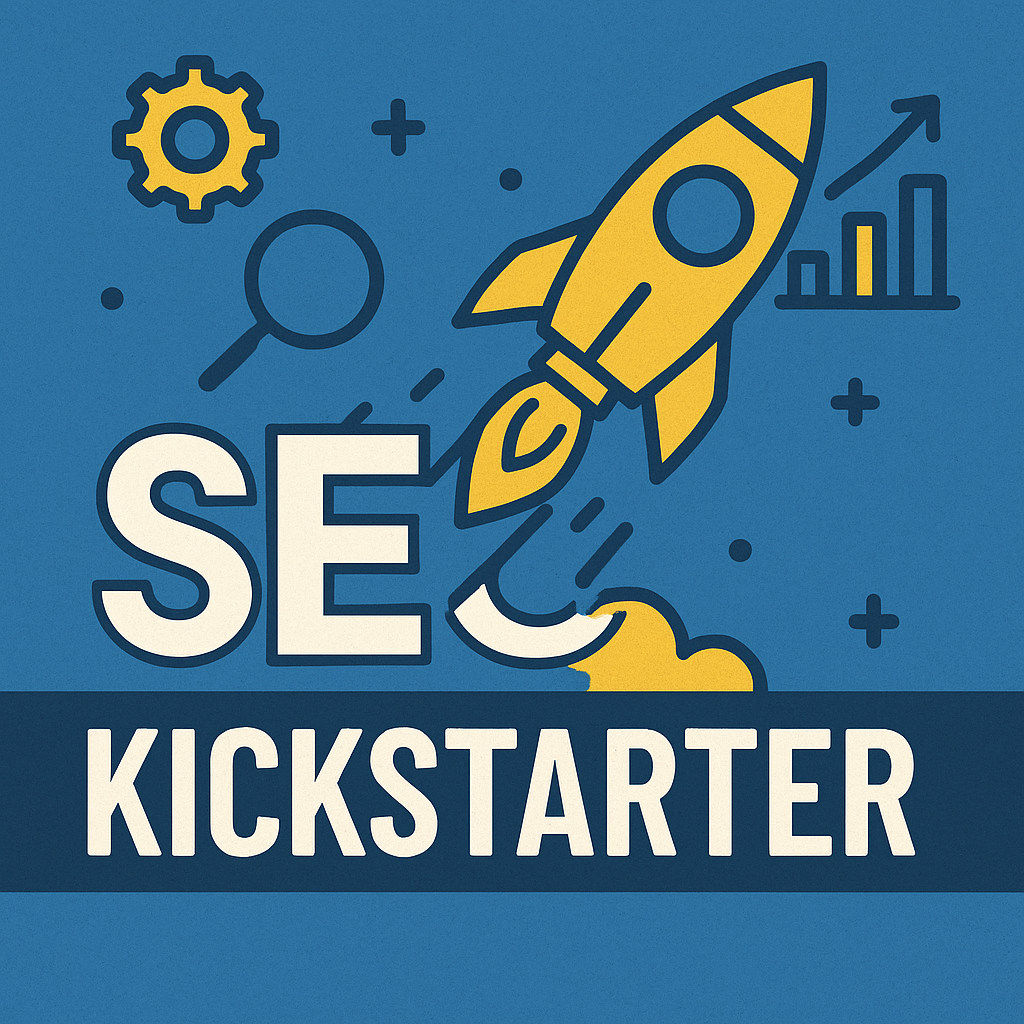
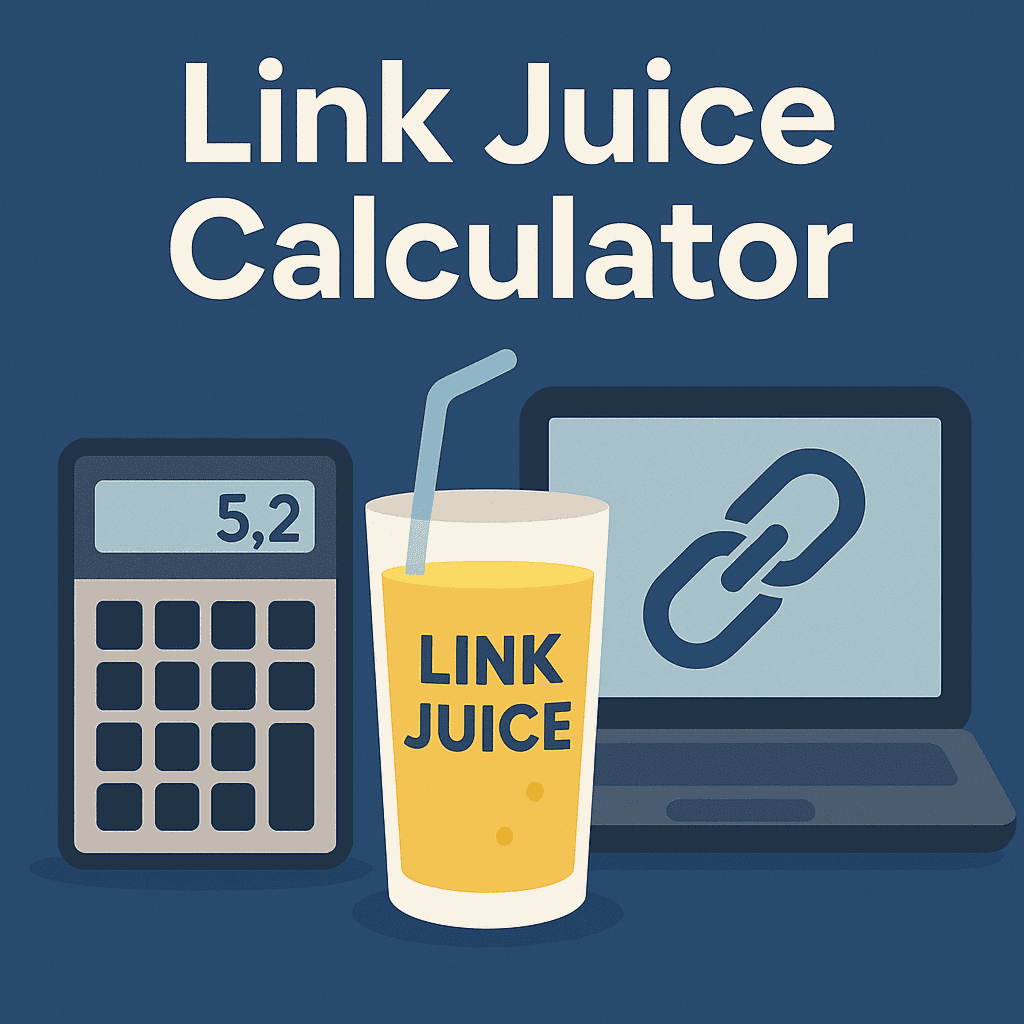
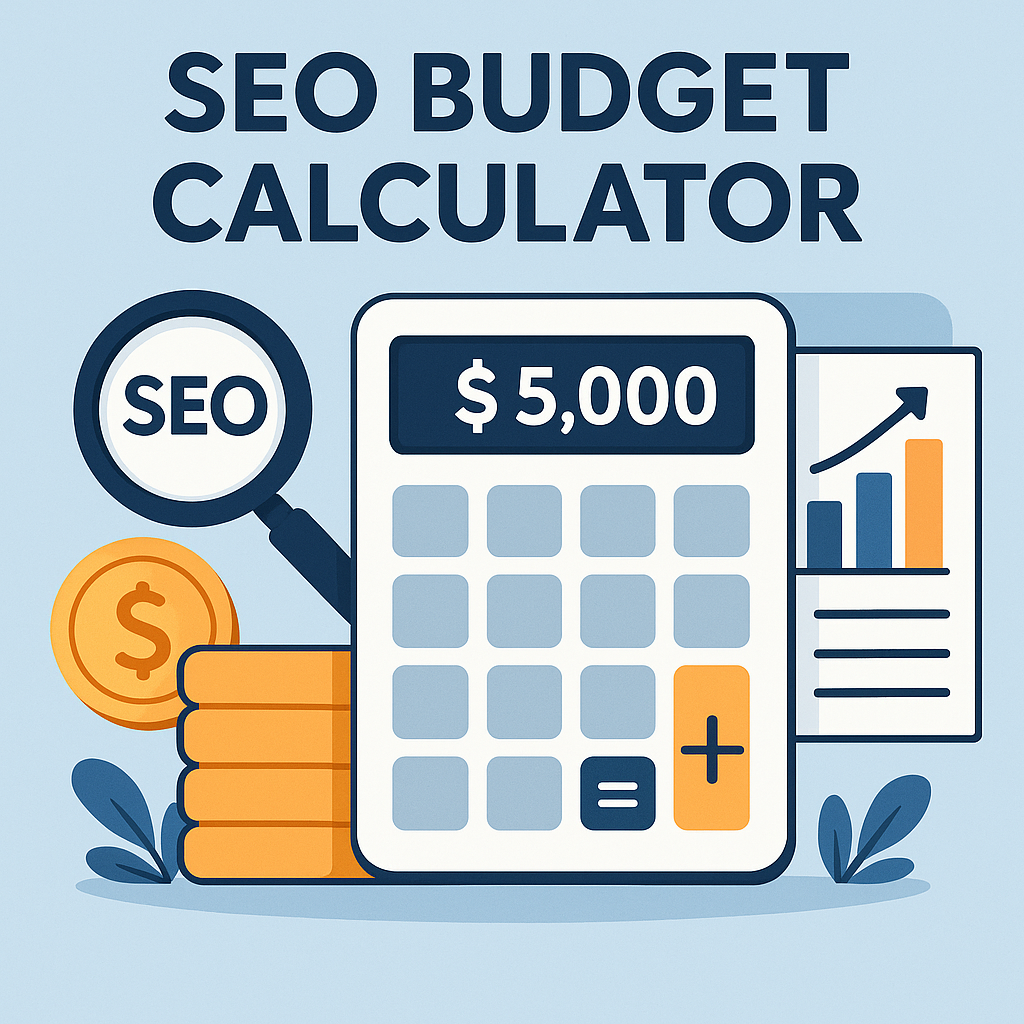
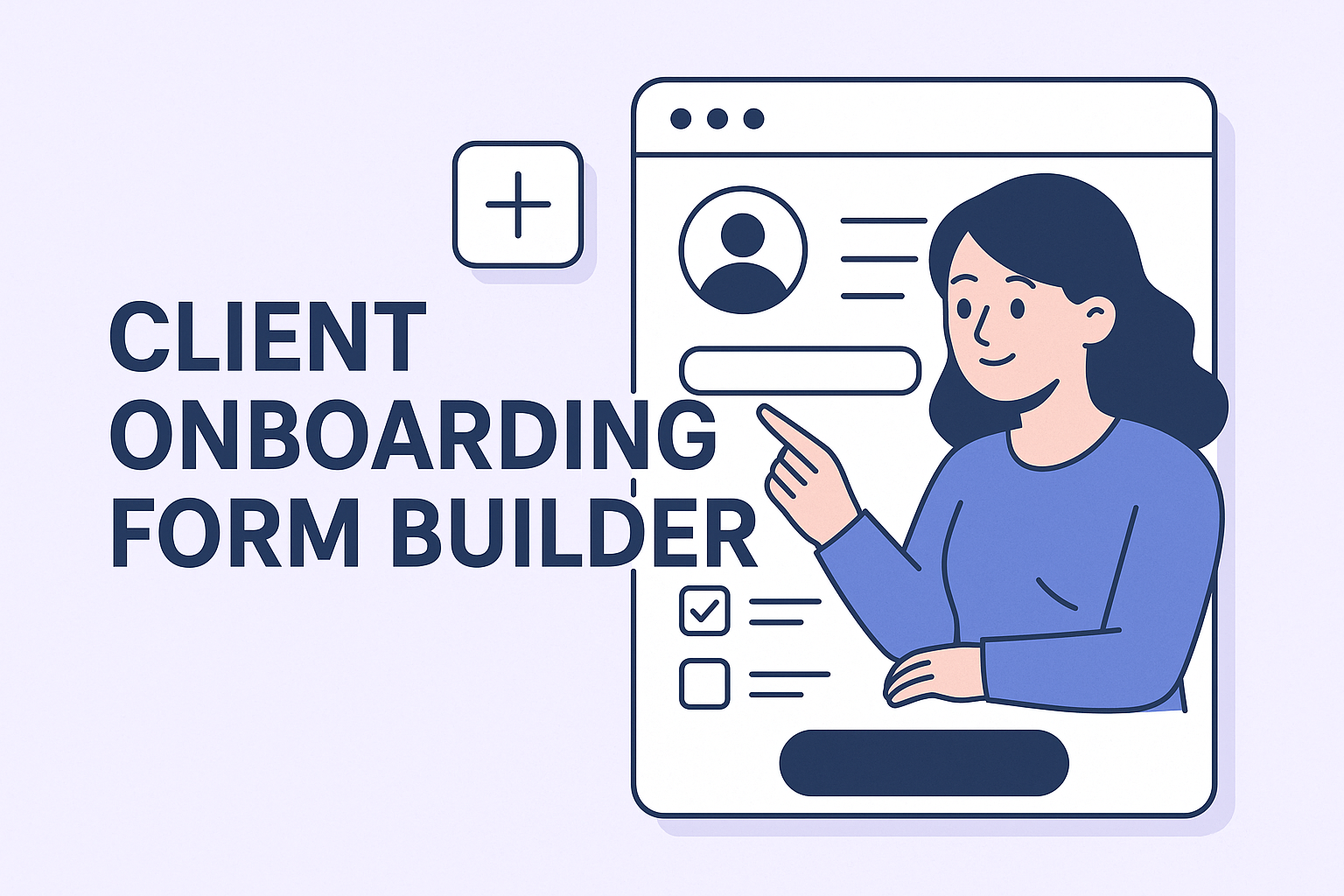
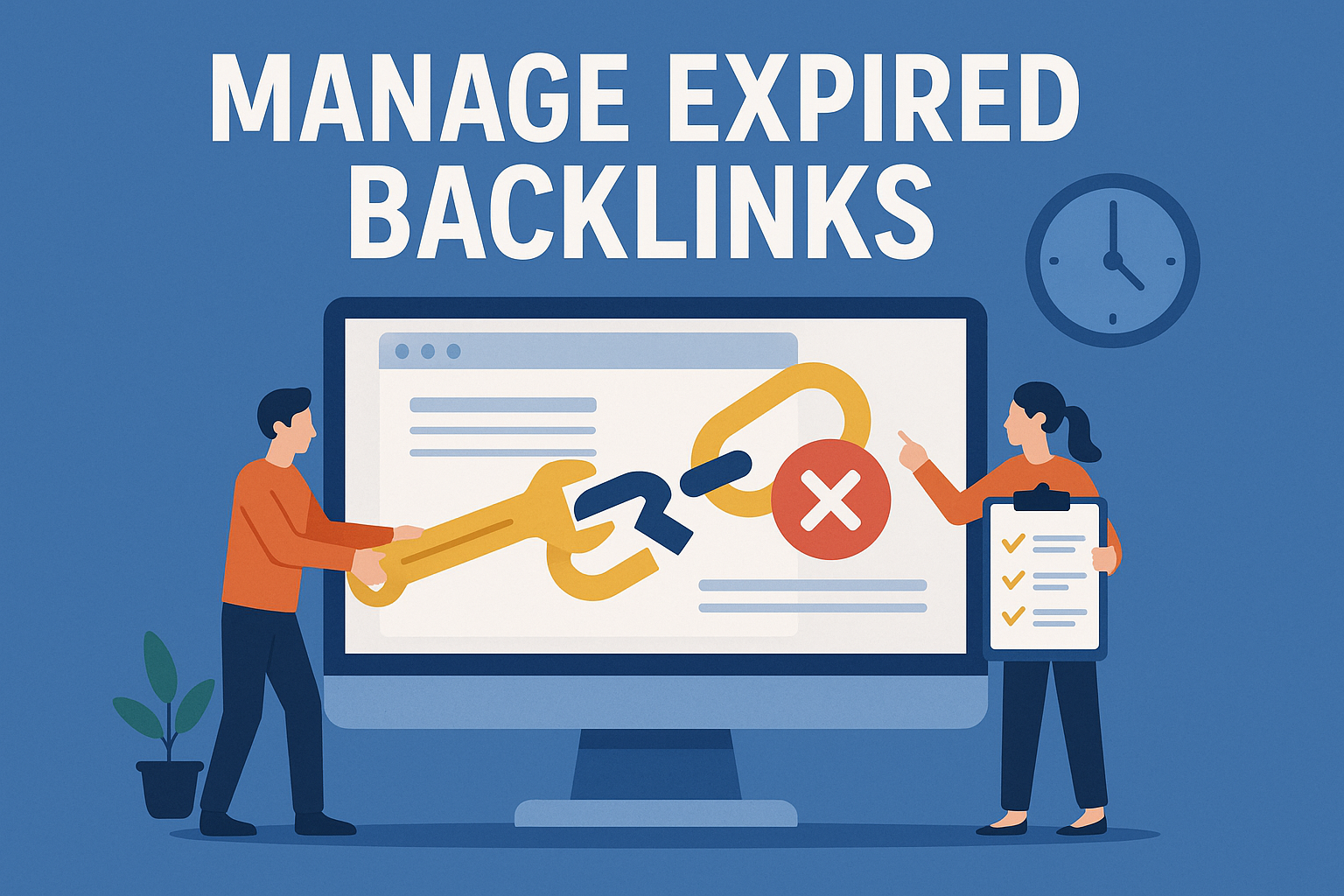
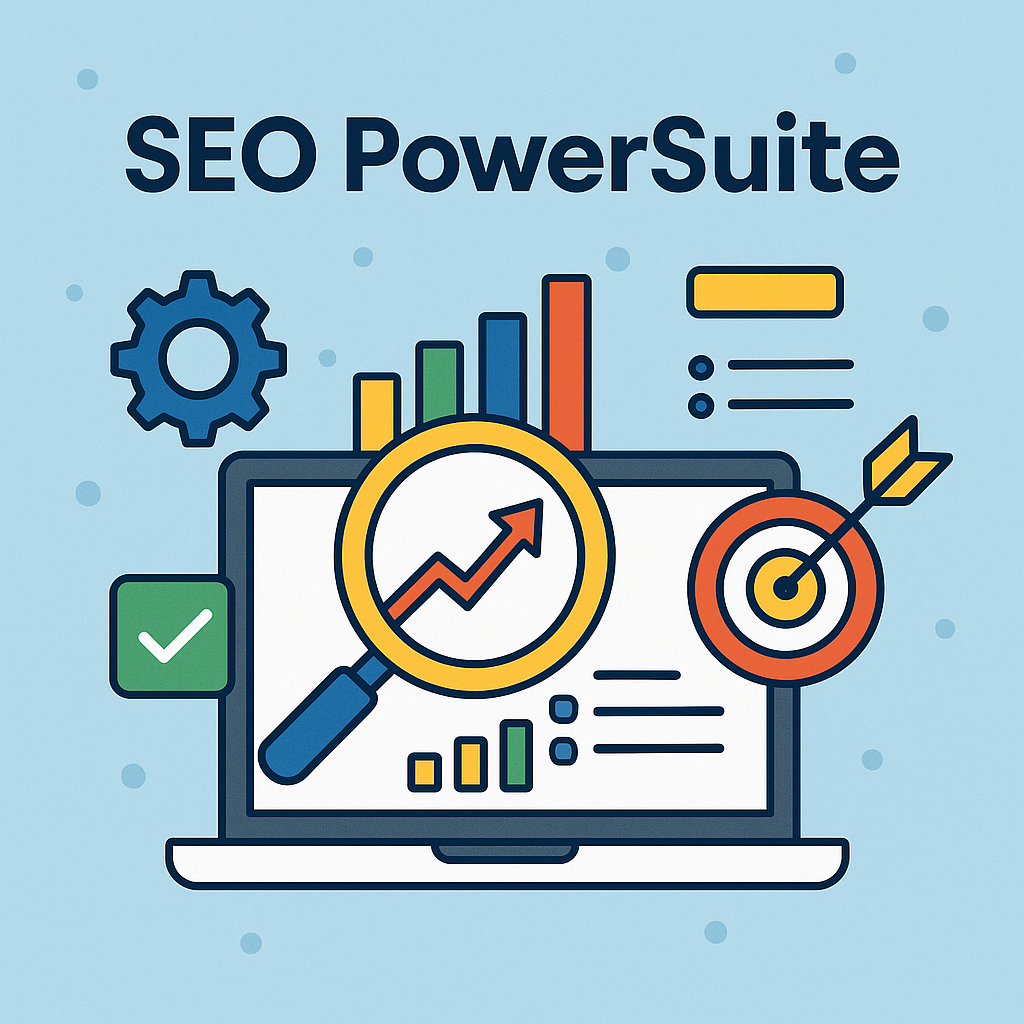
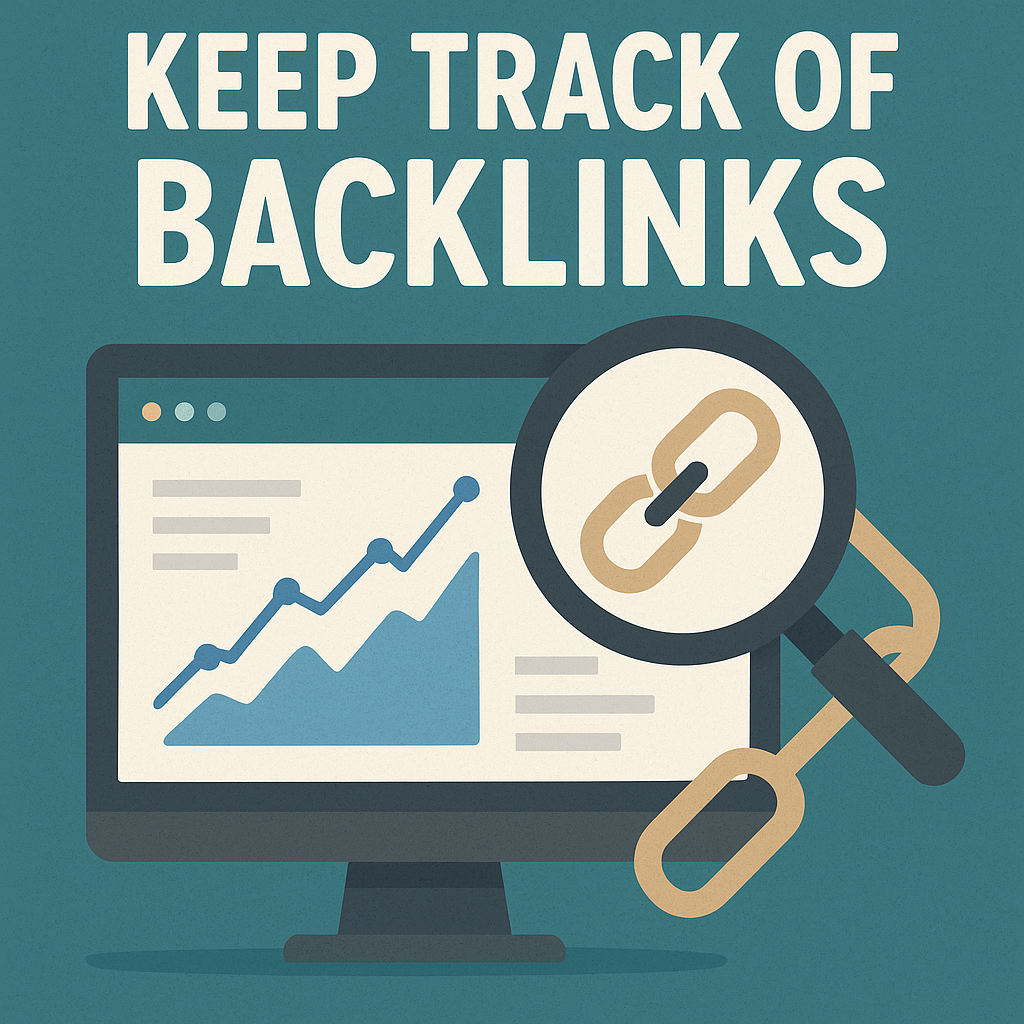
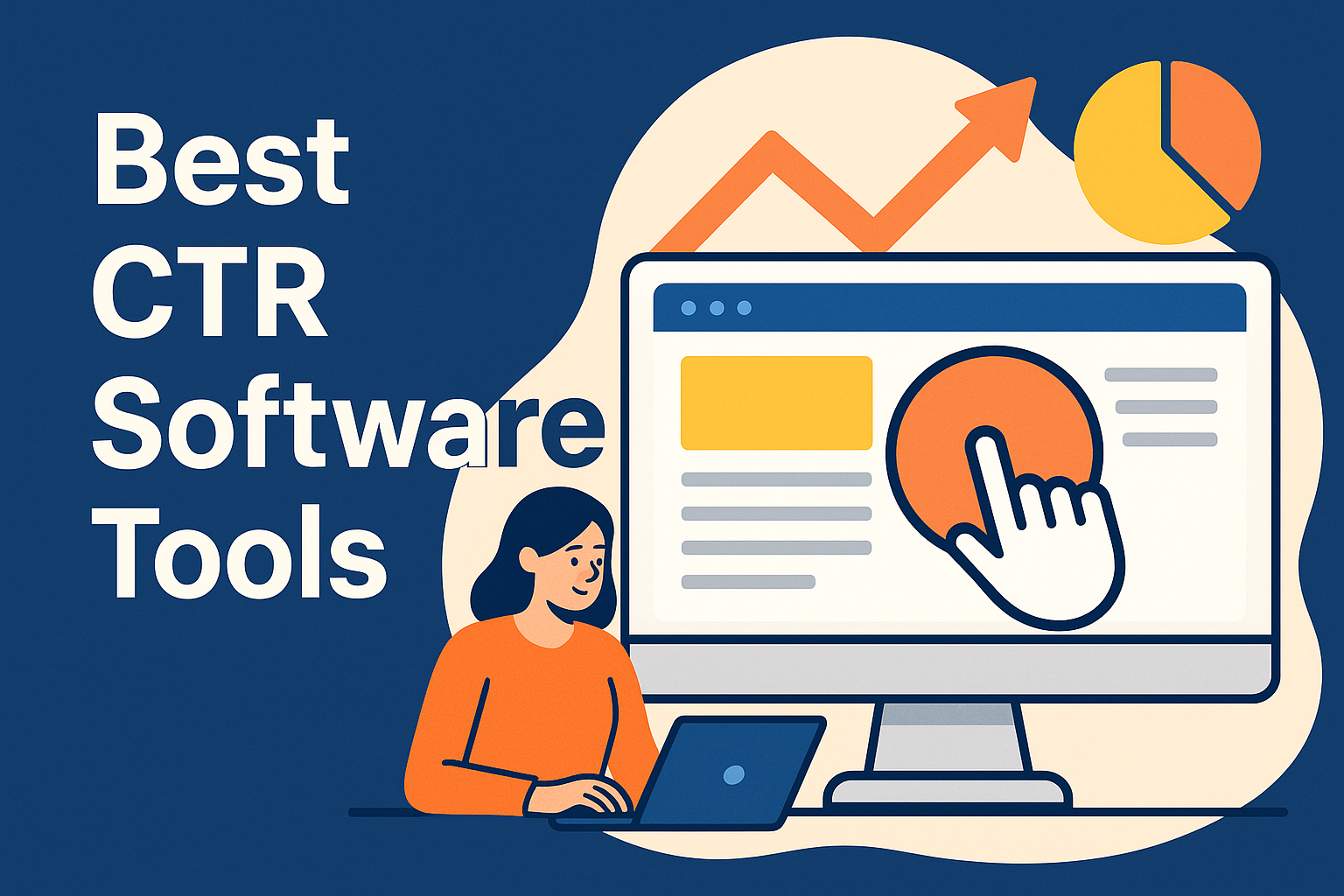
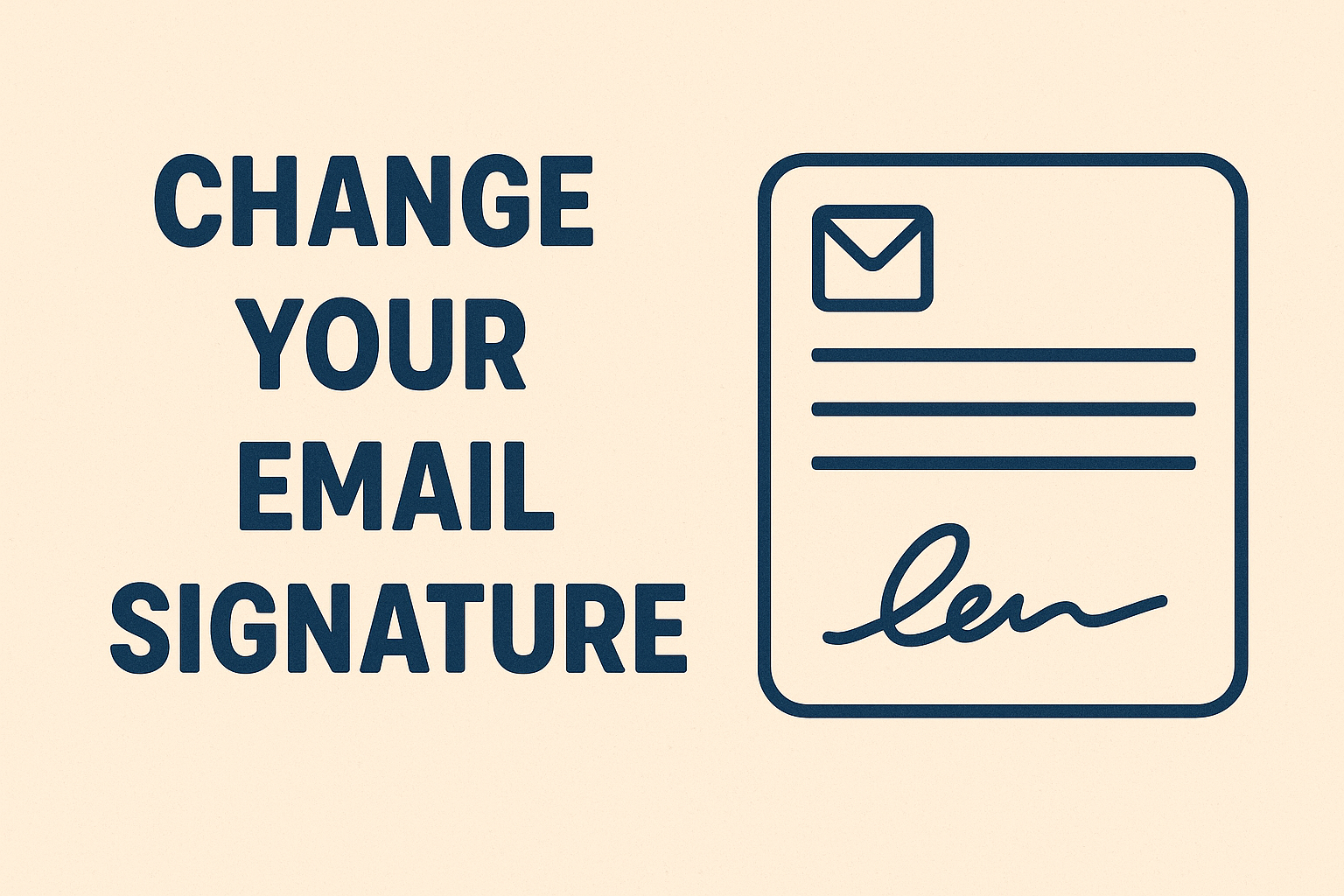
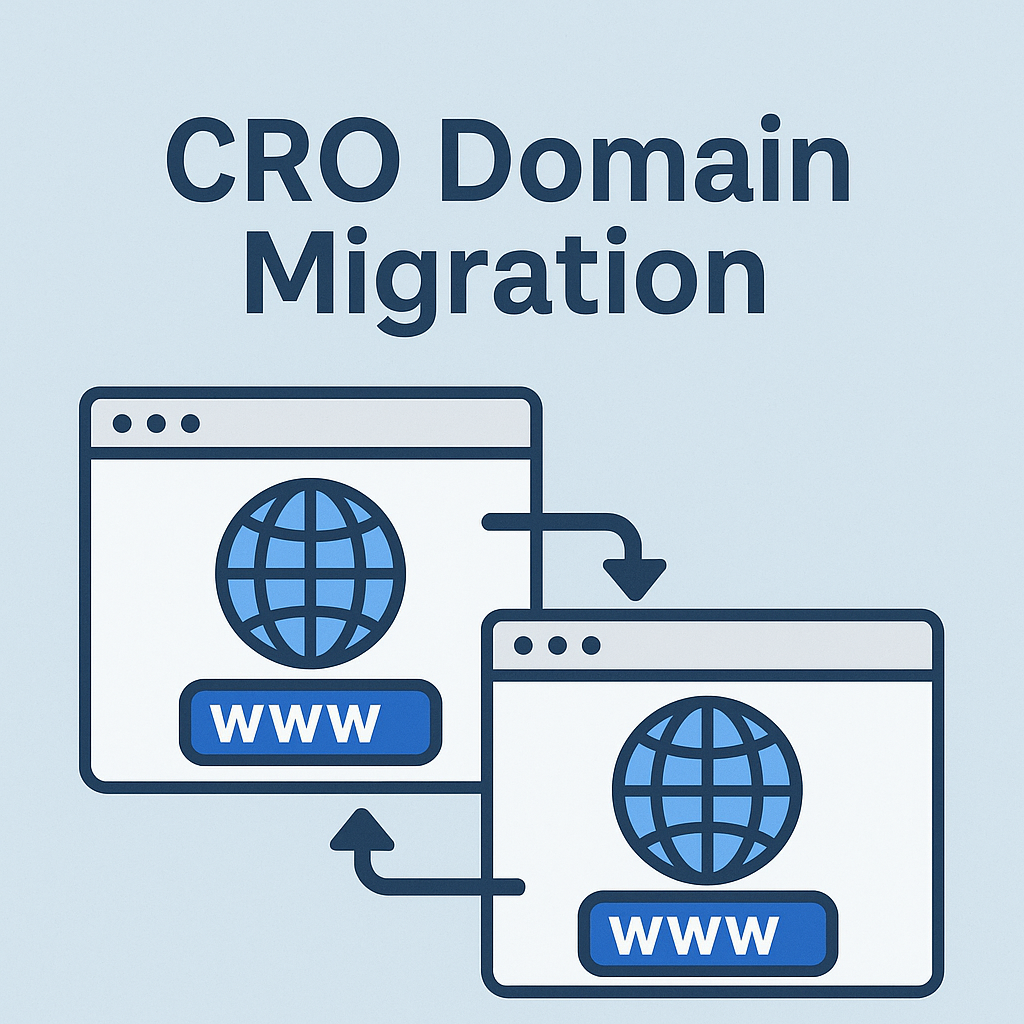
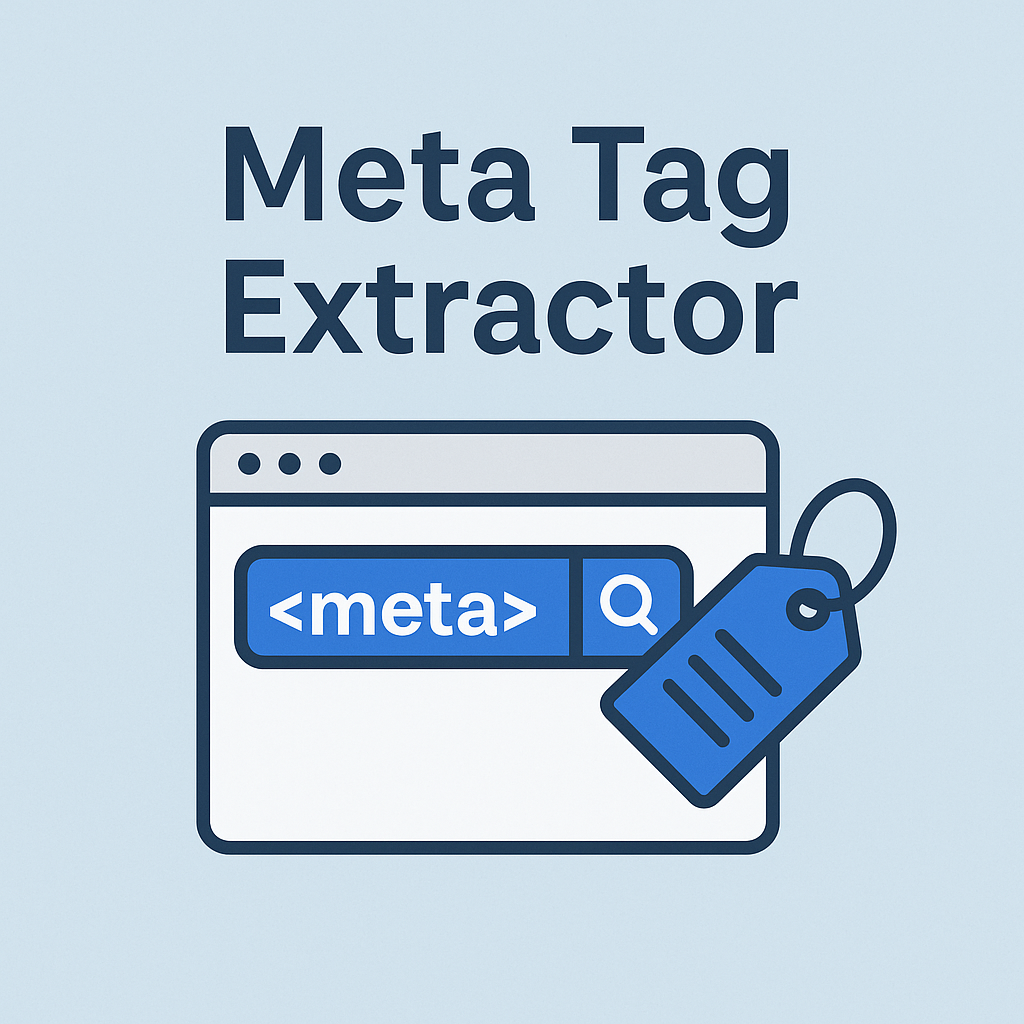
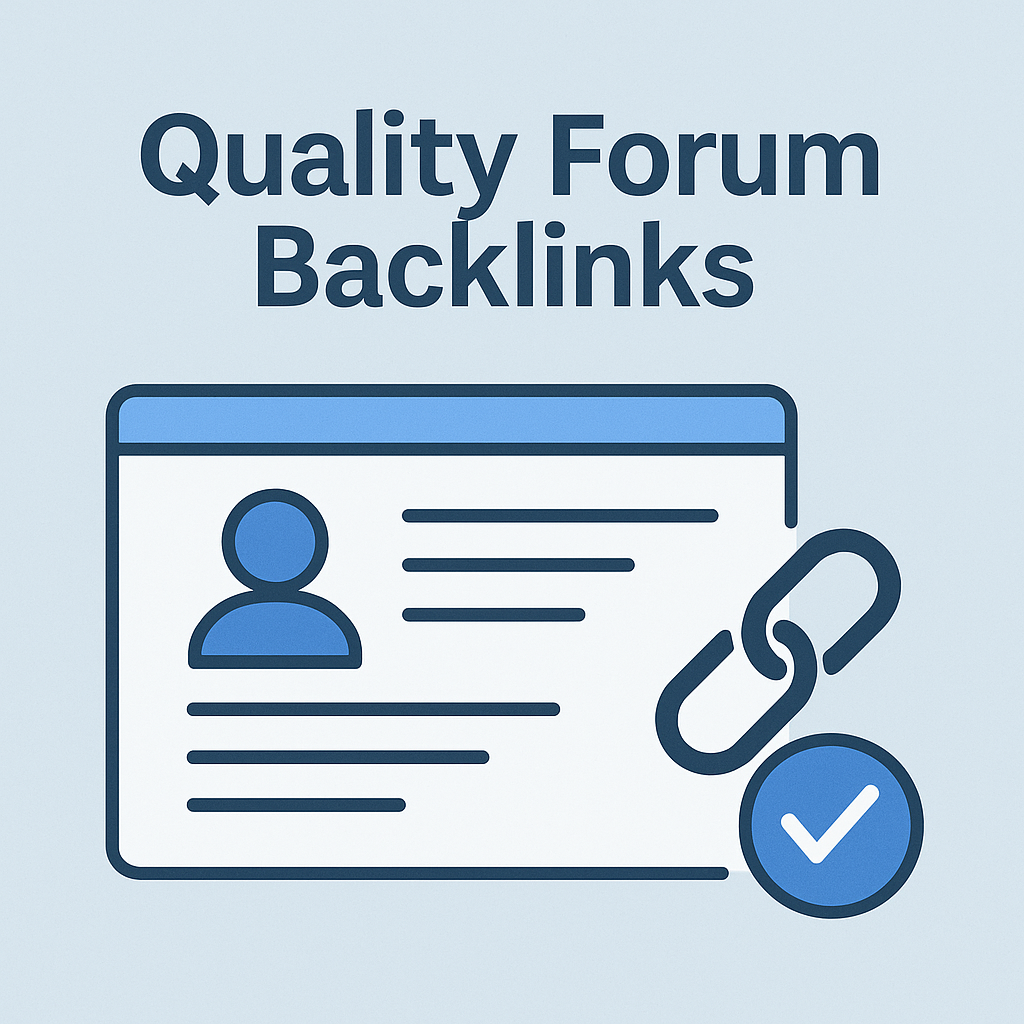
![Best Link Exchange Sites [Free & Safe] – Top 5 Picks](https://backlinkmanagement.io/wp-content/uploads/2025/04/Free-Link-Exchange.png)
